Uncategorized
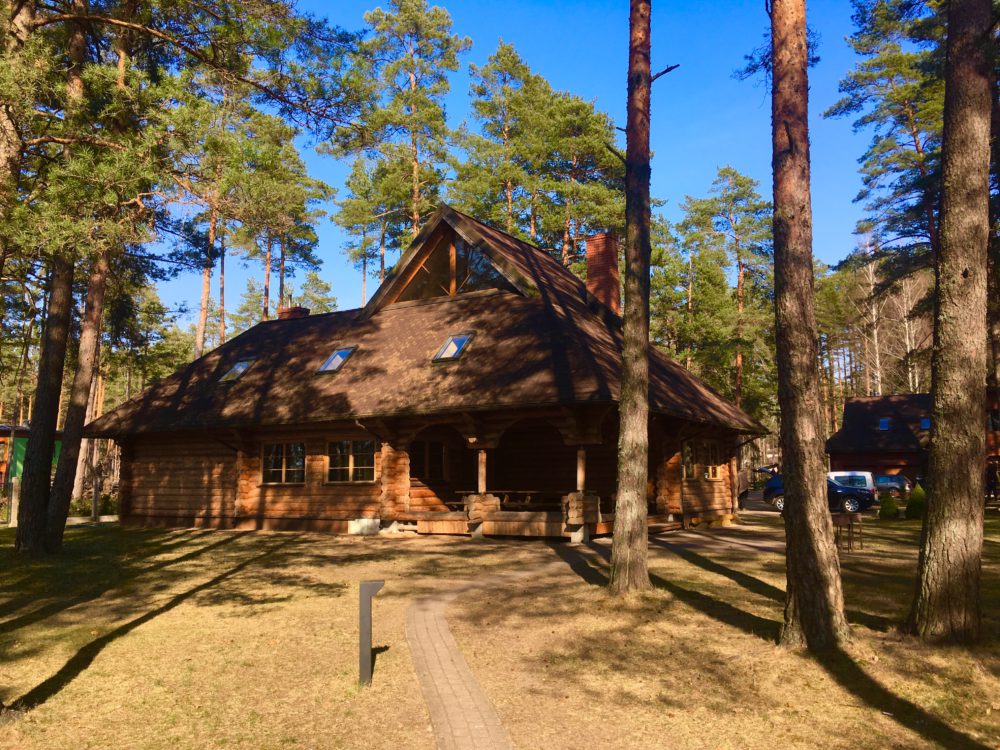
A good sauna by the Gauja
Guest house, Kadaga, Viesu nams
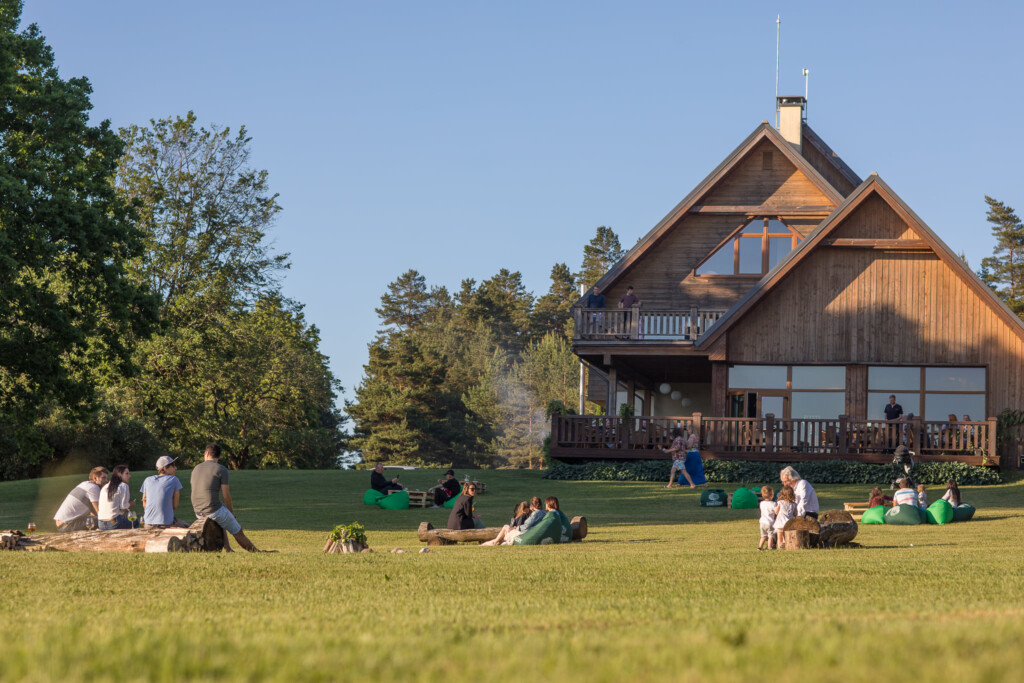
Abzaļi
Ādaži, Event venues, Hotel, Restaurant, Svinību vieta
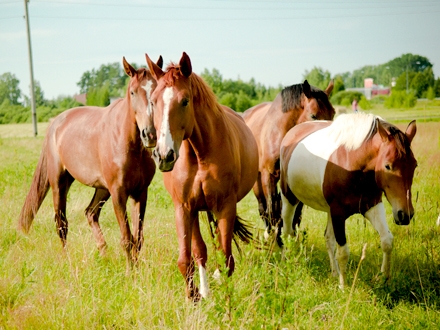
Ādaži Equestrian Sports Club
Ādaži, Horses, Sport club
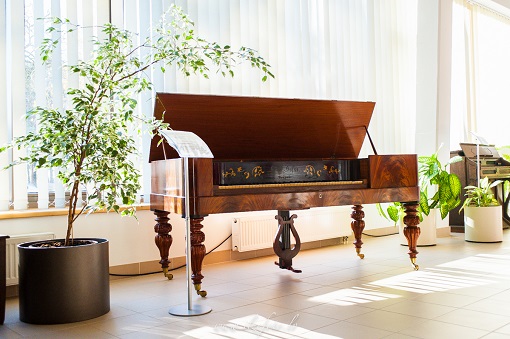
Ādaži History and Art Gallery
Ādaži, Art gallery, History

Ādažu Honey
Ādaži, Beeswax products, Honey
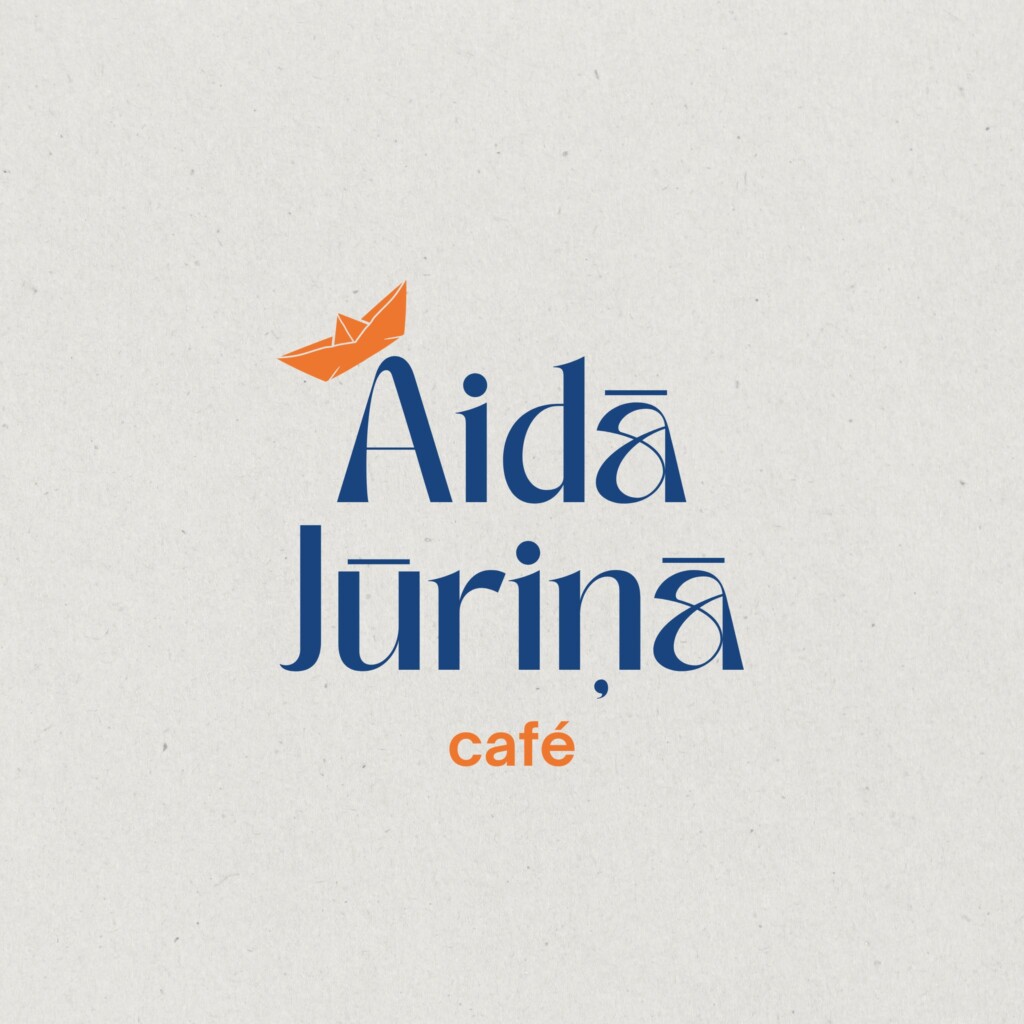
Aidā Jūriņā
Cafe, Carnikava, Kafejnīca, Kafejnīca
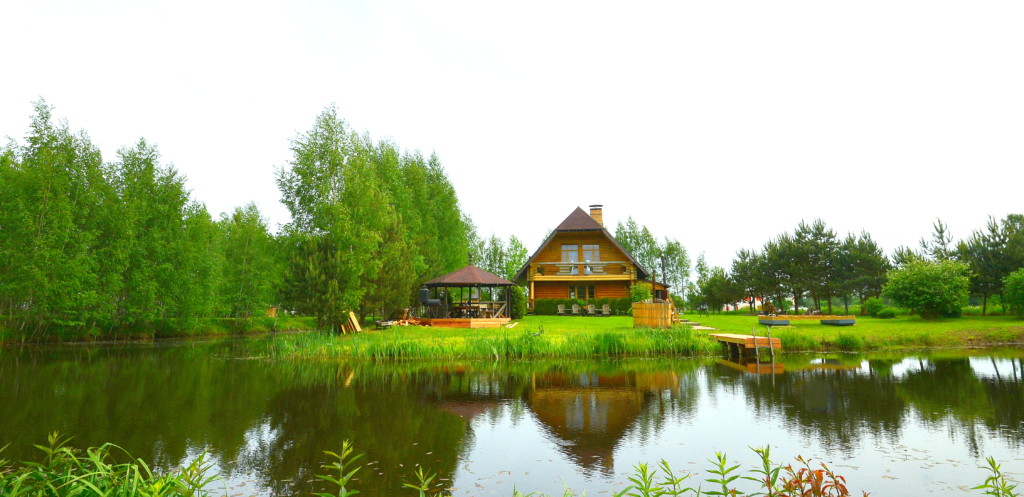
Annas
Guest house, Stapriņi, Viesu nams
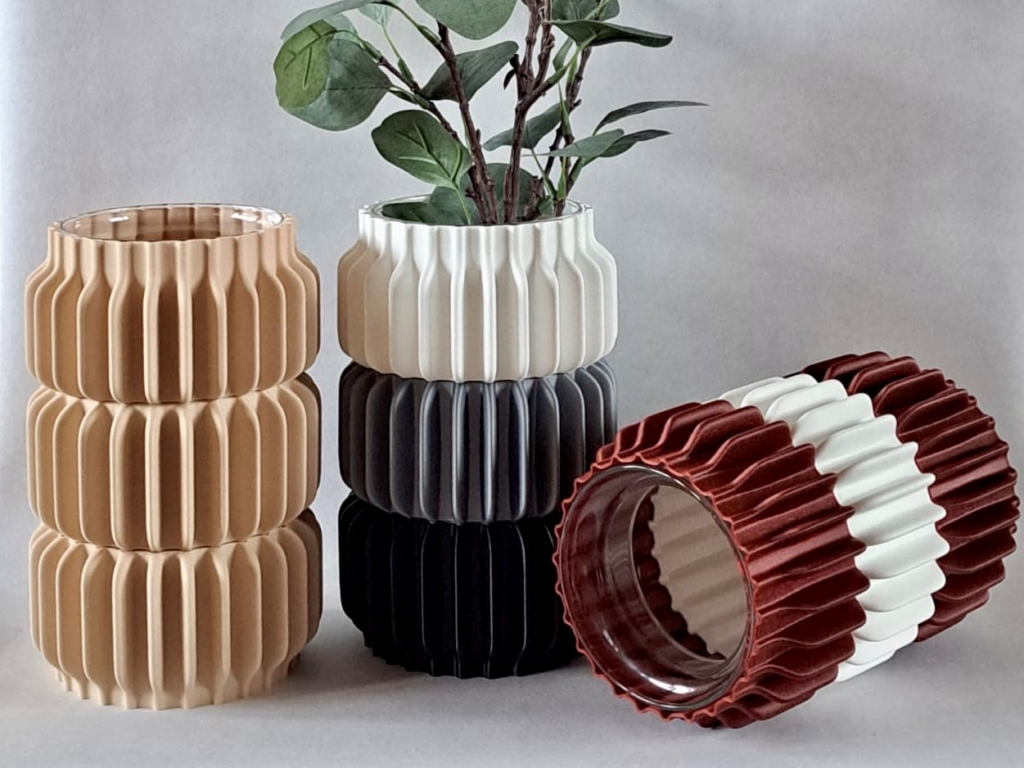
AURA 3D
3D design items, Carnikava
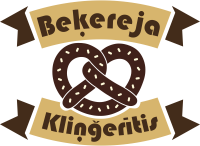
Bakery “Kliņģerītis”
Ādaži, Bakery, Beķereja, Cafe, Confectionery
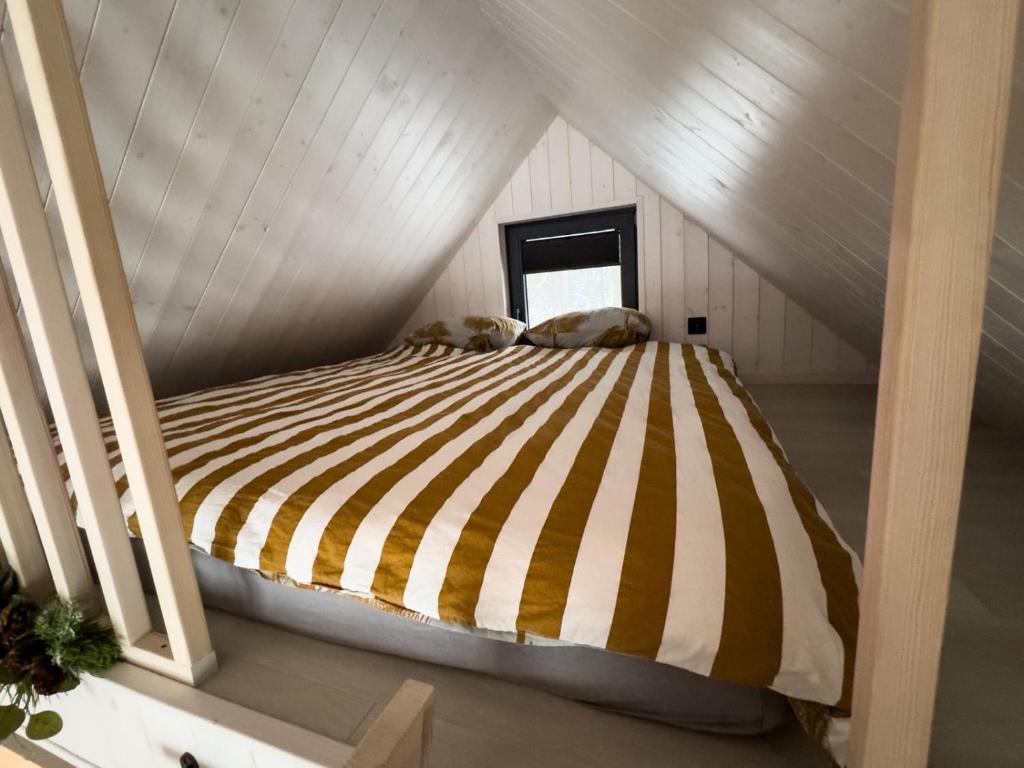
Baltrozes
Brīvdienu māja, Carnikava, Holiday home
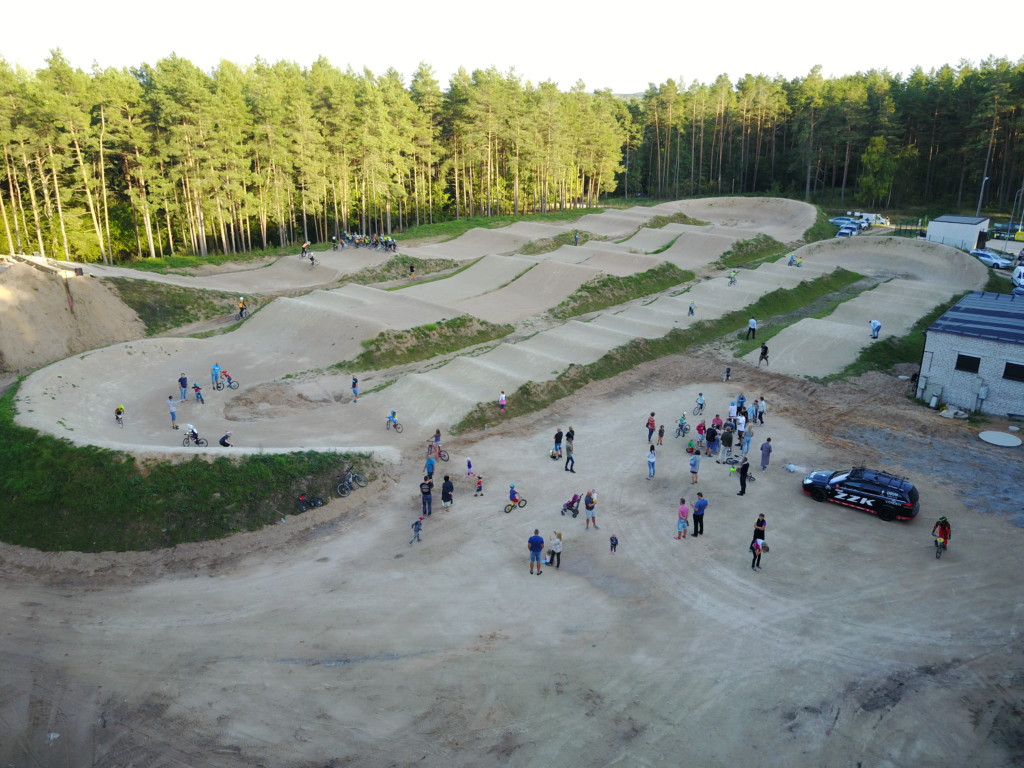
BMX Ādaži
BMX track, Kadaga
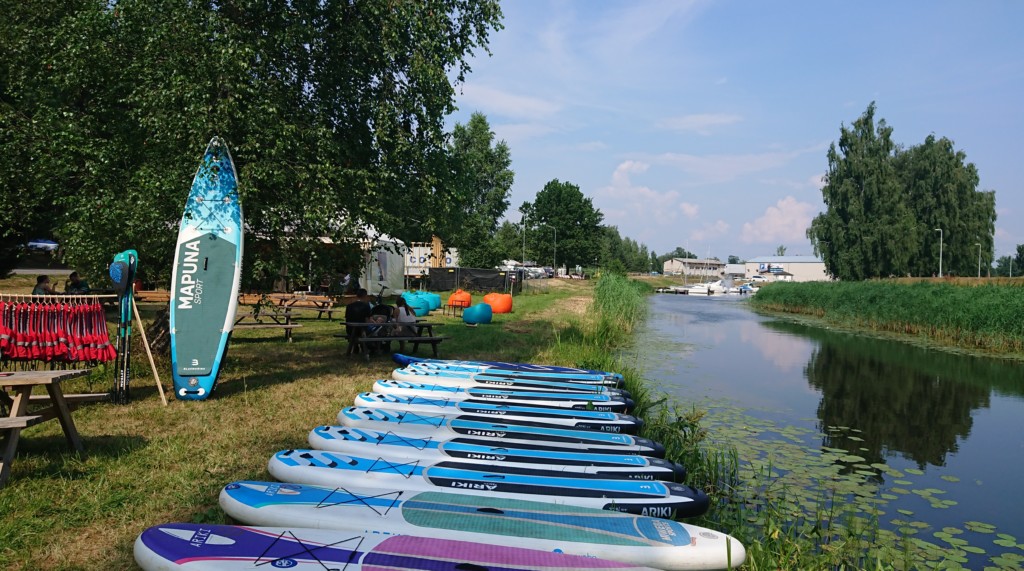
Boards You
Boat trips, Carnikava, Carnikava, Paddle boards, Piedzīvojumi, SUP Noma, Team building
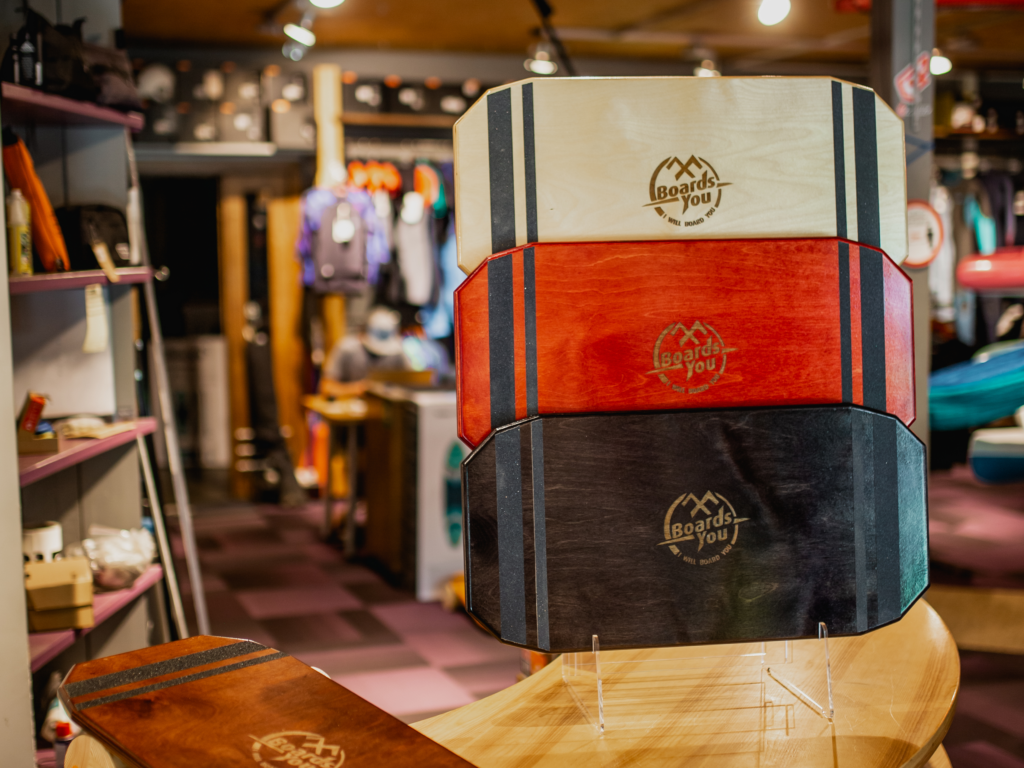
Boards you
Baby gym, Balance boards, Carnikava
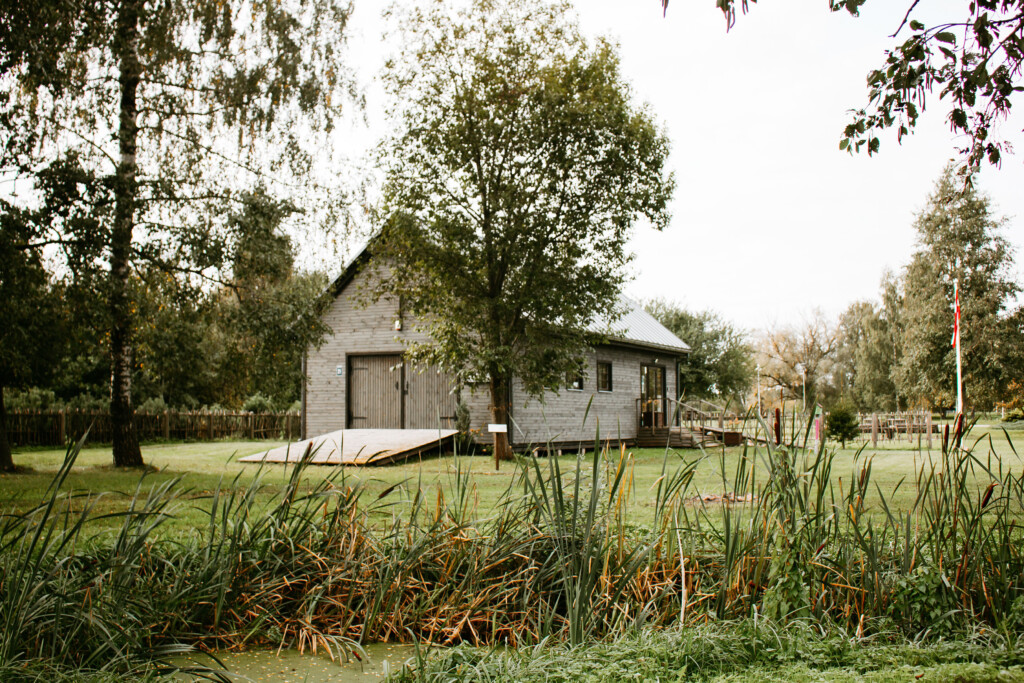
Boat House chapel
Carnikava
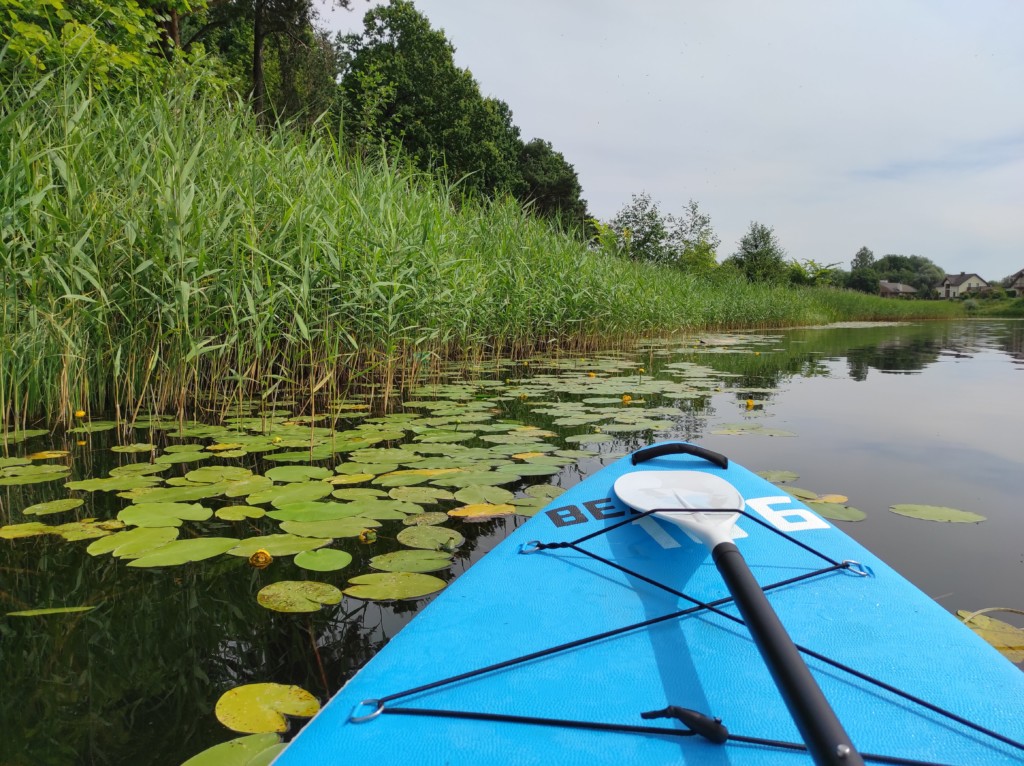
Boating in the Gauja
Ādaži, Boat trips, Laivu noma, SUP Noma, SUP rental
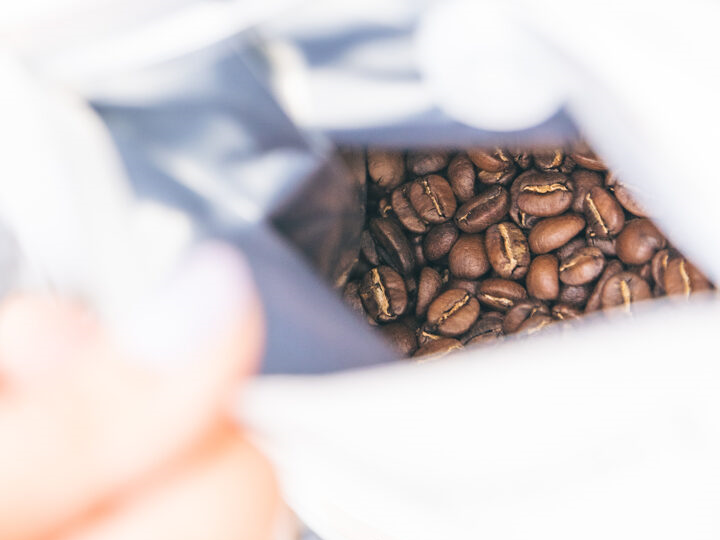
Brant coffee
Birznieki, Coffee roastery
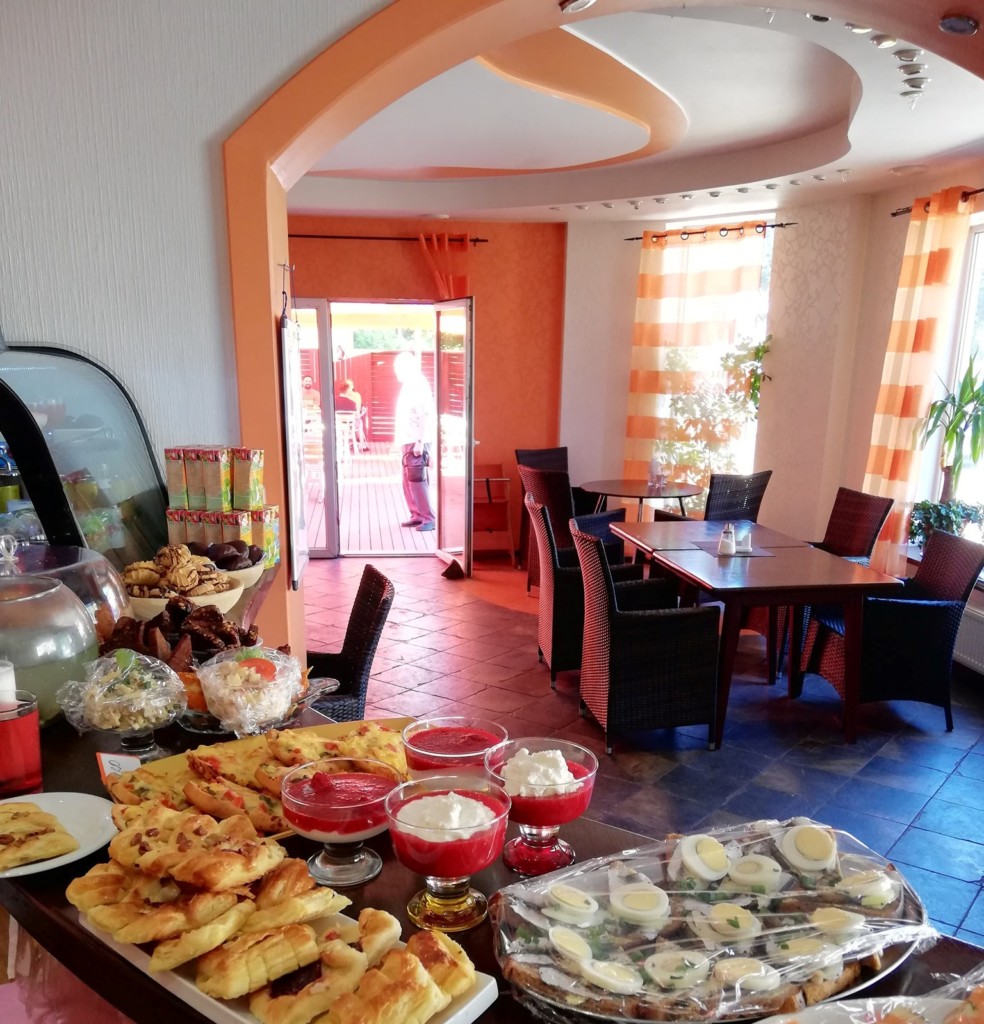
Cafe “Tīne”
Cafe, Carnikava, Kafejnīca, Kafejnīca
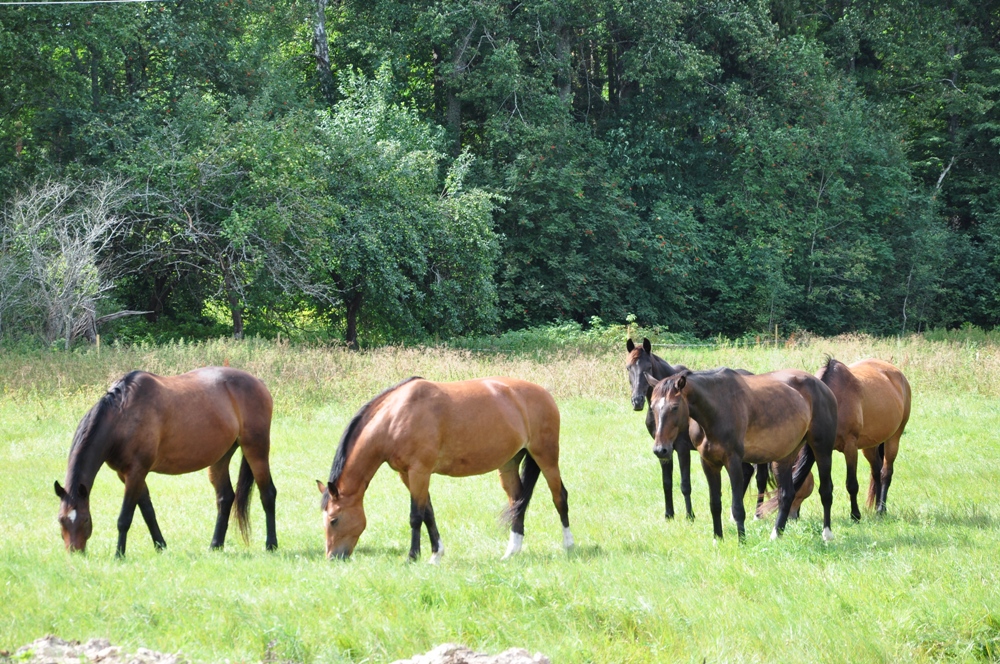
Carnikava Equestrian Society
Carnikava
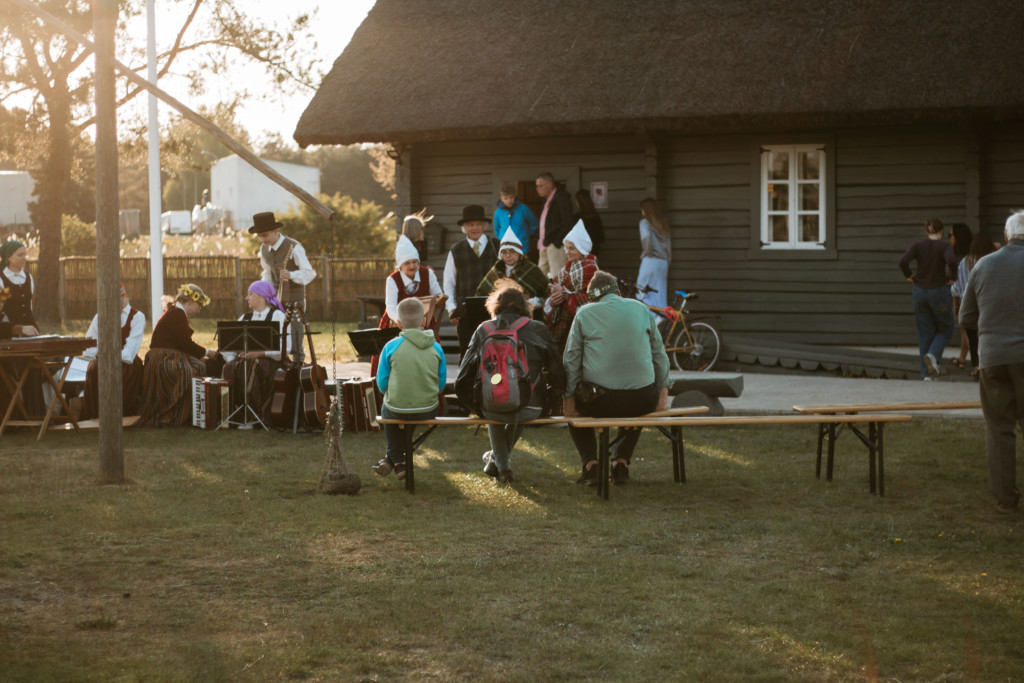
Carnikava Local History Center
Carnikava, Fishing traditions, Local History Centre
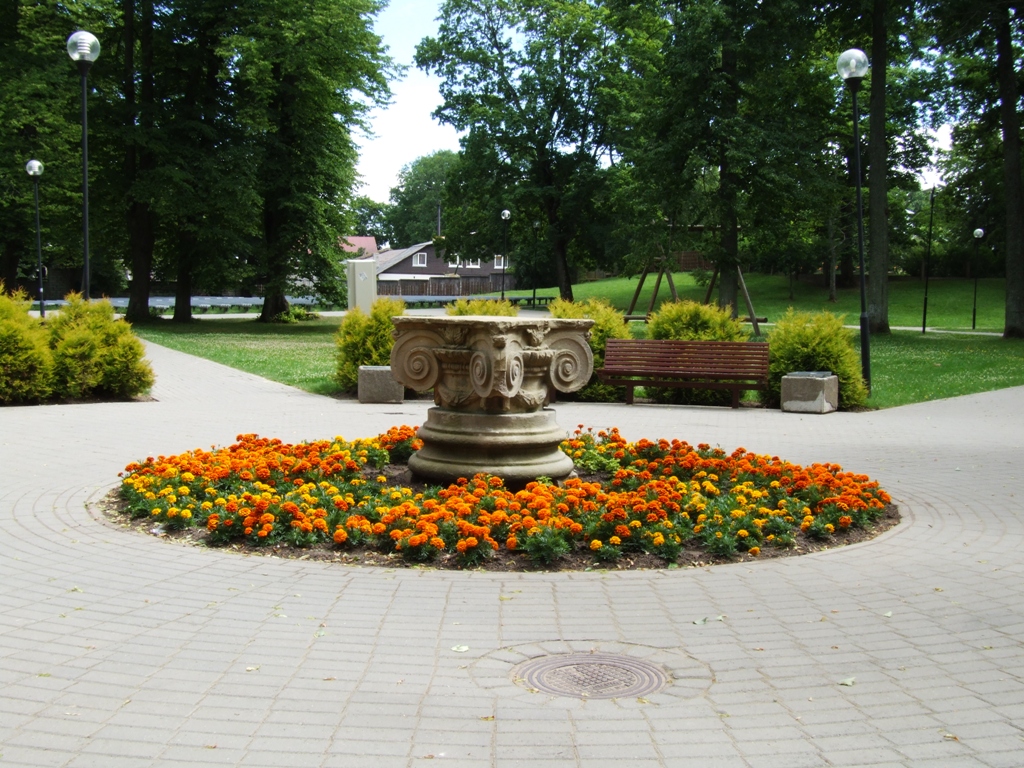
Carnikava manor park
Carnikava
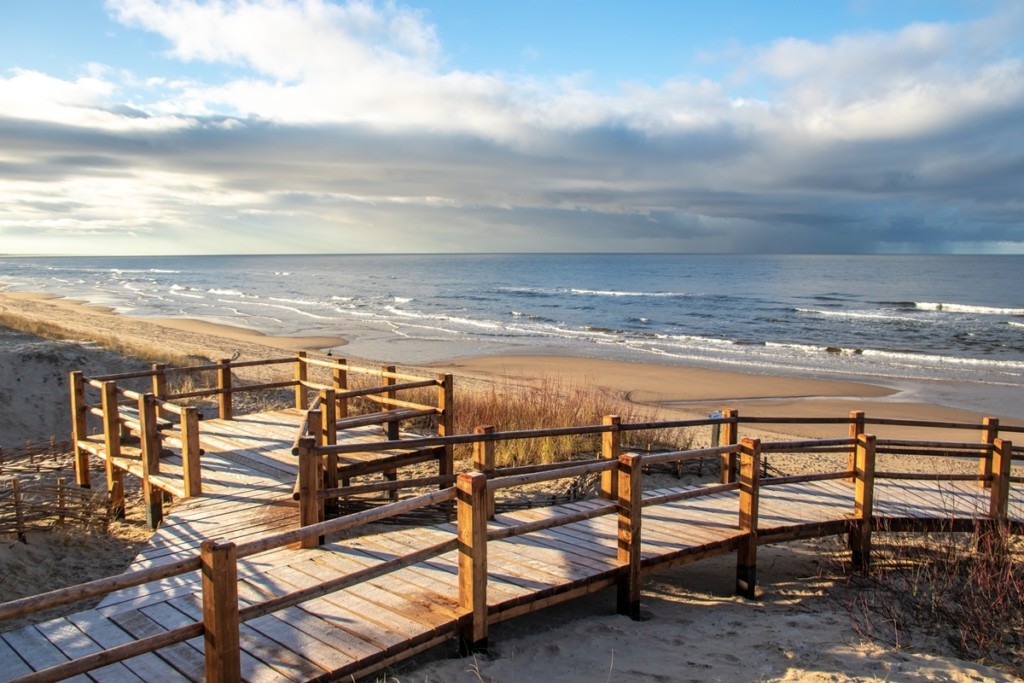
Carnikava Promenade
Carnikava, Promenade, Walking trail
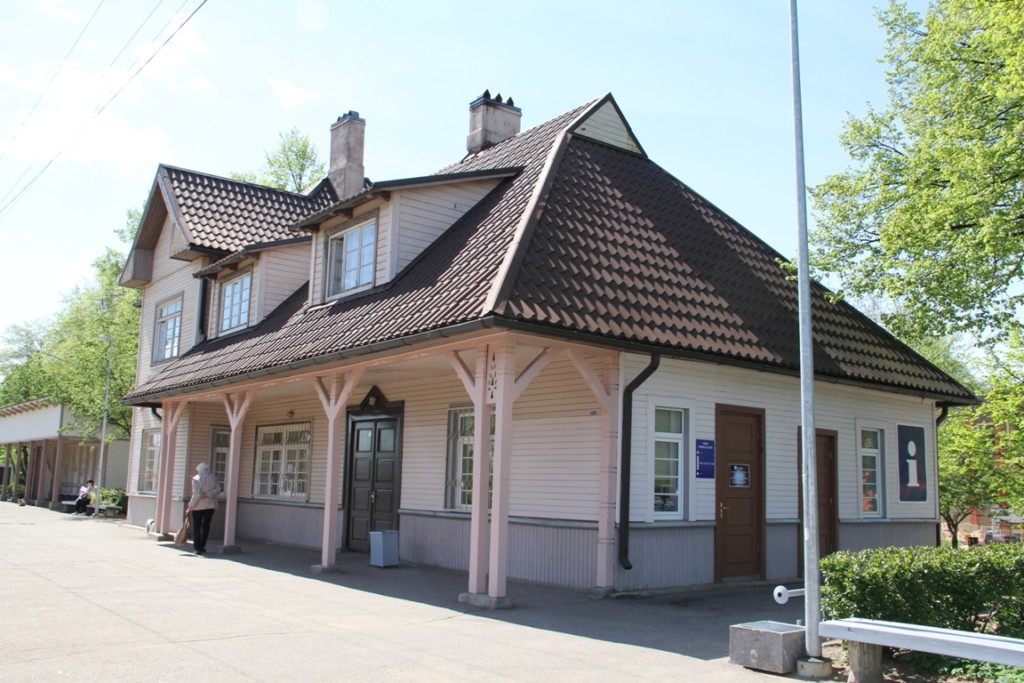
Carnikava railway station
Carnikava
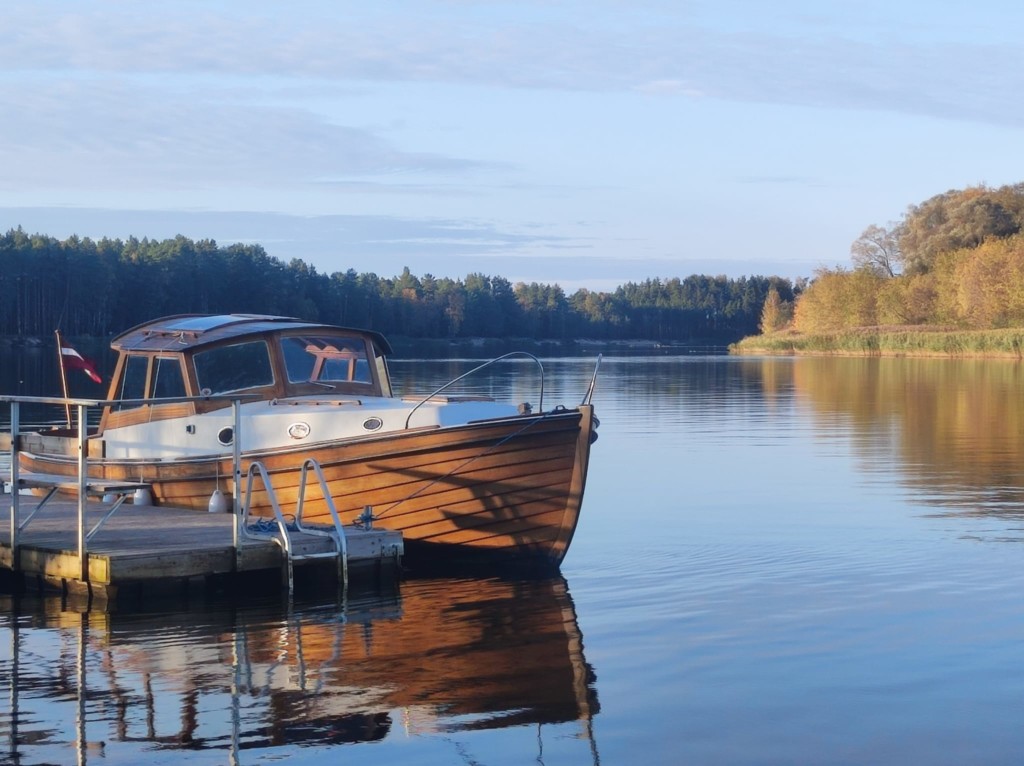
Carnikava’s wooden boats
Carnikava, Celebrations, Leisure boat, Svinību vieta

Carnikavas piestātne
Carnikava, Holiday home
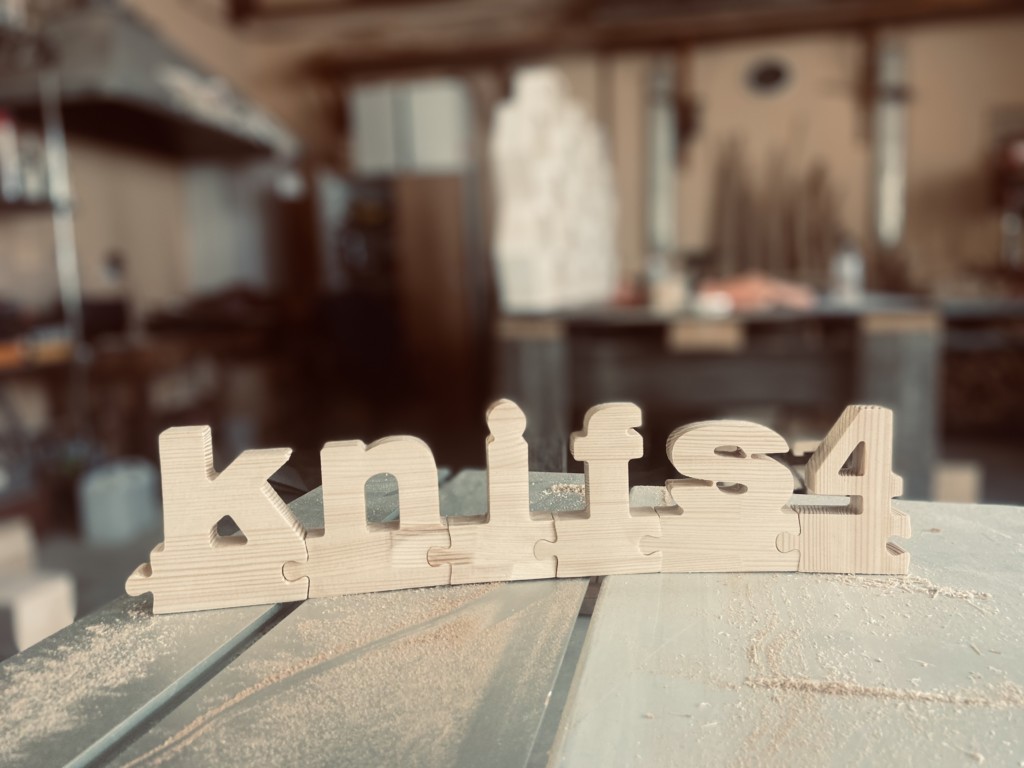
Carpentry “Knifs4”
Stapriņi, Wood products
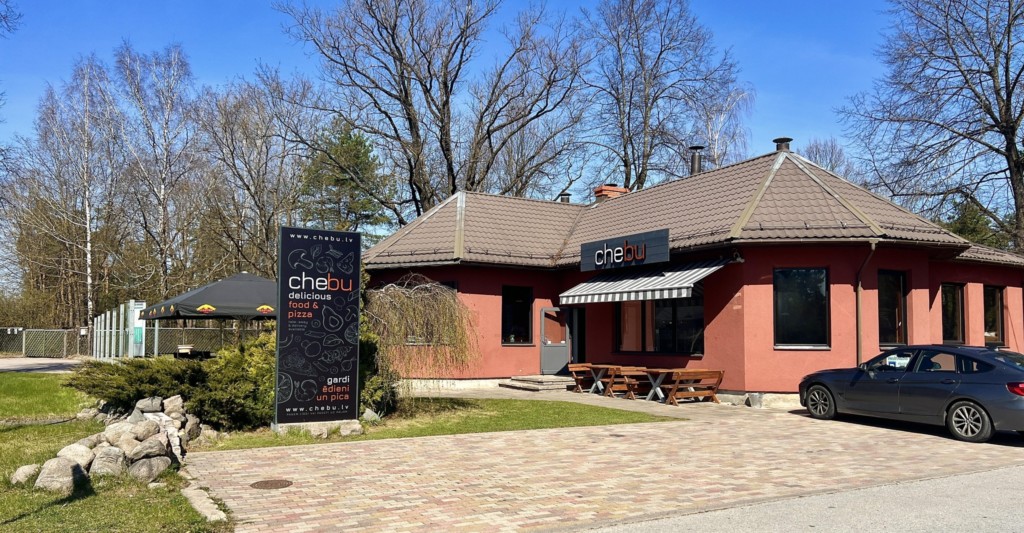
CHEBU
Baltezers, Restaurant, Restorāns
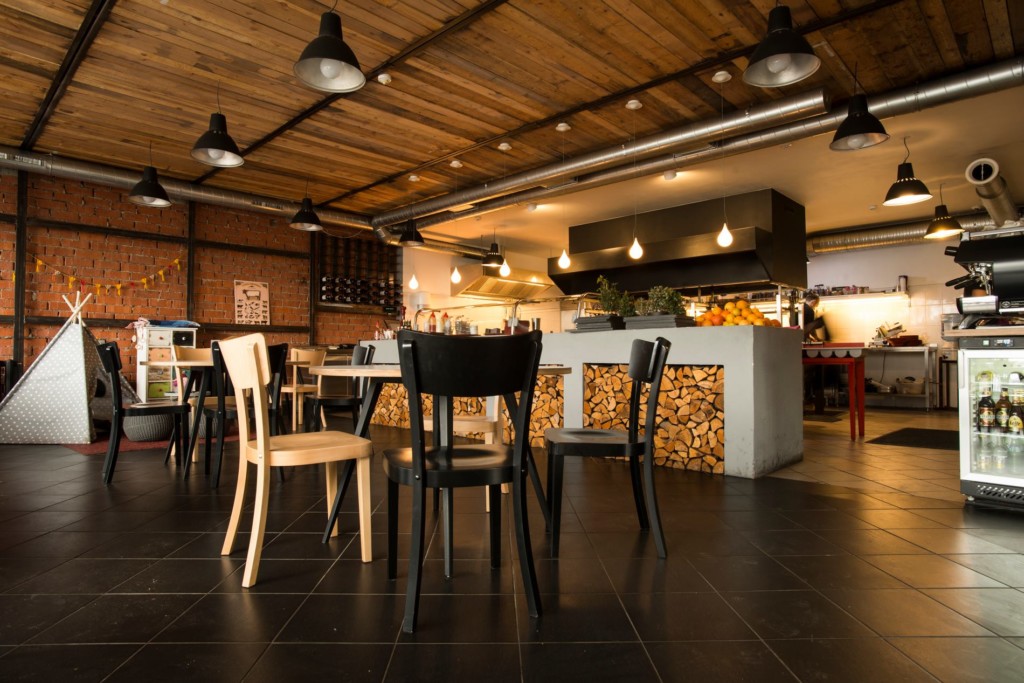
Chicken Chops Steaks
Baltezers, Grill
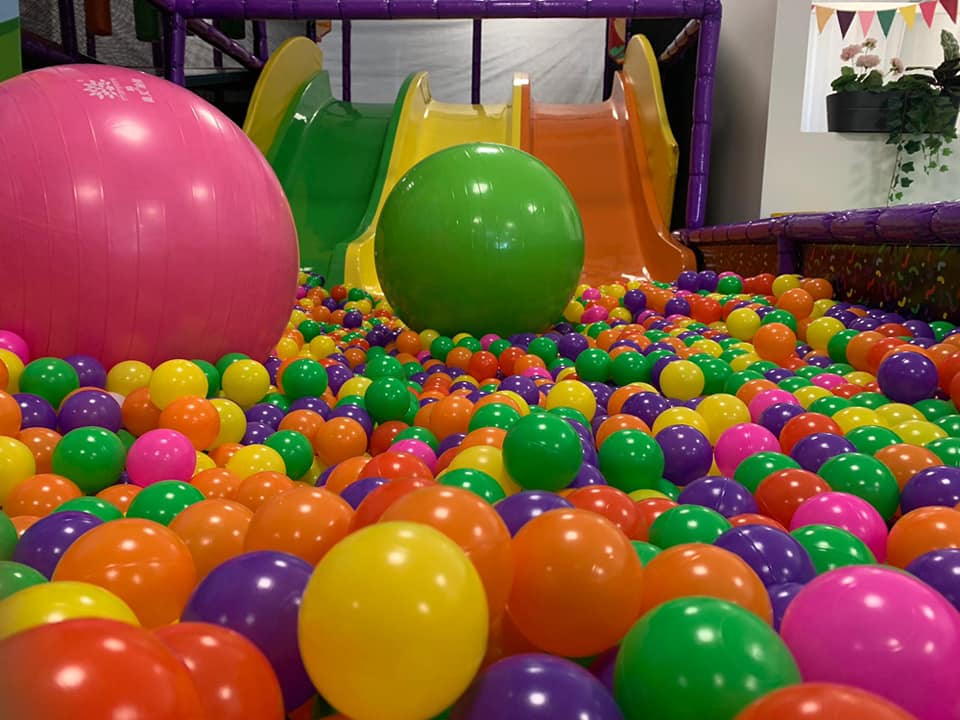
Children’s entertainment park “Sapņu Zeme”
Ādaži, Celebrations, Entertainment park
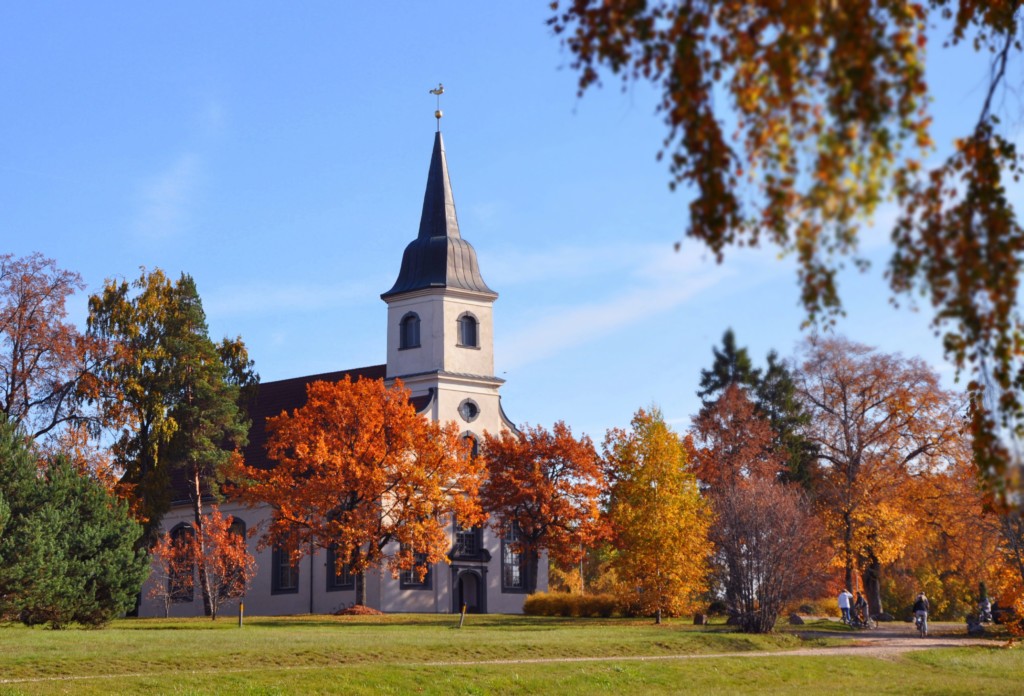
Church Baltezers
Baltezers
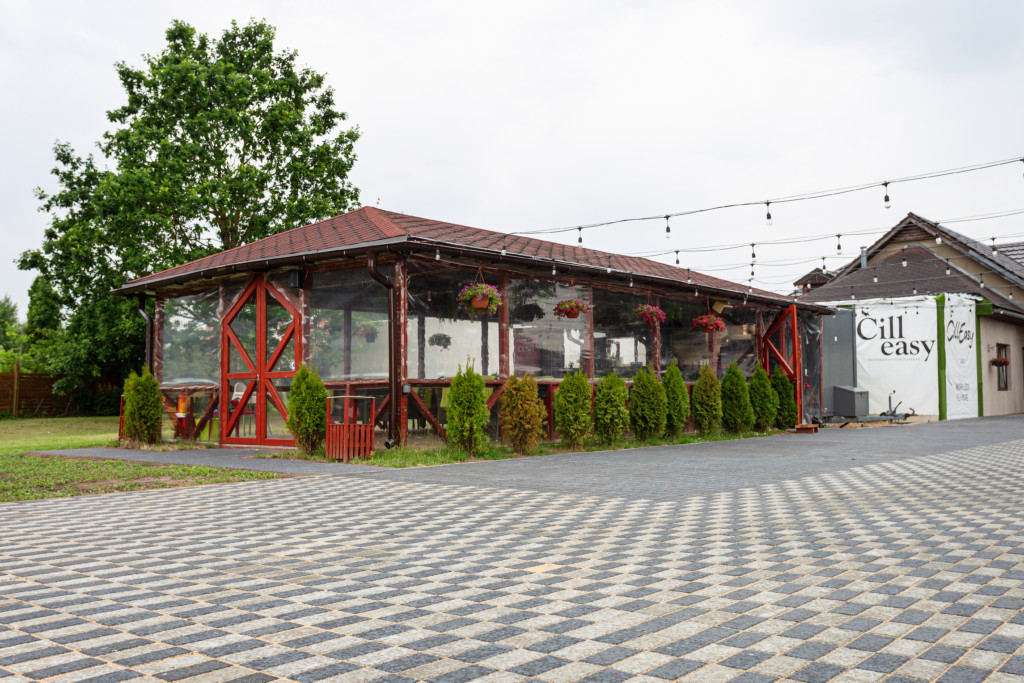
Čill easy
Ādaži, Ādaži, Cafe, Celebrations, Hotel, Kafejnīca, Svinību vieta, Svinību vieta, Viesnīca
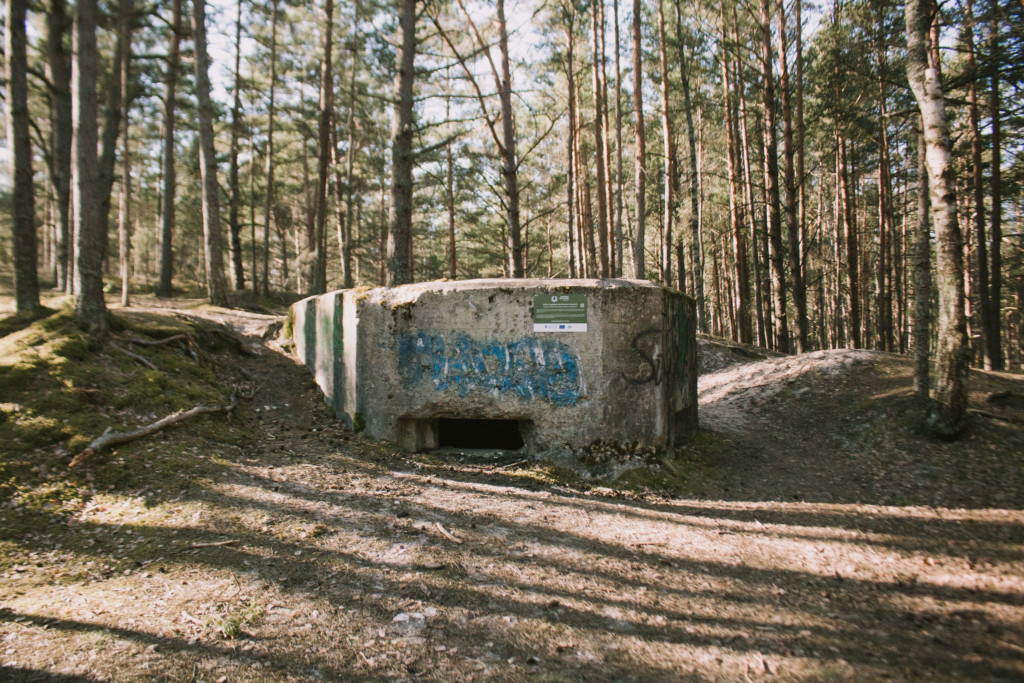
Coastal Fortifications in Carnikava
Carnikava, Military heritage
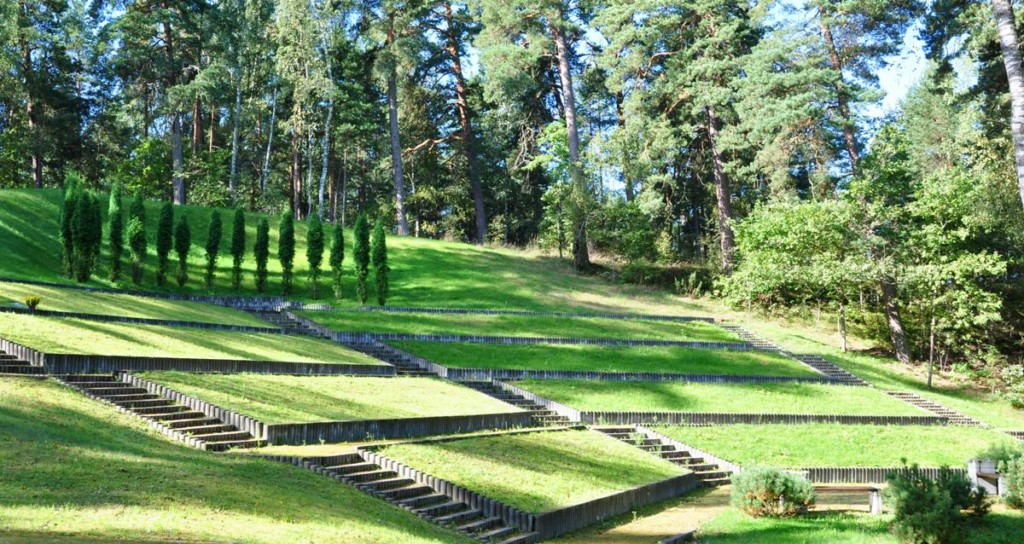
Columbarium
Cemetery, Siguļi
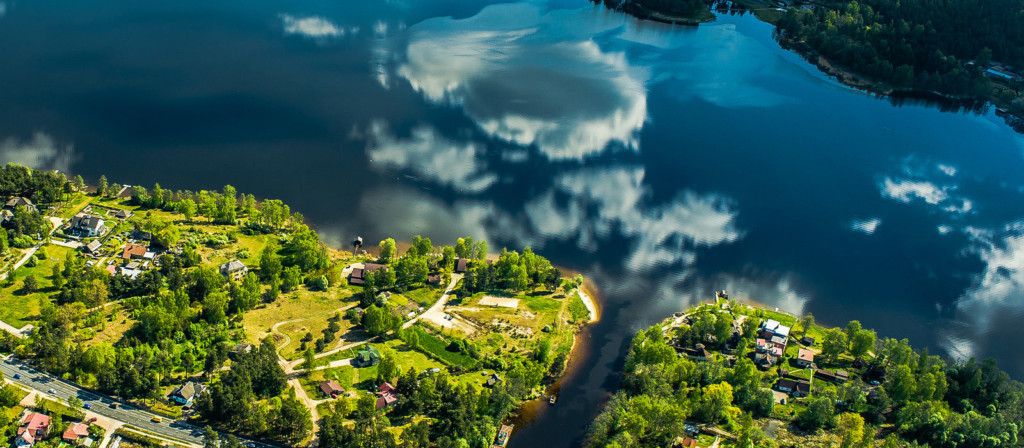
Cycling route Ādaži – Āņi
Ādaži - Āņi, Cycling Route

Cycling route Ādaži – Atari
Ādaži - Atari, Cycling Route

Cycling route Ādaži – Divezeri
Ādaži - Divezeri, Cycling Route

Cycling route Ādaži – Iļķene
Ādaži - Iļķene, Cycling Route

Cycling route Ādaži – Leiputrija
Cycling Route, Iļķene

Cycling route Ādaži – Lielais Baltezers
Baltezers, Cycling Route

Cycling route Ādaži – Mazais Baltezers
Baltezers, Cycling Route
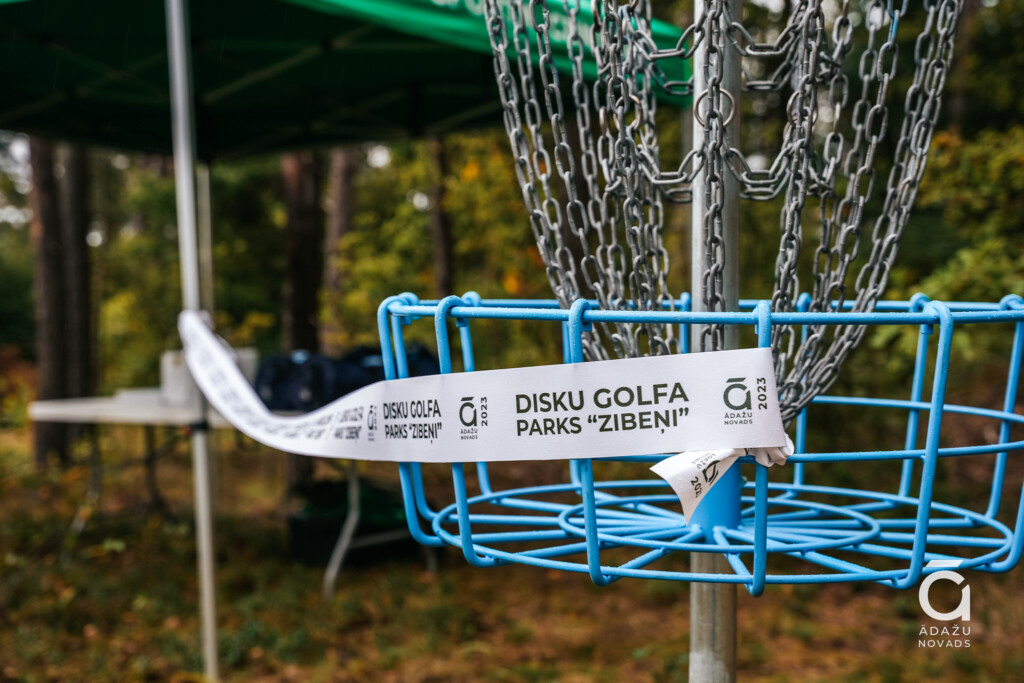
Disc golf park “Zibeņi”
Carnikava parish, Disc golf
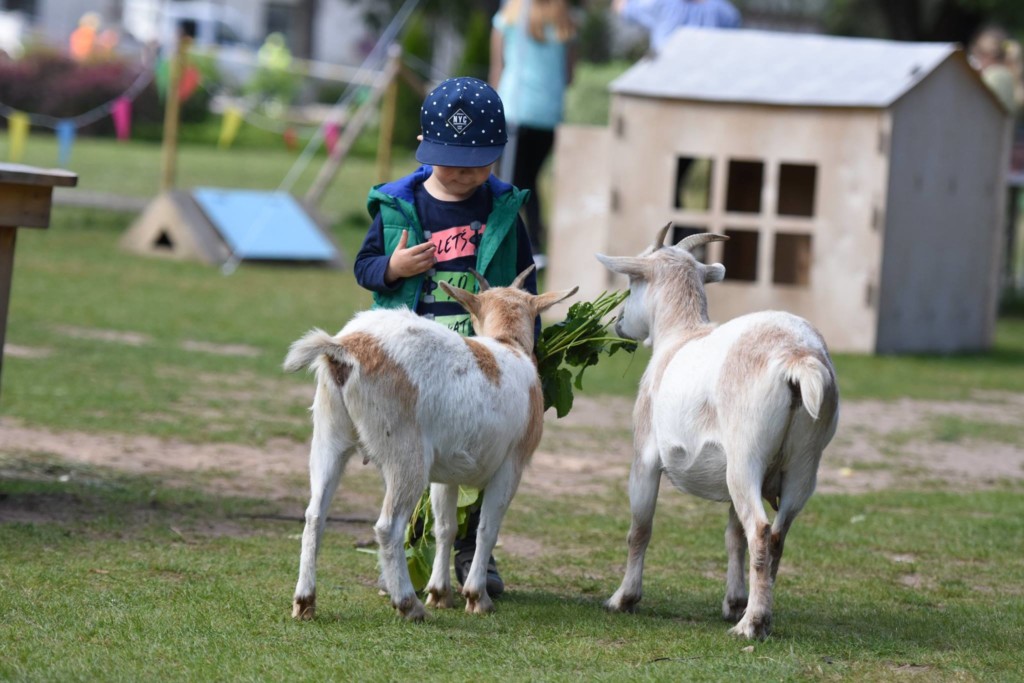
Dzīvo Sapņu dārzs (Garden of living dreams)
Ādaži, Mini Zoo
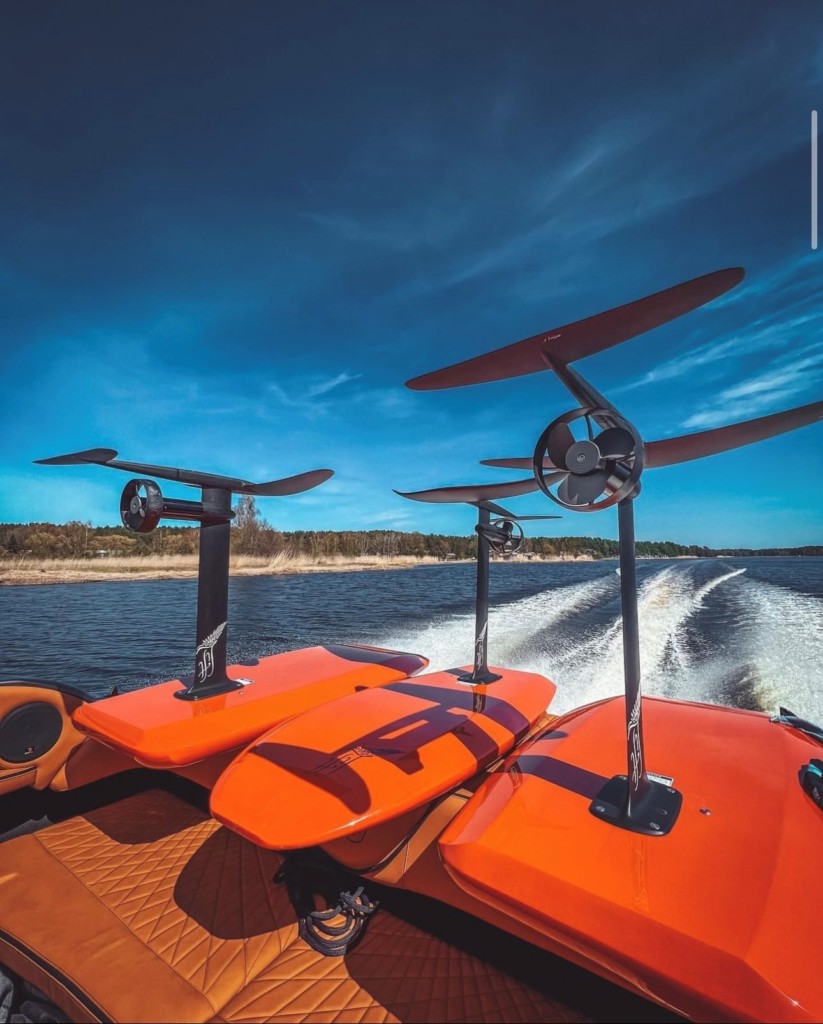
E-FOIL Ādaži
Ādaži, Motorized surfboard
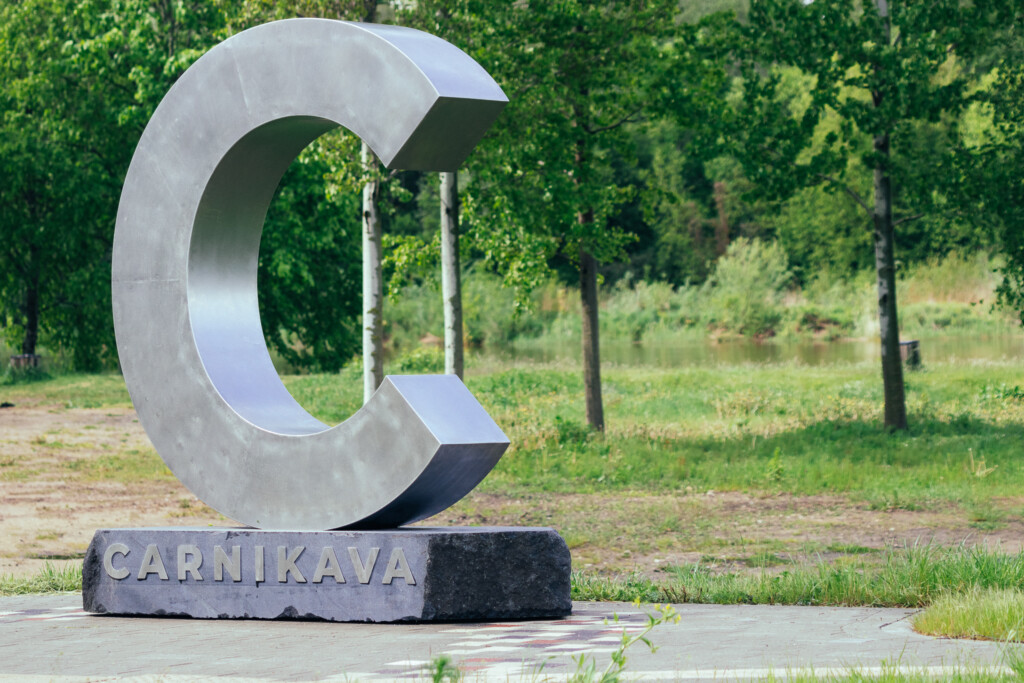
Environmental object “Carnikava”
Carnikava, Environmental object
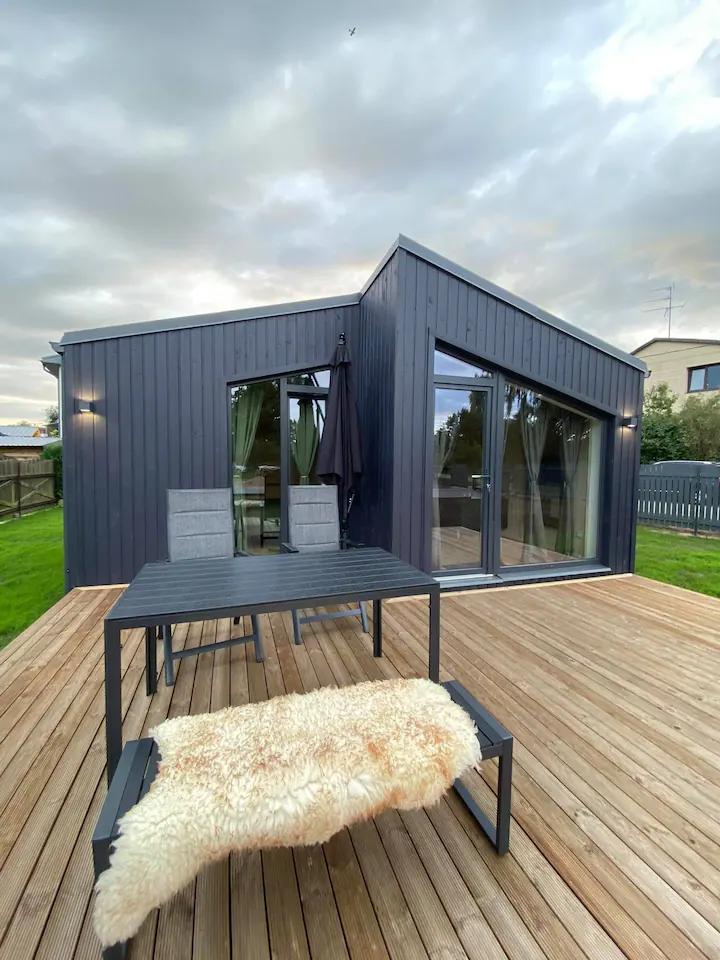
EPA
Carnikava, Holiday home
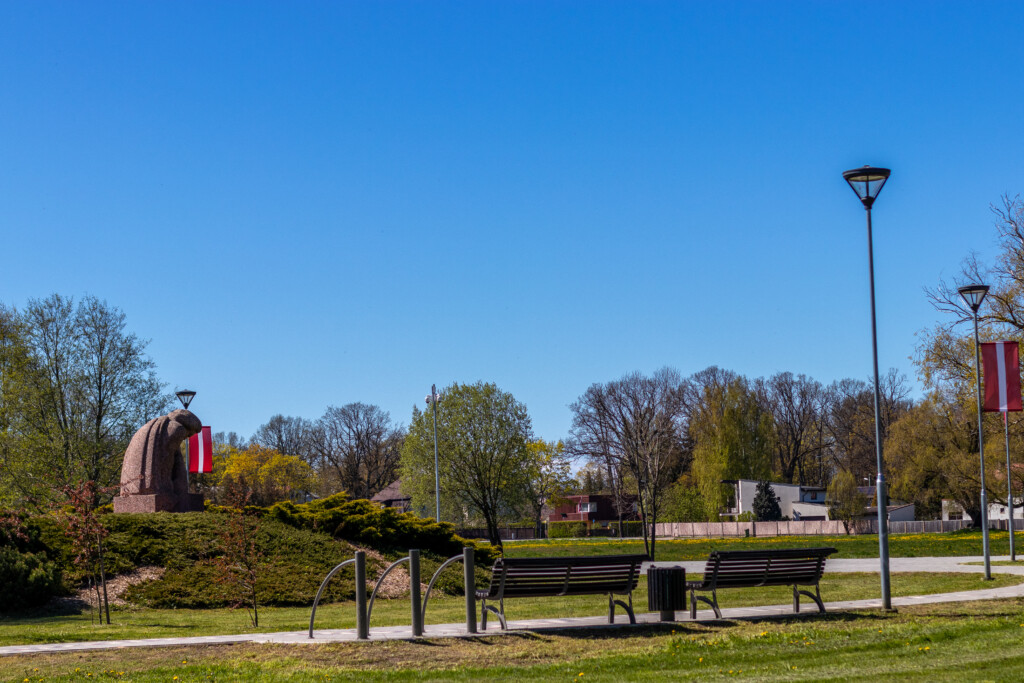
Festival square in Carnikava
Carnikava, Festival square
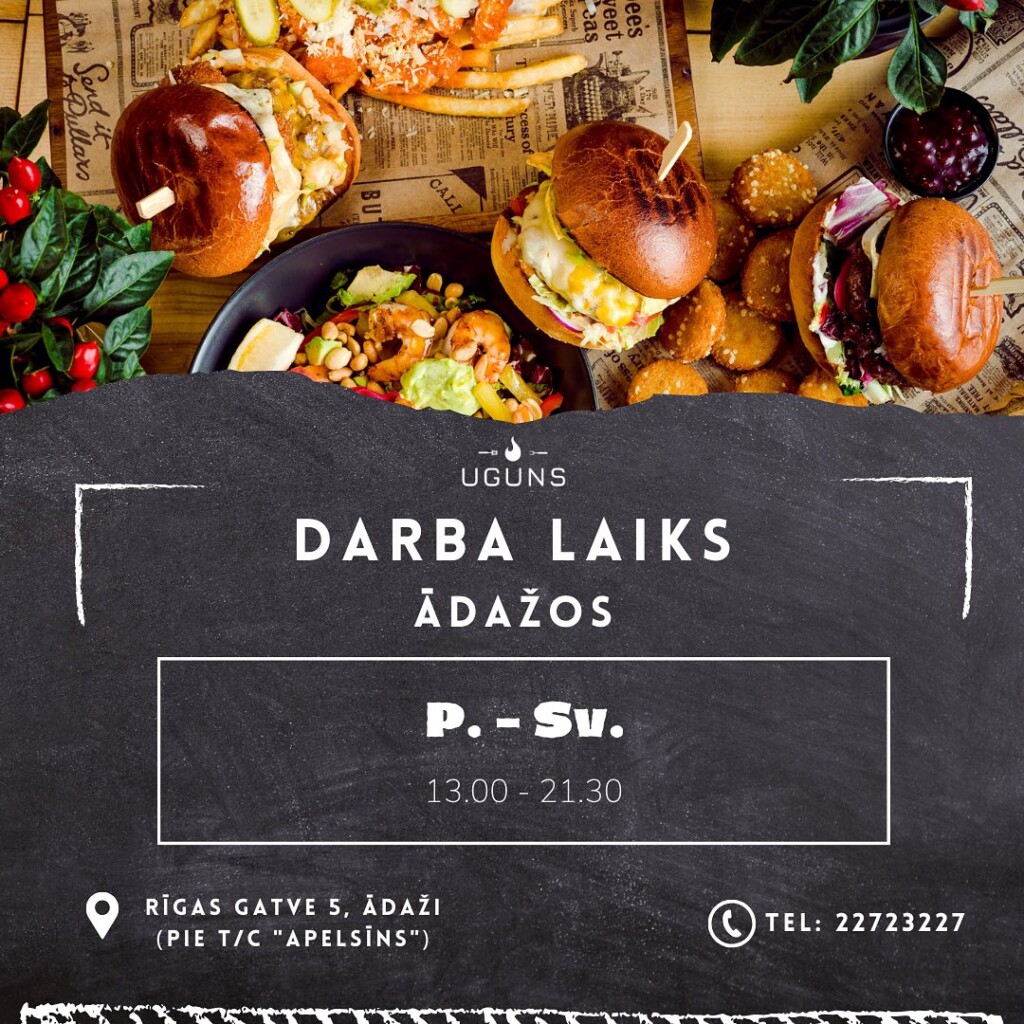
Fire Cafe
Ādaži, Amerikāņu virtuve, Burgers, Fast food
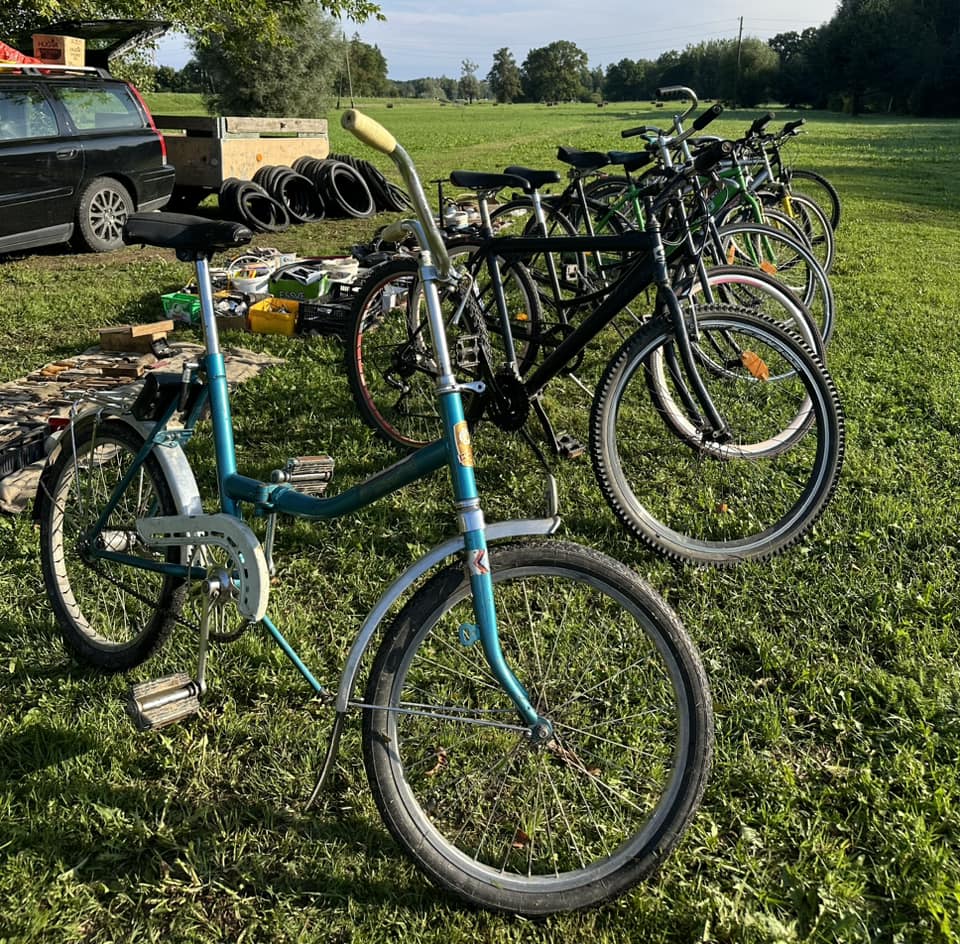
Flea market
Ādaži, Flea market, Local goods
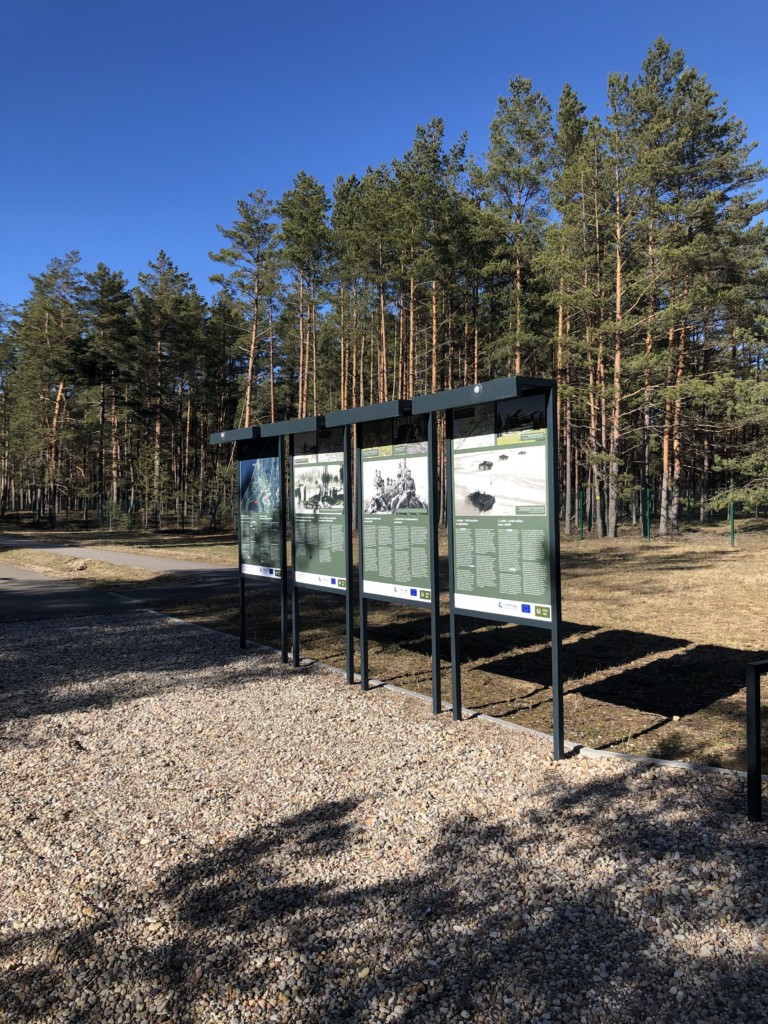
Former Soviet military town in Mežgarciems
Mežgarciems, Military heritage
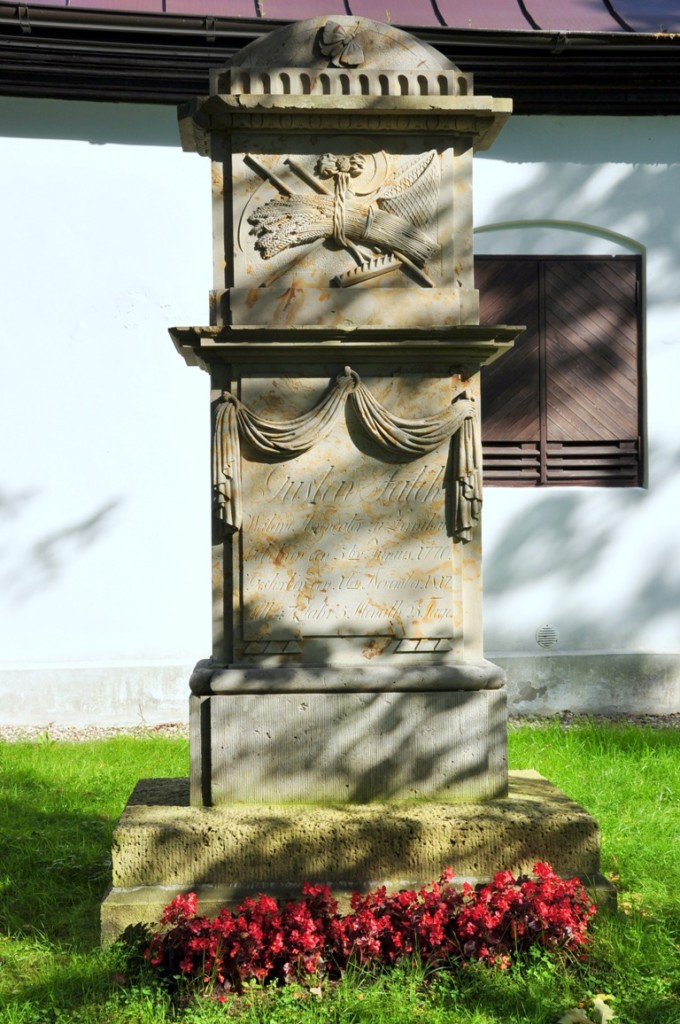
G.Falka tombstone
Siguļi
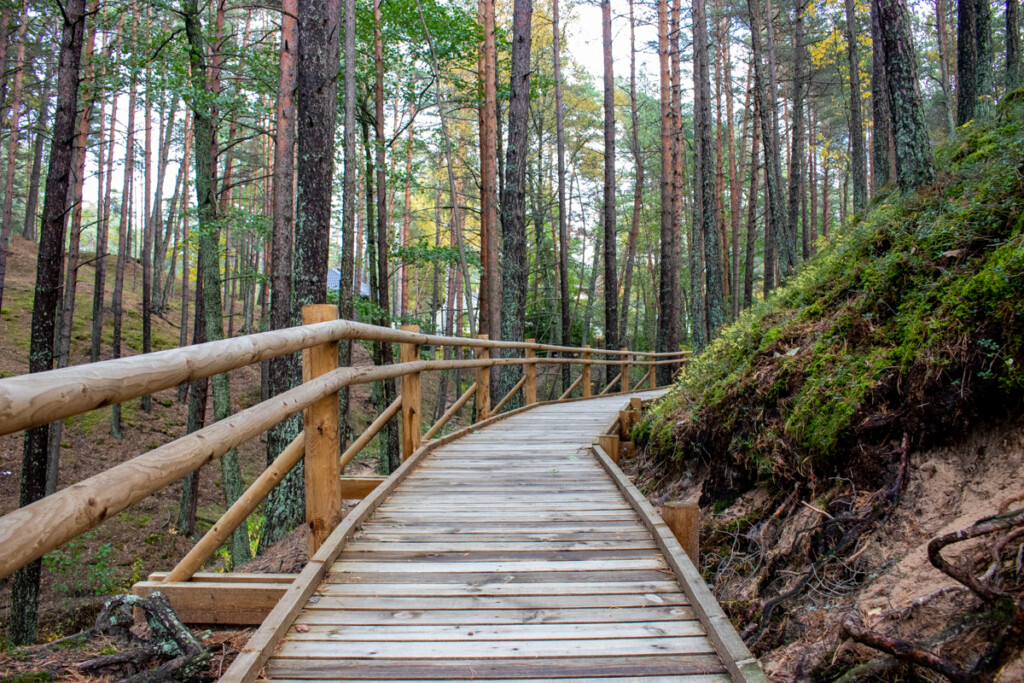
Garciems wooden walking trail
Garciems, Nature park, Walking trail
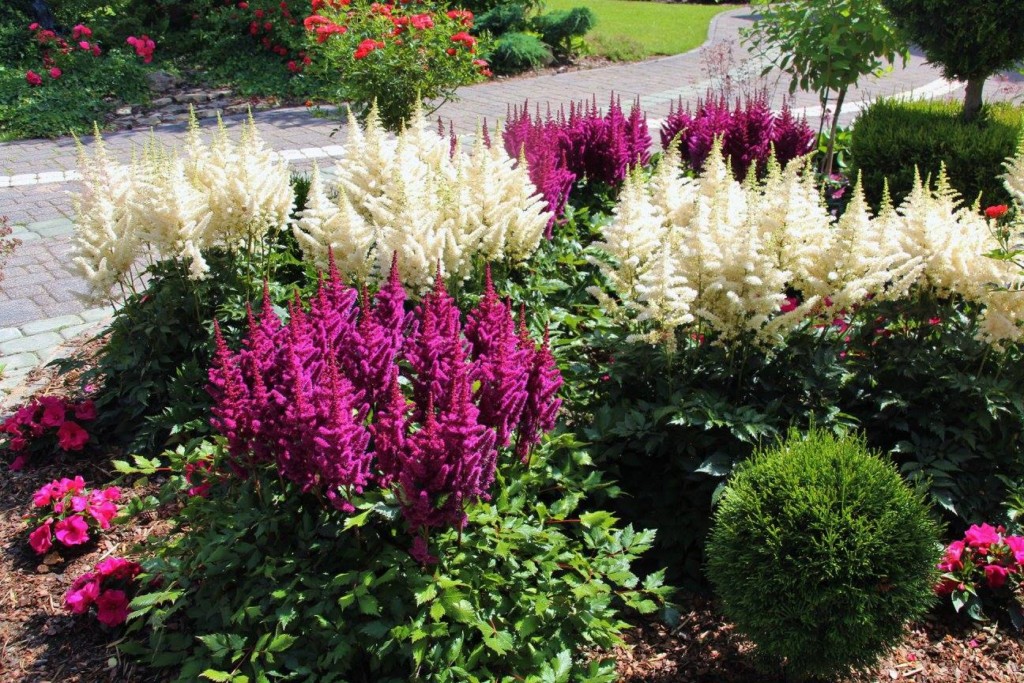
Garden “Saulesķirši”
Ādaži, Garden
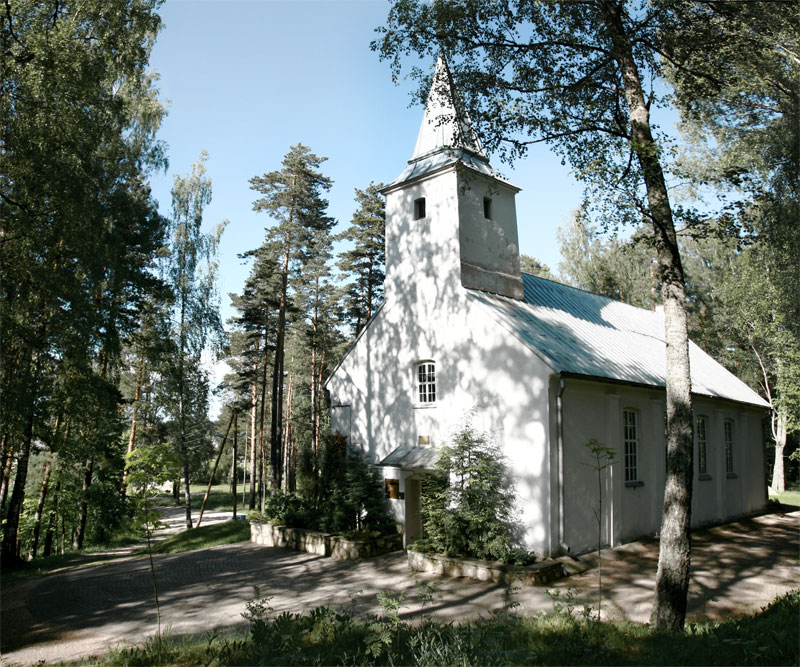
Garkalnes church
Church, Garkalne
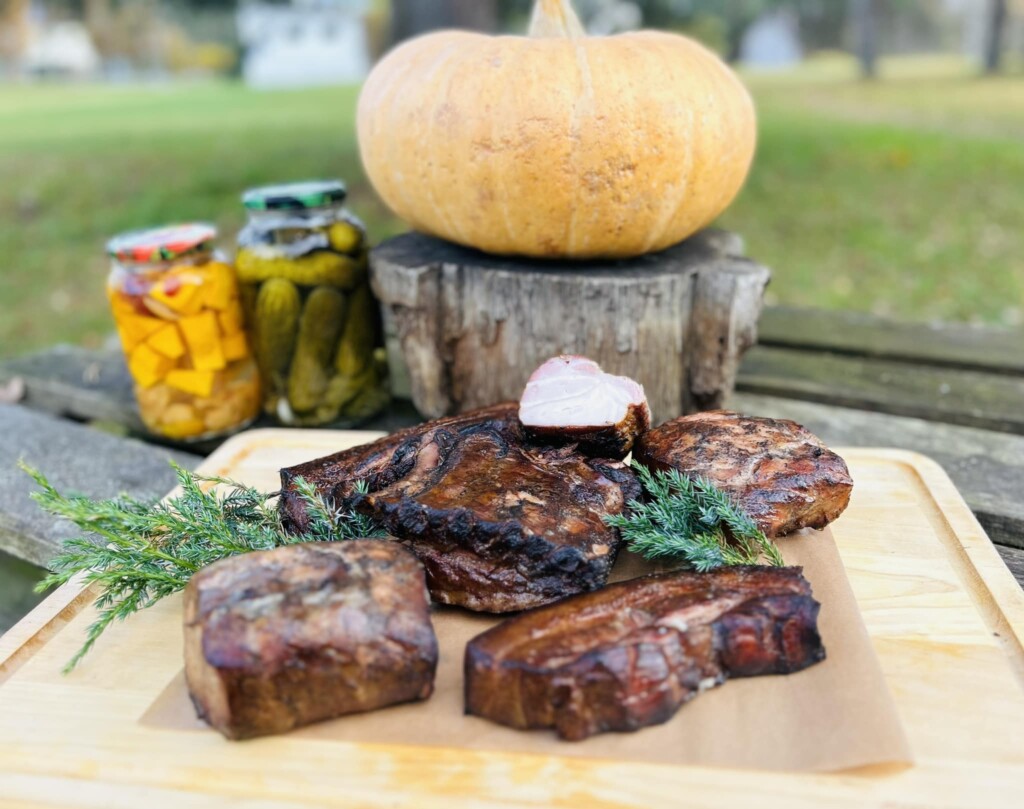
Garupes Gardumi
Delicacies, Garupe, Local goods, Smoked meat
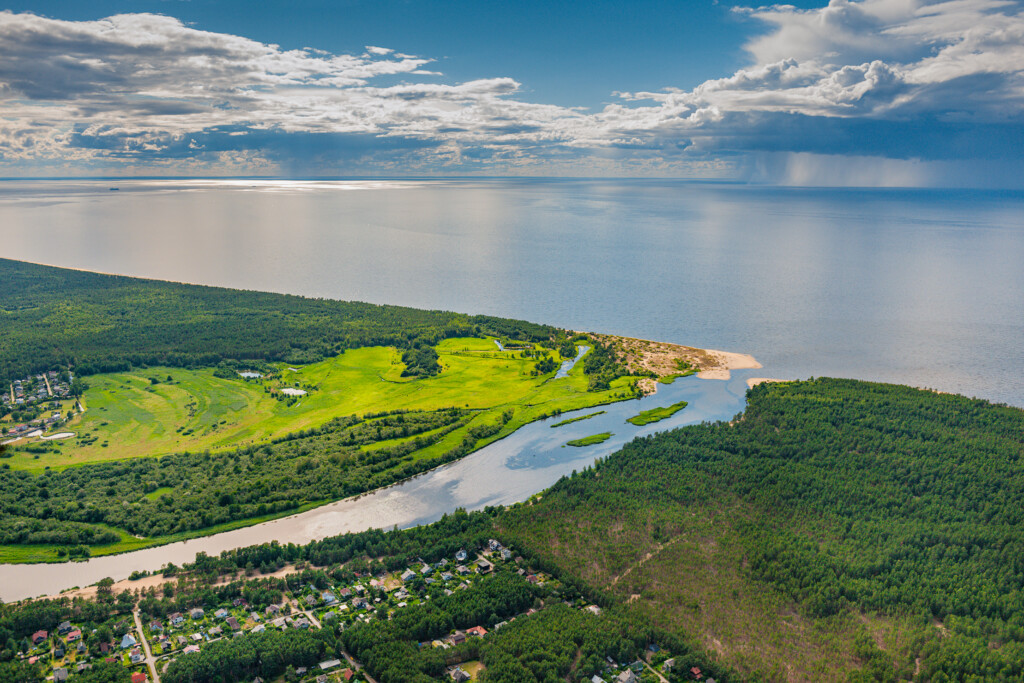
Gauja estuary
Carnikava, Gauja river
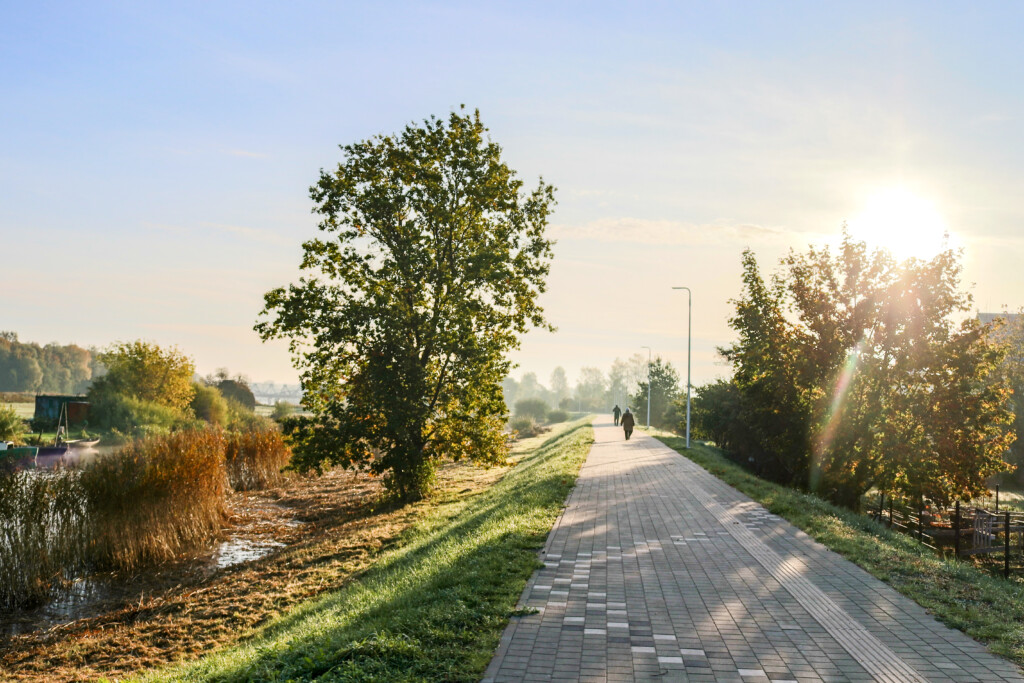
Gauja Promenade in Carnikava
Carnikava, Carnikava, Walking trail
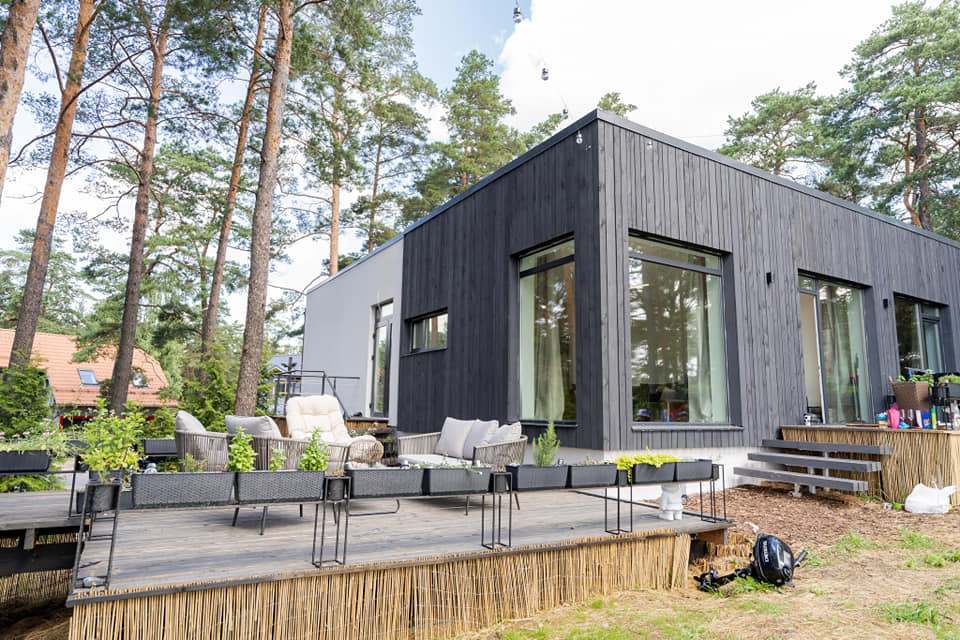
Gauja.Club
Gauja, Holiday home
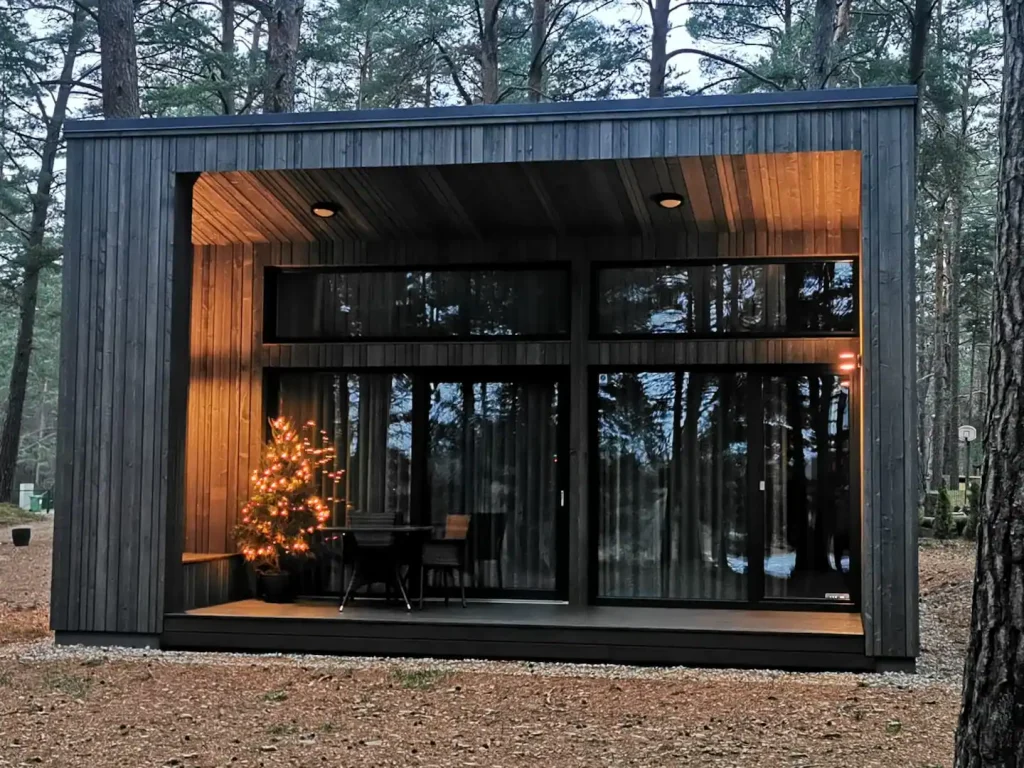
GaujaUpe
Gauja, Gauja river, Holiday home, Kubls
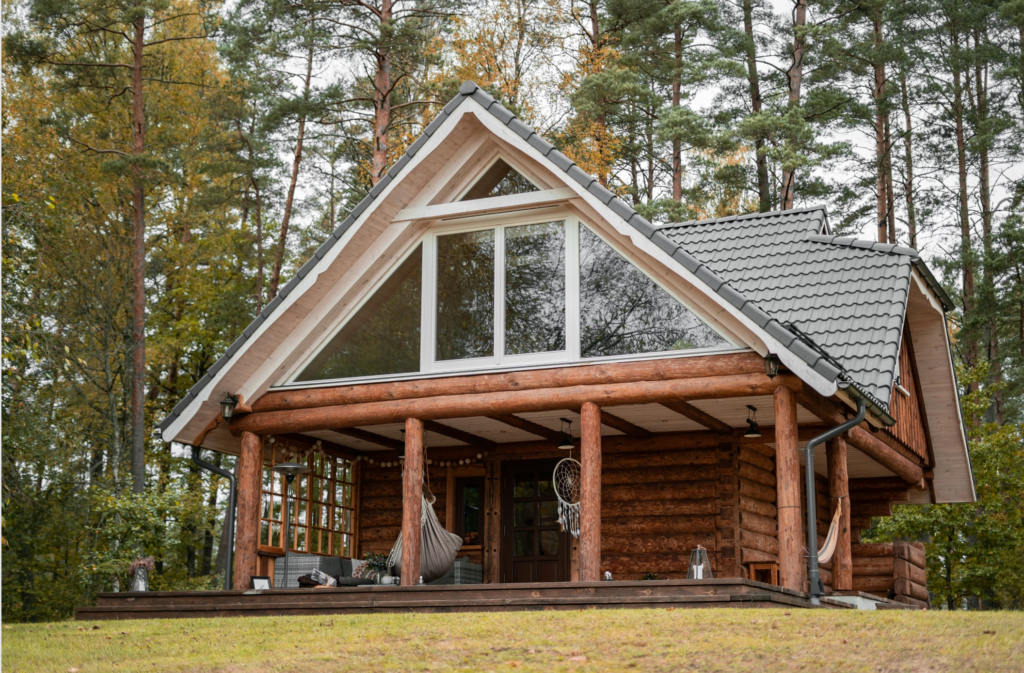
Gaujmale
Holiday home, Iļķene, Sauna
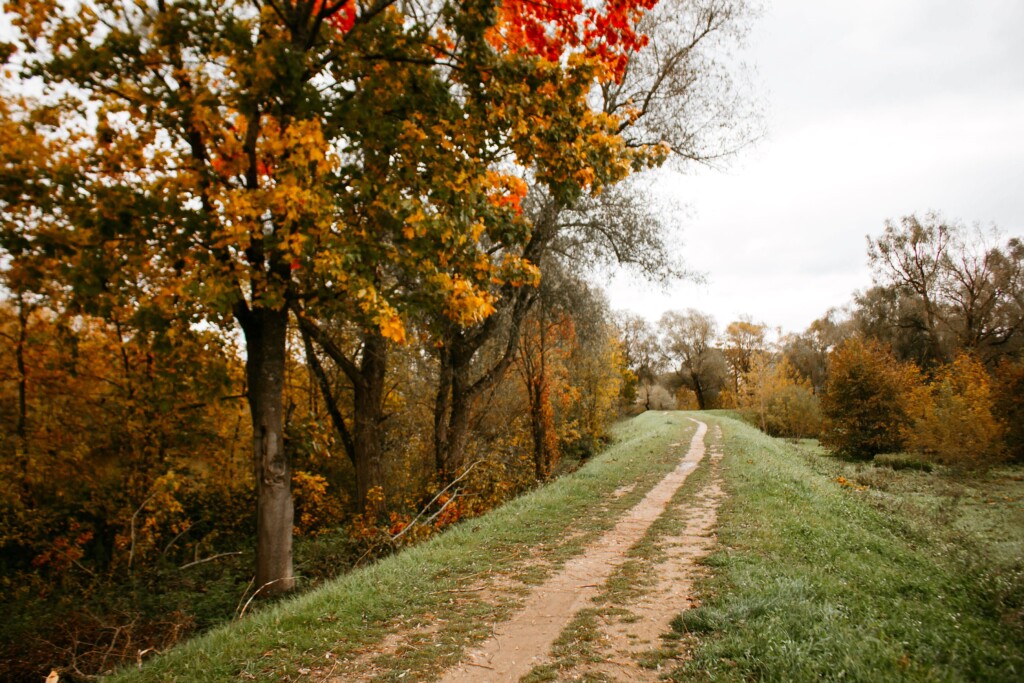
Greenway
Ādaži, embankment, Geenway
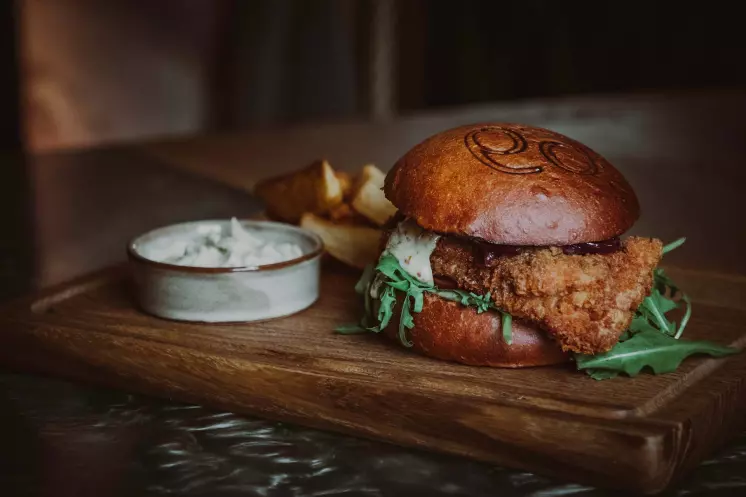
Grillbar69
Baltezers, Celebrations, Grill, Restaurant
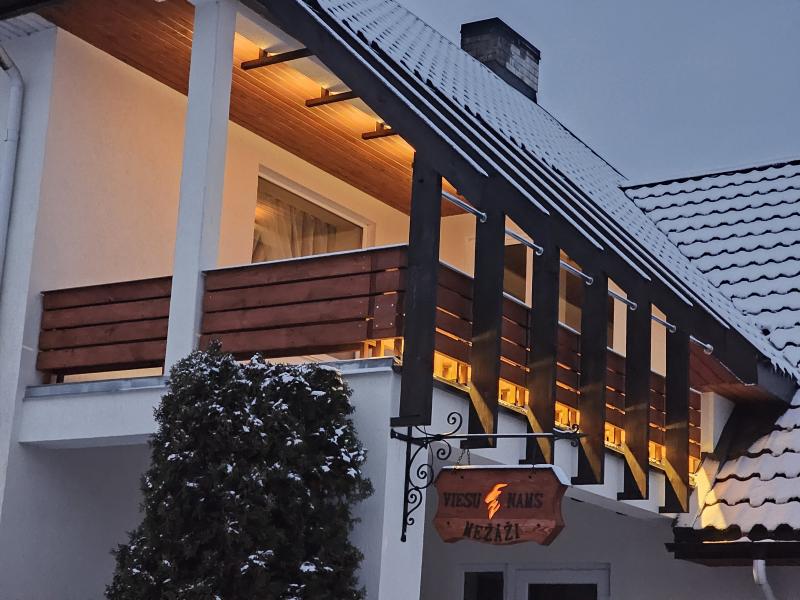
Guest House “Mežāži”
Aukstais baseins, Celebrations, Cold pool, Džakuzi, Guest house, Hot tub, Jacuzzi, Kubls, Sauna, Siguļi, Svinību vieta, Viesu nams
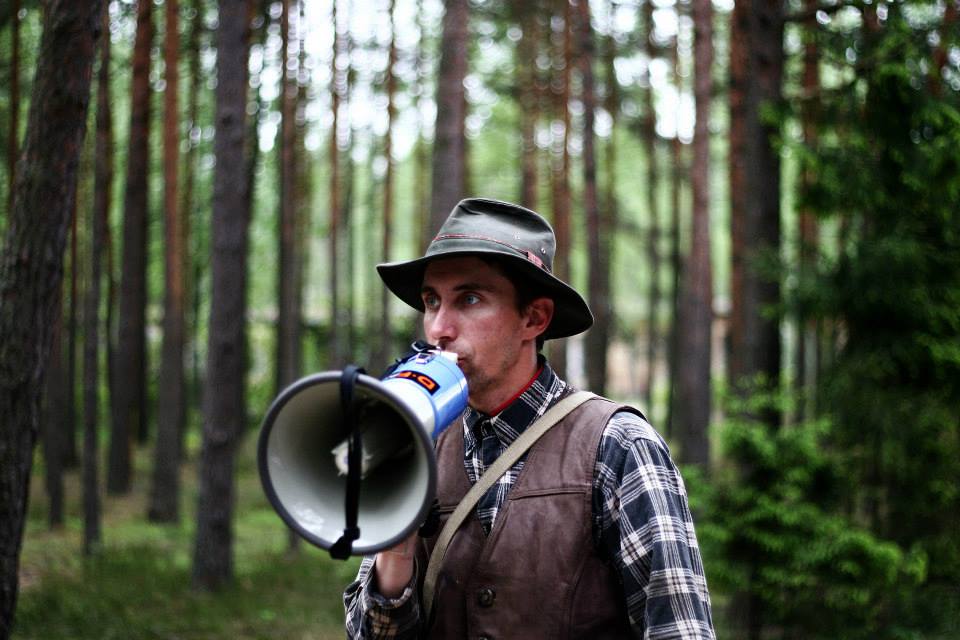
Guide Aleksejs Sergējevs
Carnikava
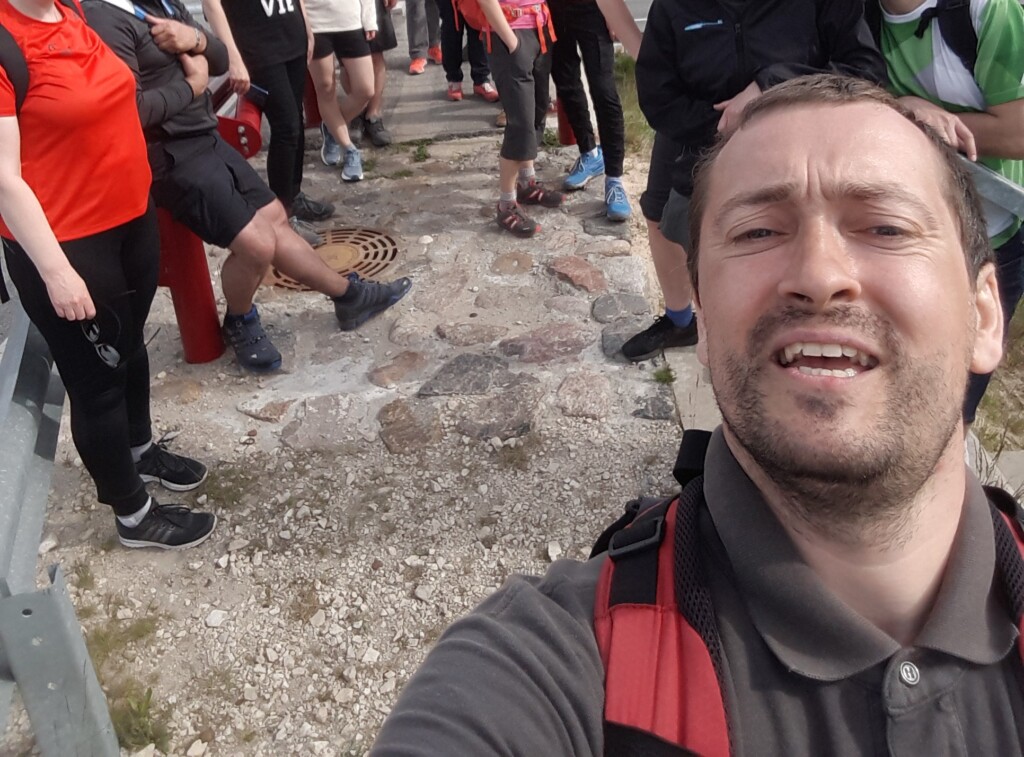
Guide Jānis Zariņš
Ādaži
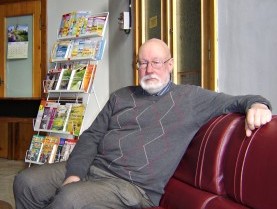
Guide Sigurds Rusmanis
Carnikava, Guide
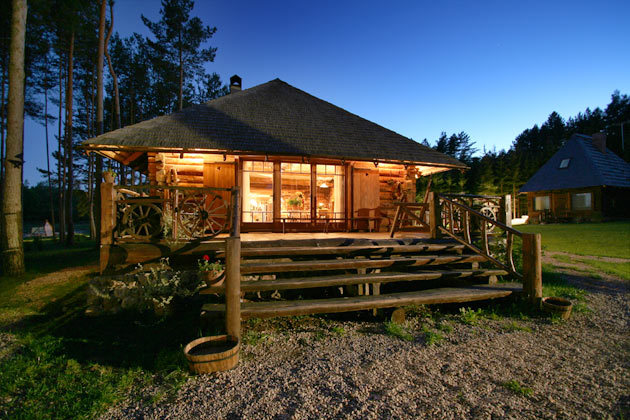
Gungas
Ādaži, Guest house, Viesu nams
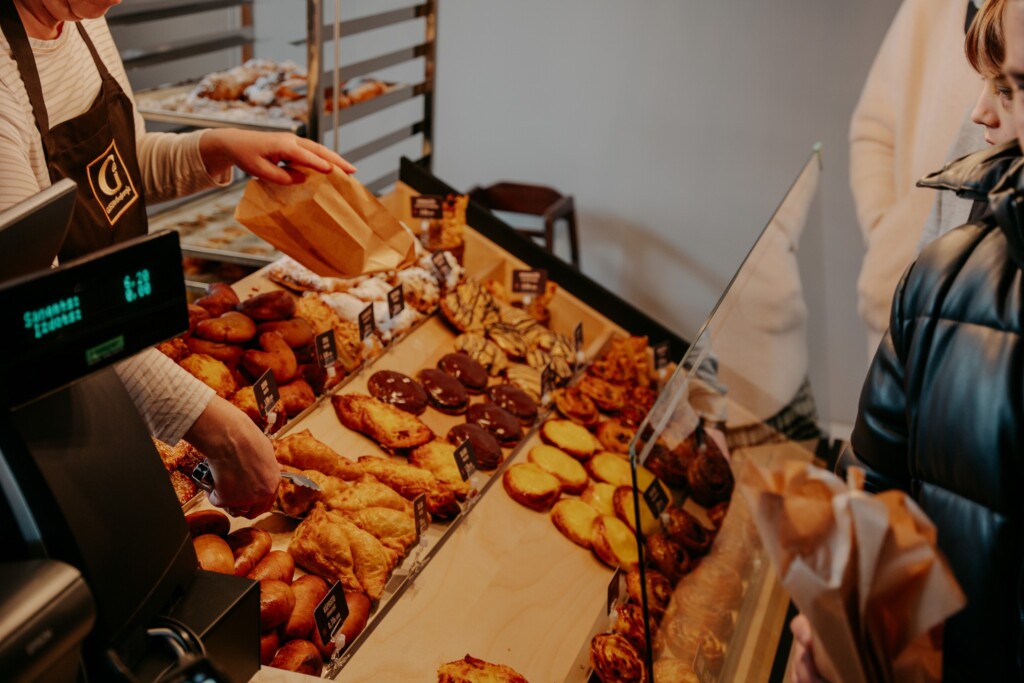
GUSTAVbeķereja Carnikava
Bakery, Cafe, Carnikava

Hesburger
Ādaži, Restaurant, Restorāns, Restorāns
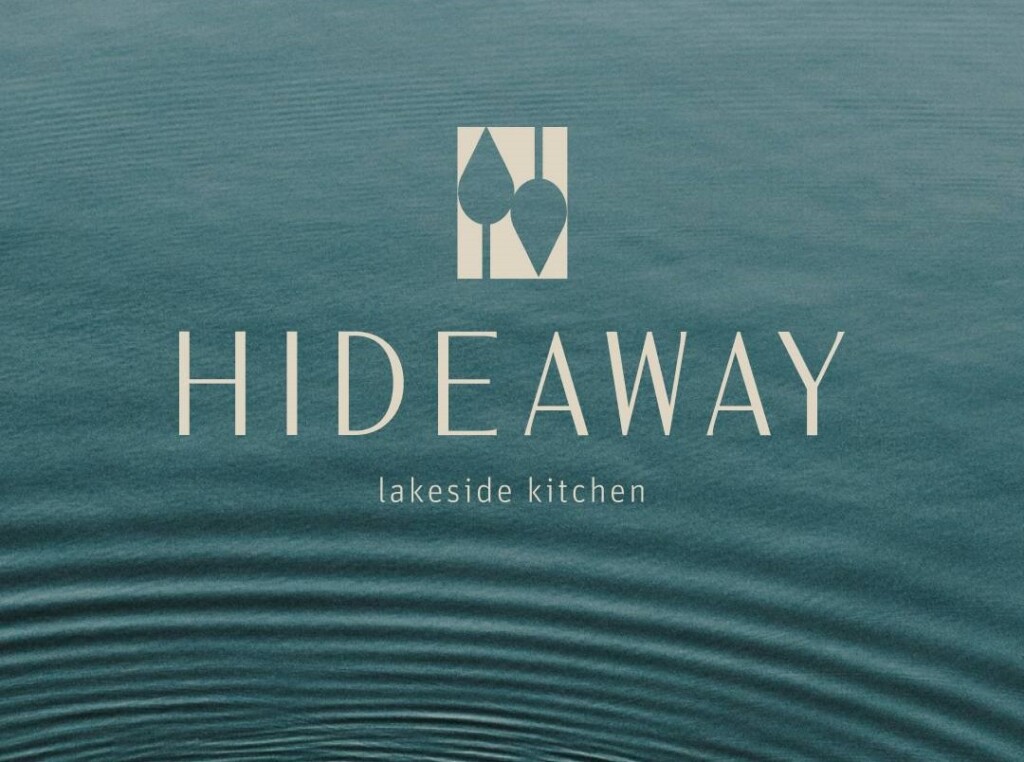
HIDEAWAY
Baltezers, Restaurant
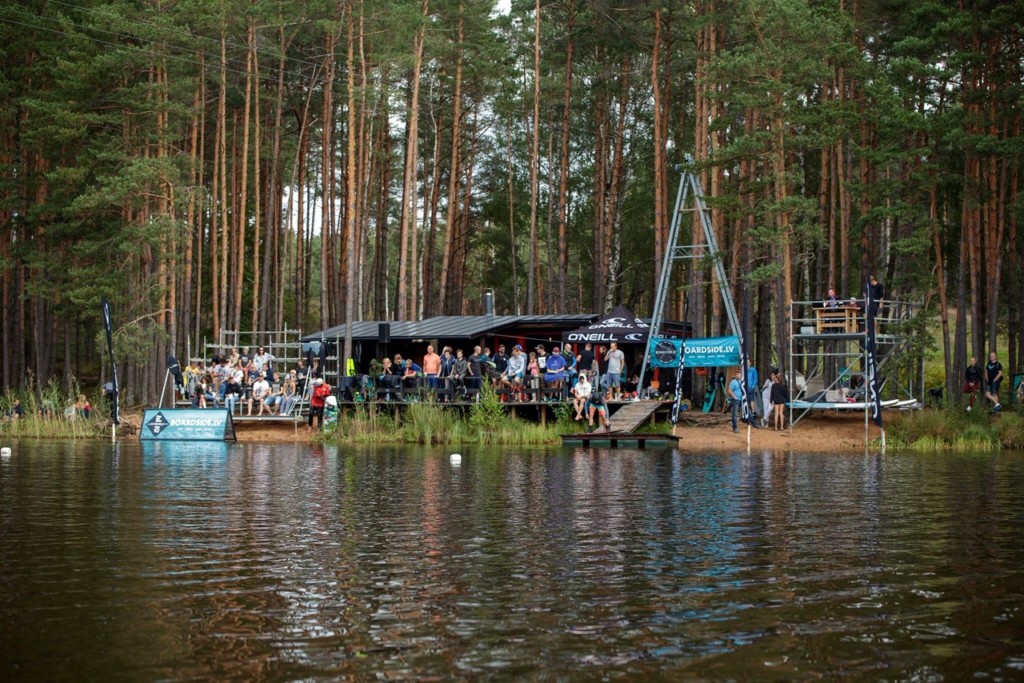
HIWake wakepark and SUP rental
Siguļi, SUP Noma, SUP rental, Wakeboard
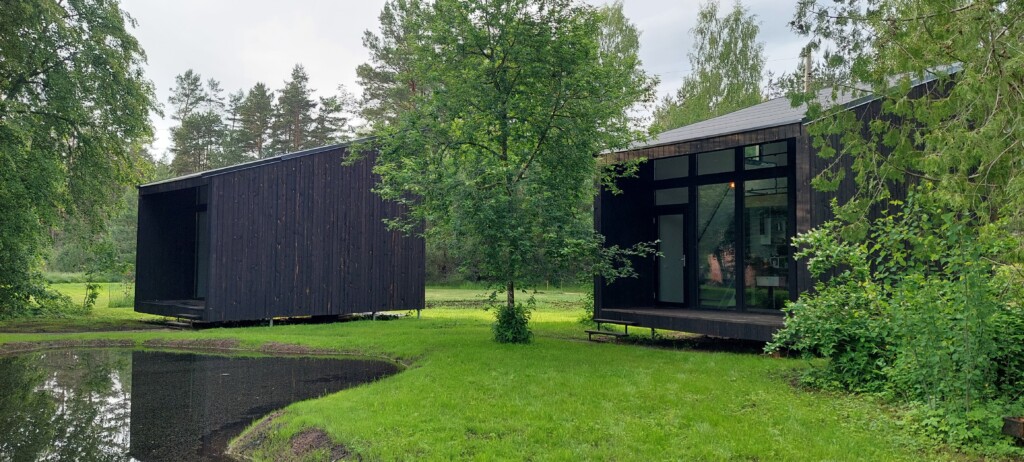
Holiday home Dūņu krogs
Holiday home
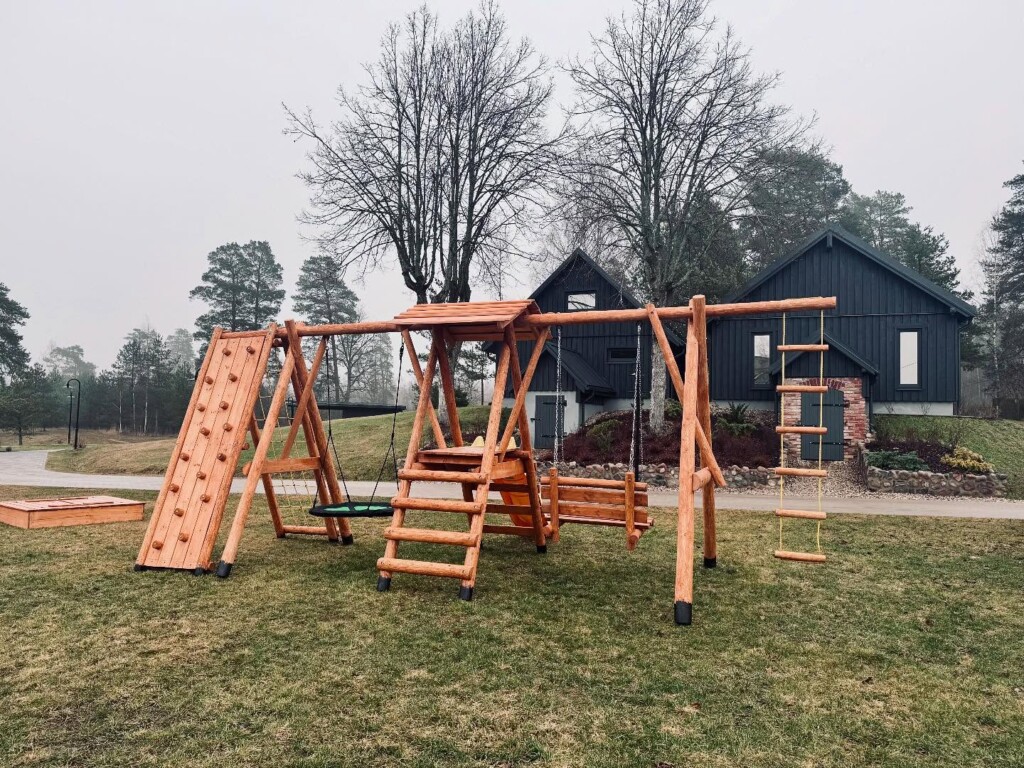
Holiday home Putni
Holiday home
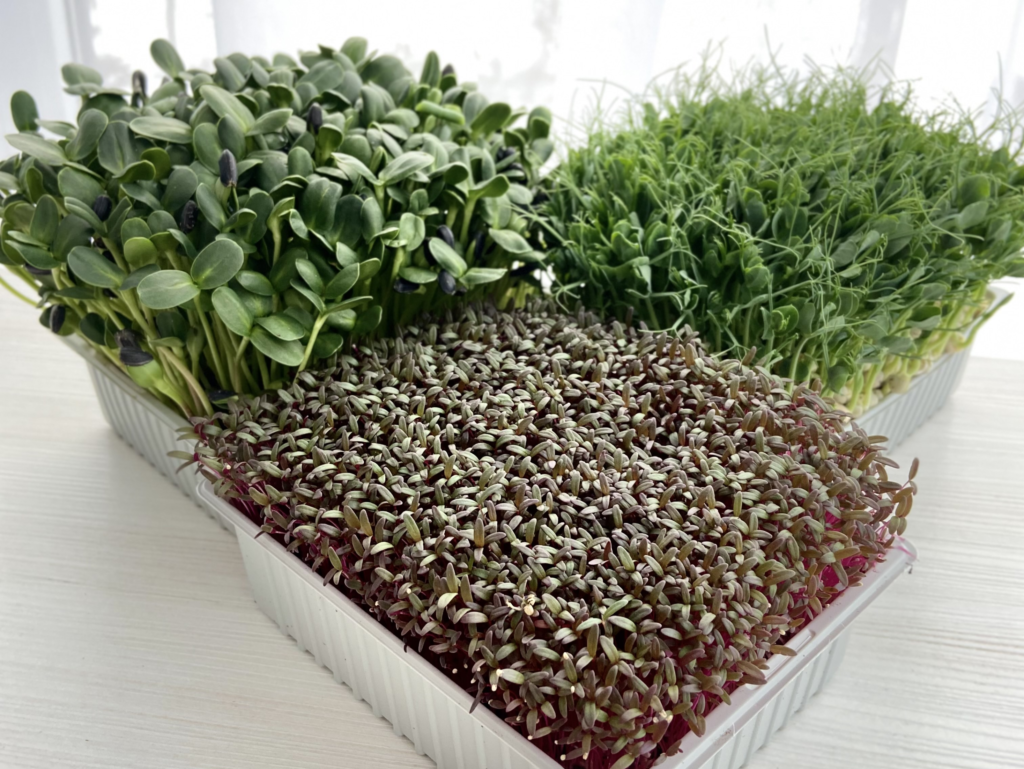
Homestead “Saulgrieži”
Carnikava, Kombuca, Microgreen
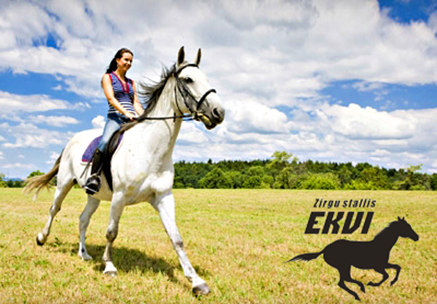
Horse Stable “Ekvi”
Eimuri
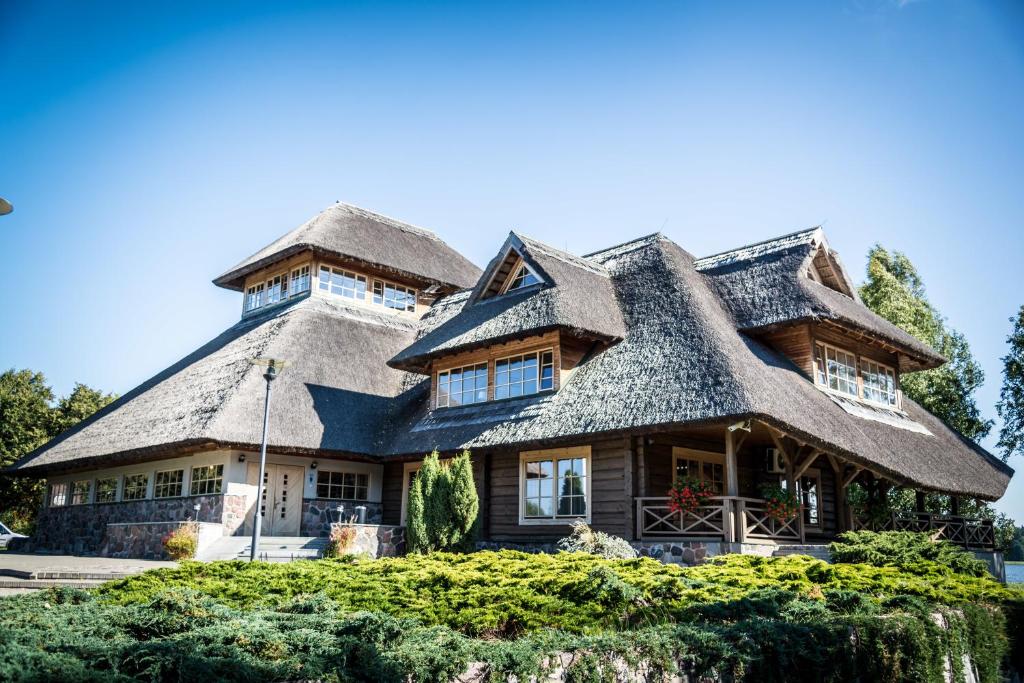
Hotel “Porto Resort”
Hotel, Lilaste, Lilaste
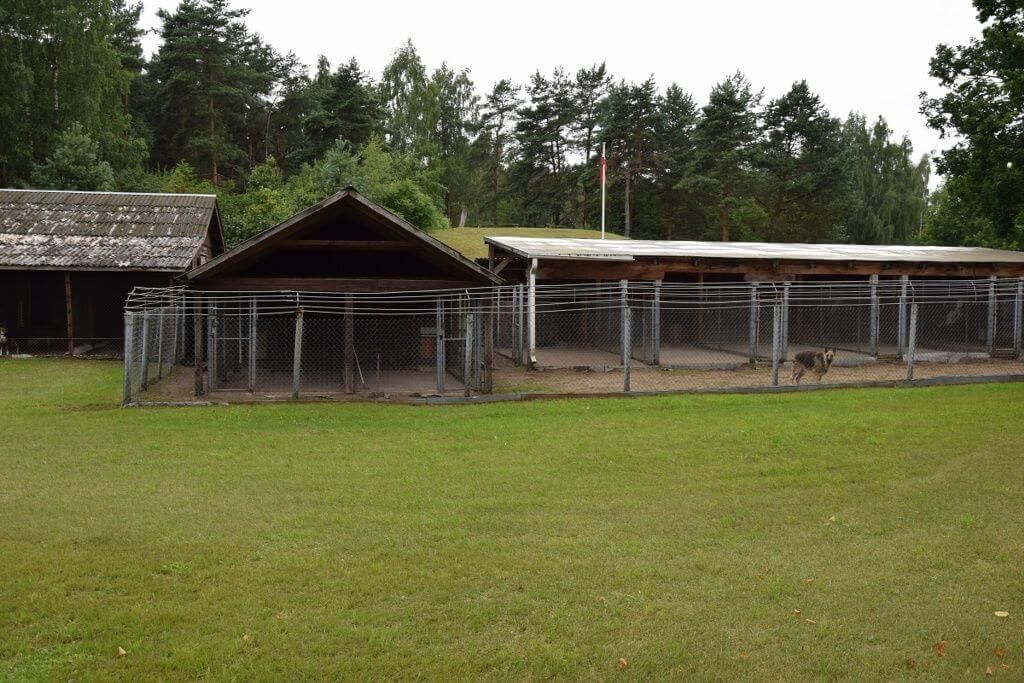
Hotel for pets “Kalndores”
Baltezers, Hotel for pets
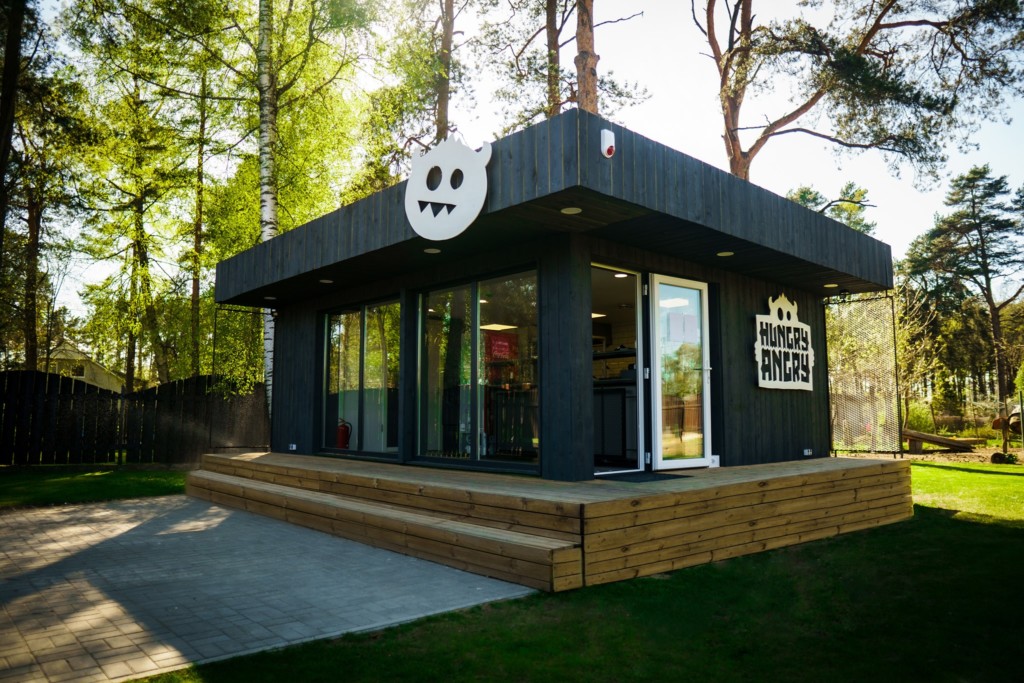
Hungry Angry
Ādaži, Burgers, Fast food
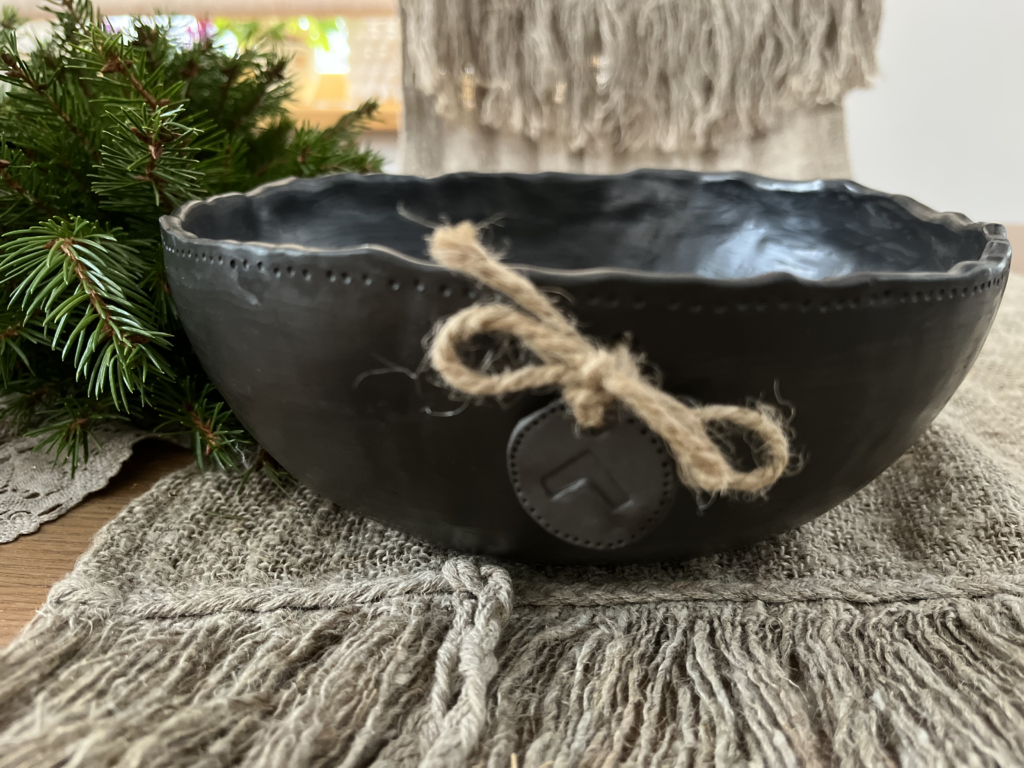
Inga Pole pottery
Ceramics, Kadaga, Pottery
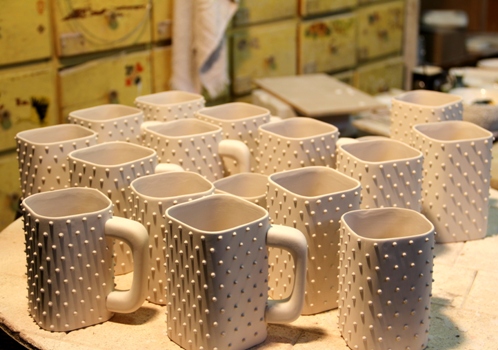
J. Podziņa porcelain workshop
Kalngale, Workshop
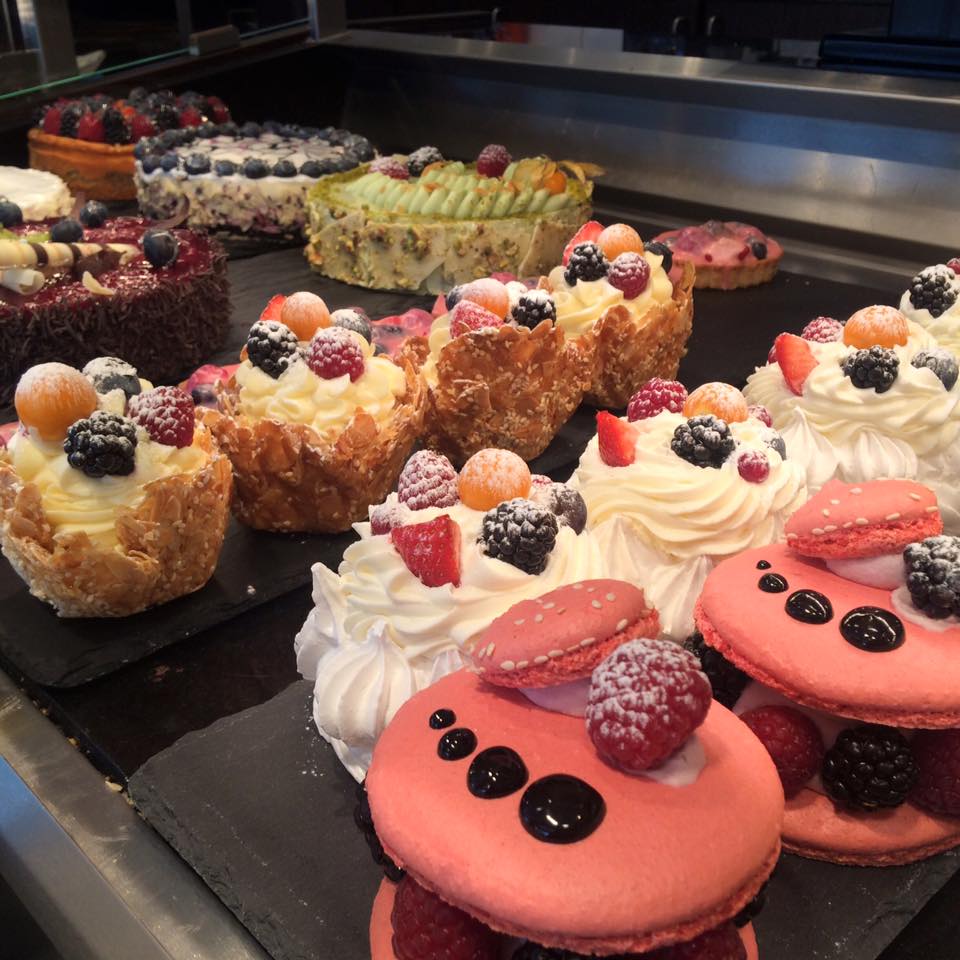
Jāņa Saukas Meistardarbs
Ādaži, Butcher shop, Cafe, Confectionery, Kafejnīca, Konditoreja, Konditoreja
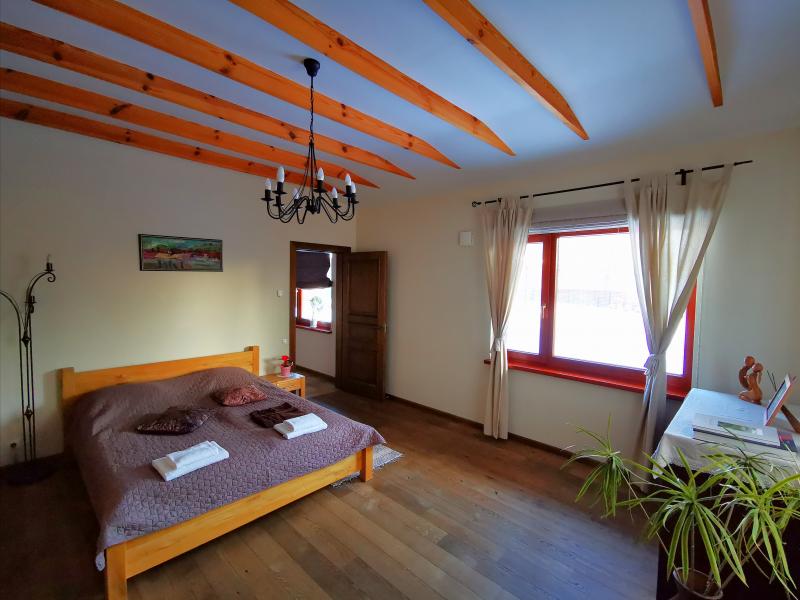
Jaunstūrīši
Ādaži, Holiday home
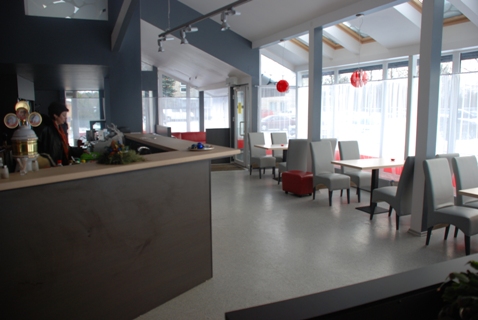
Julata
Ādaži, Cafe, Kafejnīca, Kafejnīca
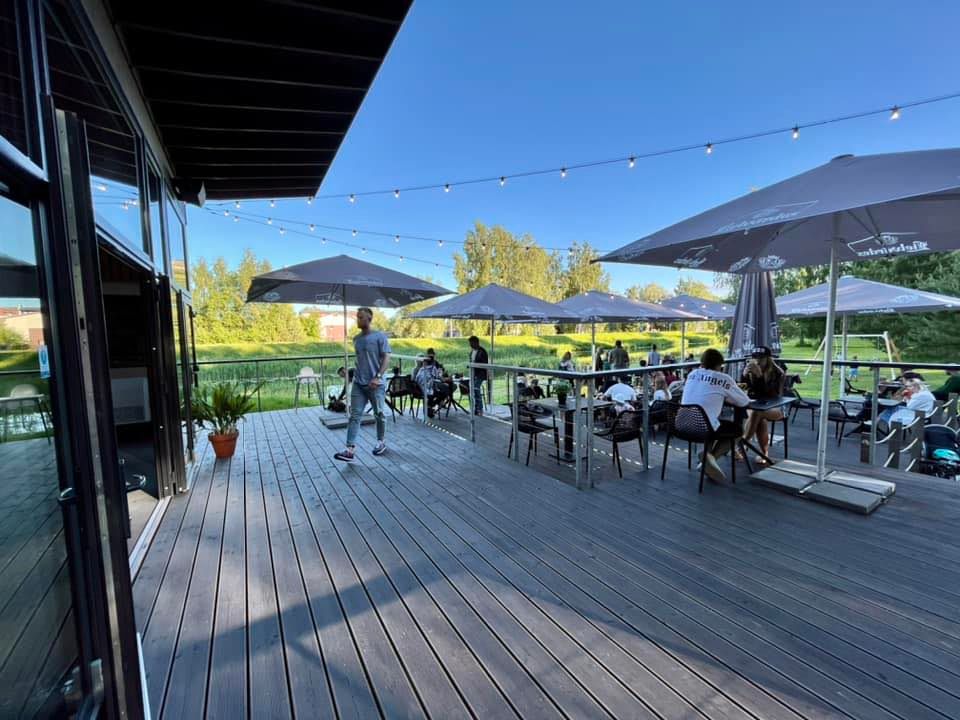
Kafe Maza Upe
Carnikava, Carnikava, Kafejnīca, Restaurant, Restorāns, Restorāns
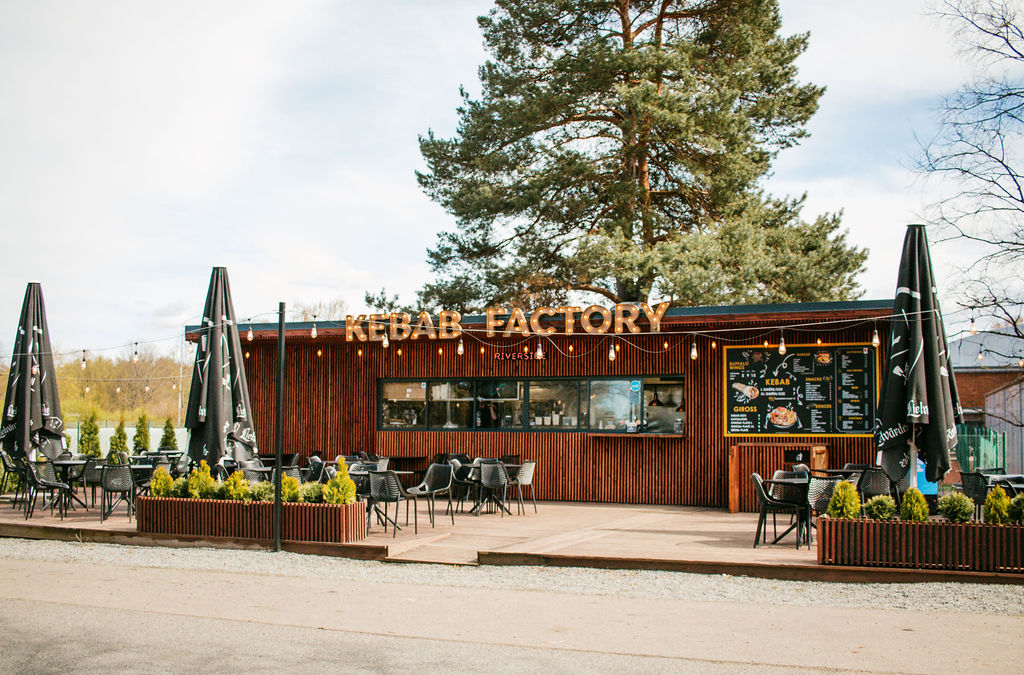
Kebab Factory Adazi
Ādaži, Fast food, Kebab
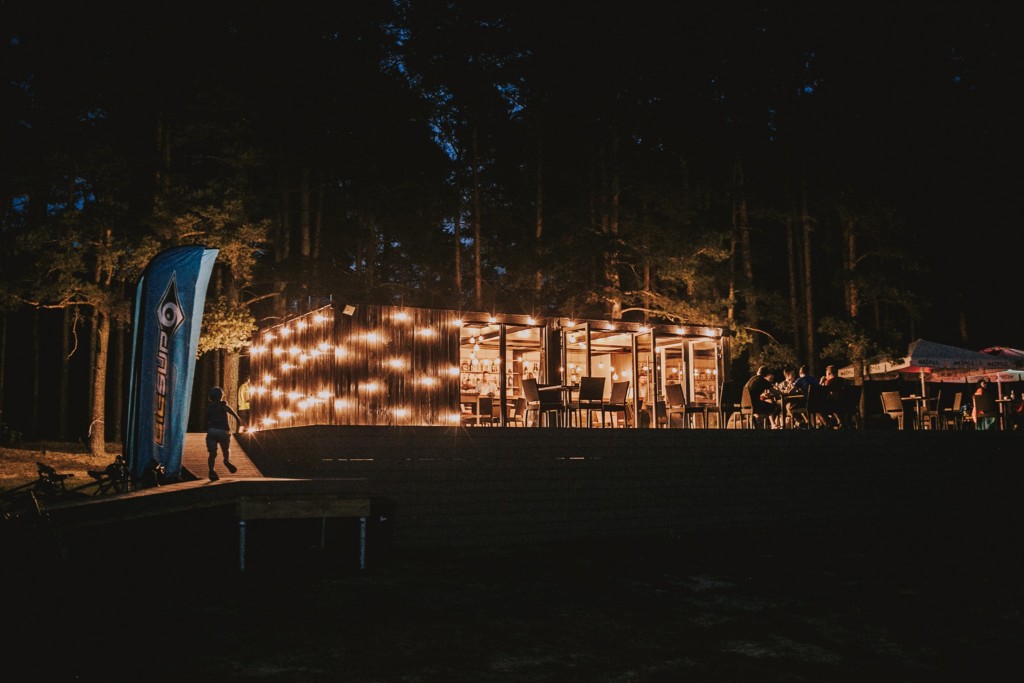
Kontiki
Ādaži, Cafe, Kafejnīca
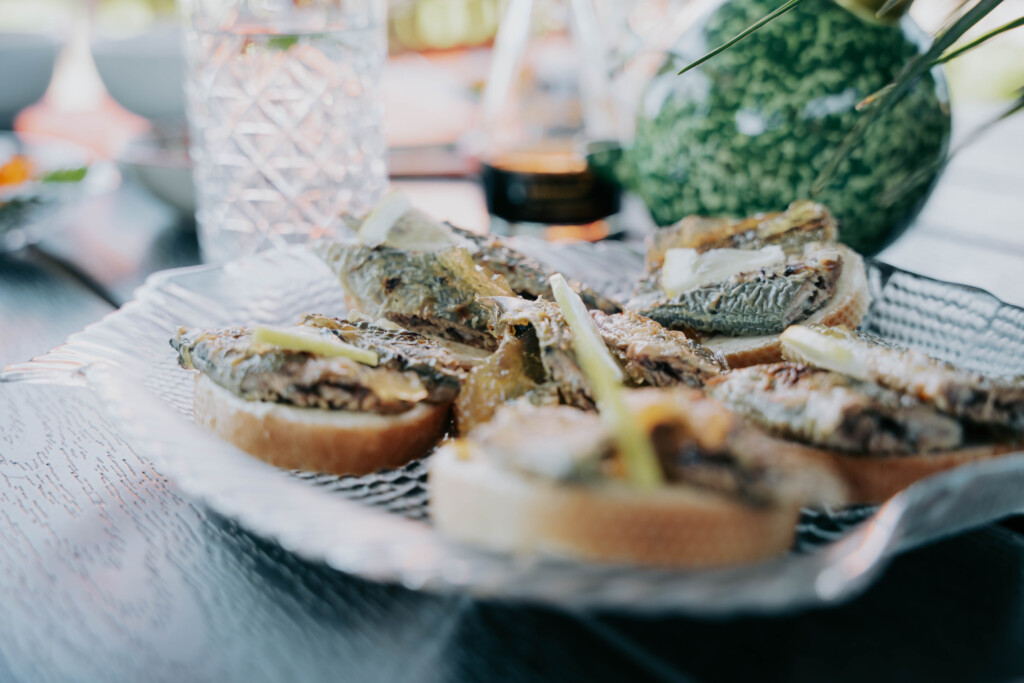
Krupis
Carnikavas lampreys, Lamprey, Tastings
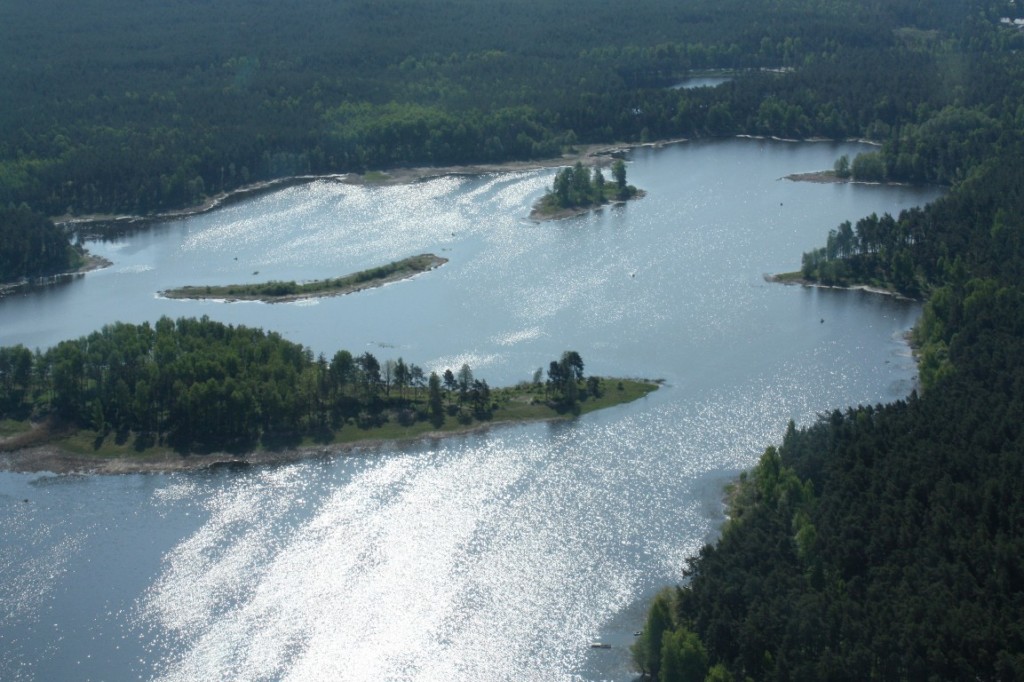
Lake Dzirnezers
Carnikava
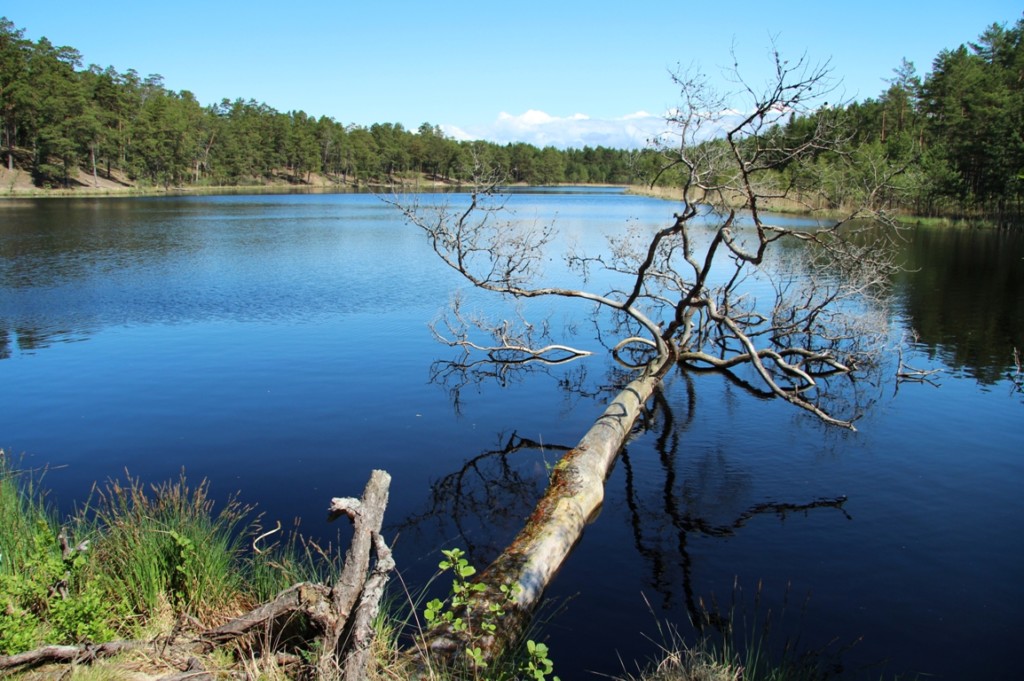
Lake line Garezeri
Carnikava
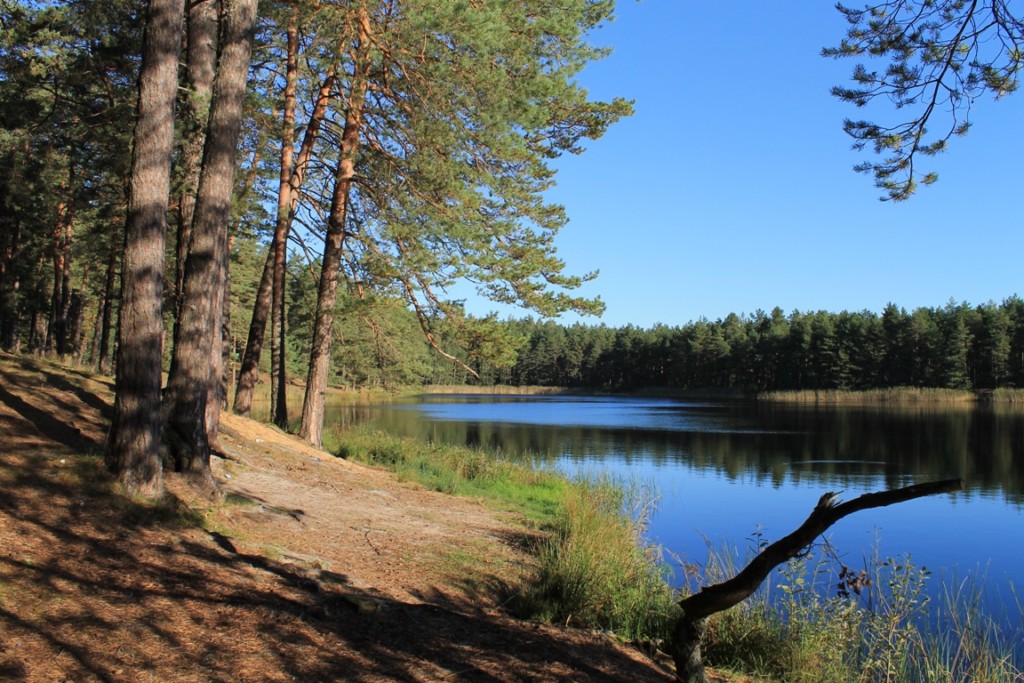
Lake Pulksteņezers (Clock Lake)
Siguļi
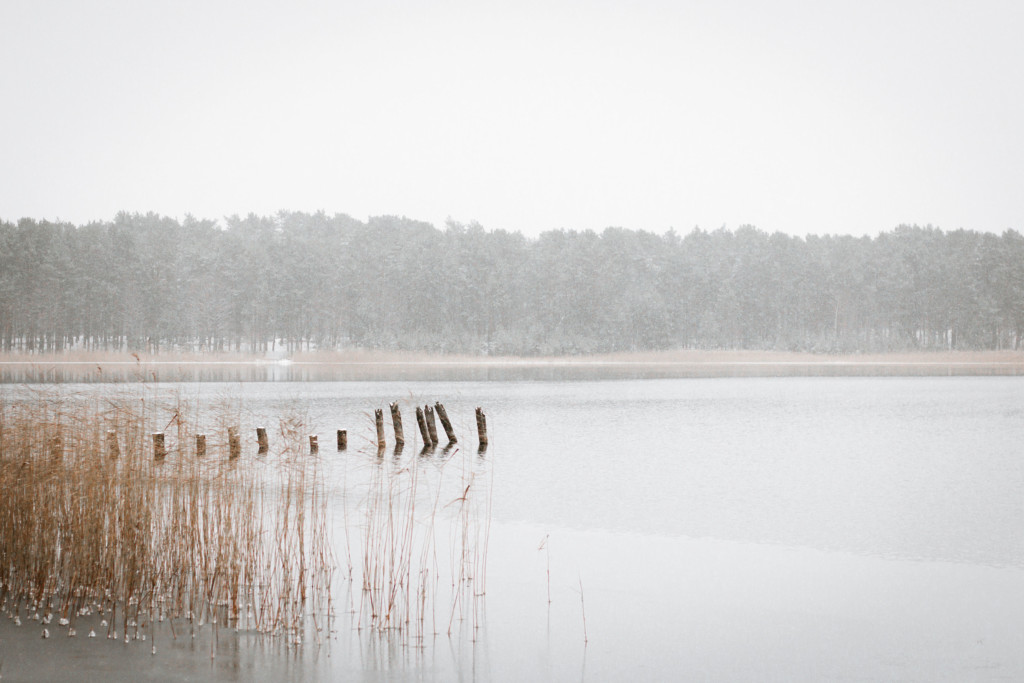
Lake Ummis
Carnikava, Lake Carnikava
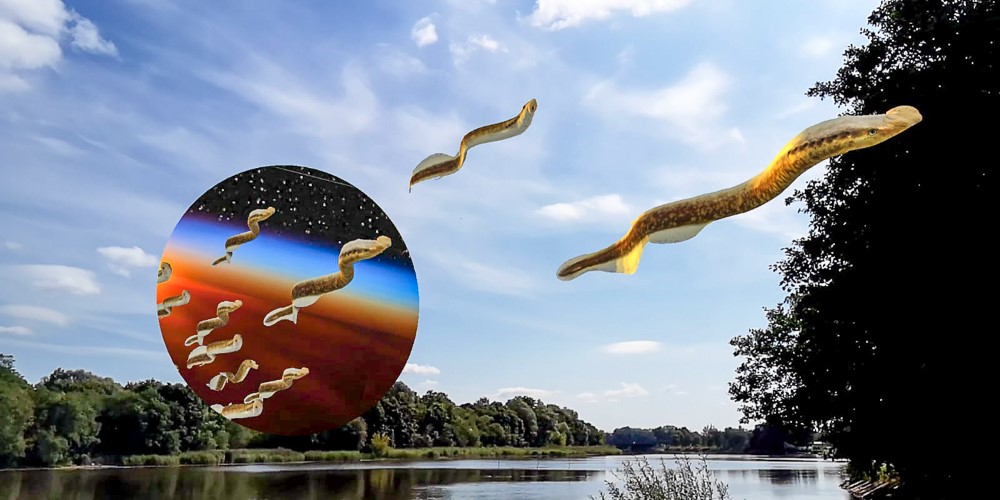
Lampreys are coming
Augmented reality, Carnikava
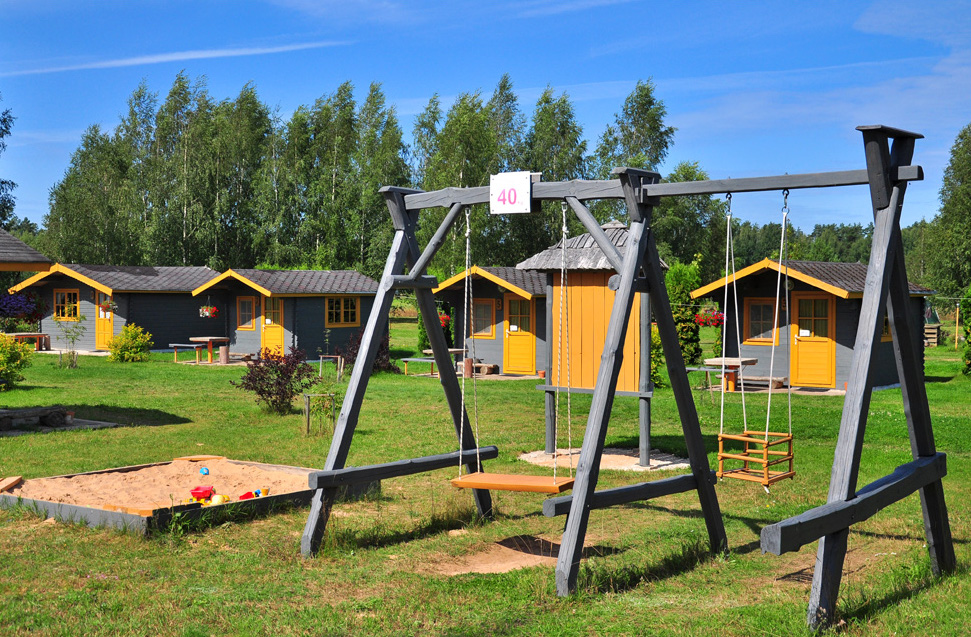
Leiputrija
Camper parking, Camping, Iļķene, Sauna
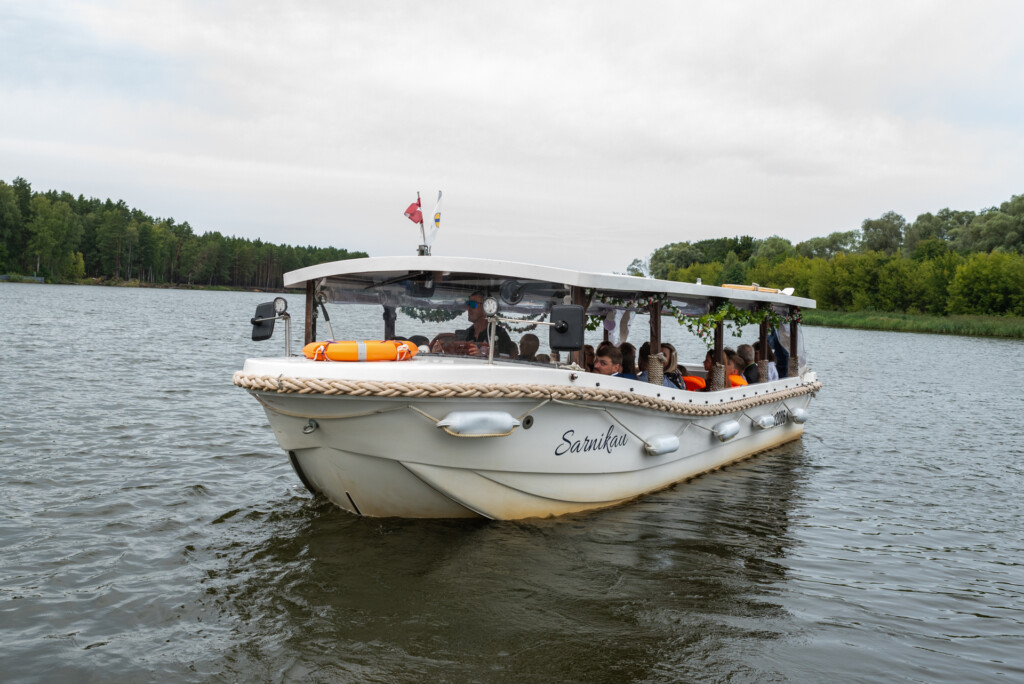
Leisure boat “Sarnikau”
Carnikava, Leisure boat
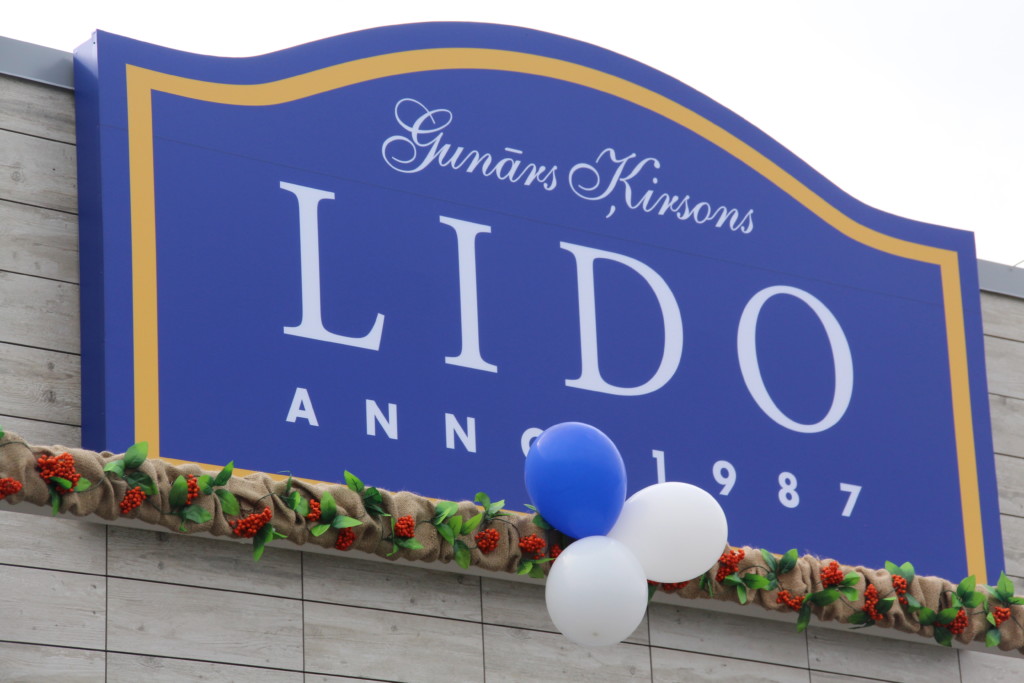
Lido
Ādaži, Restaurant
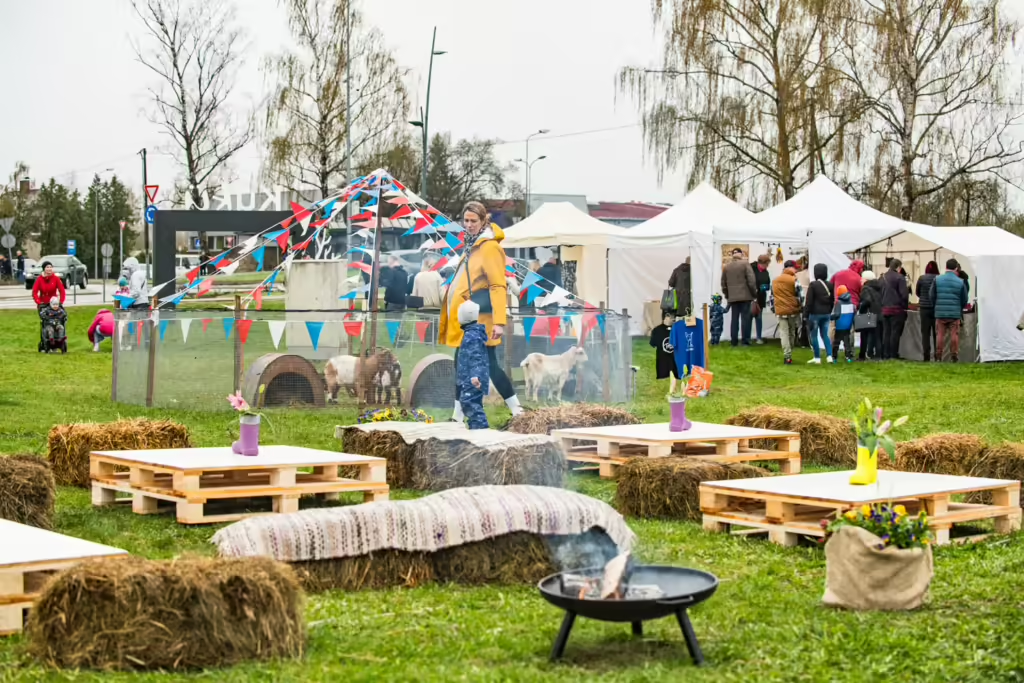
Līgo square
Ādaži, Ādaži
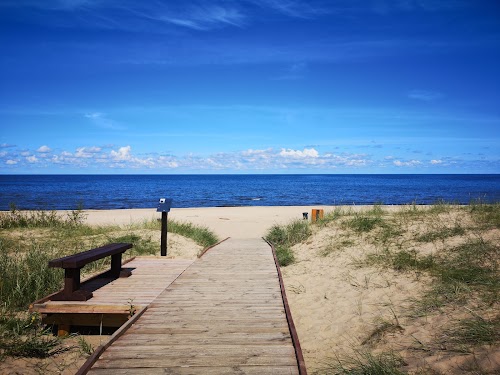
Lilaste Beach
Lilaste, Lilaste
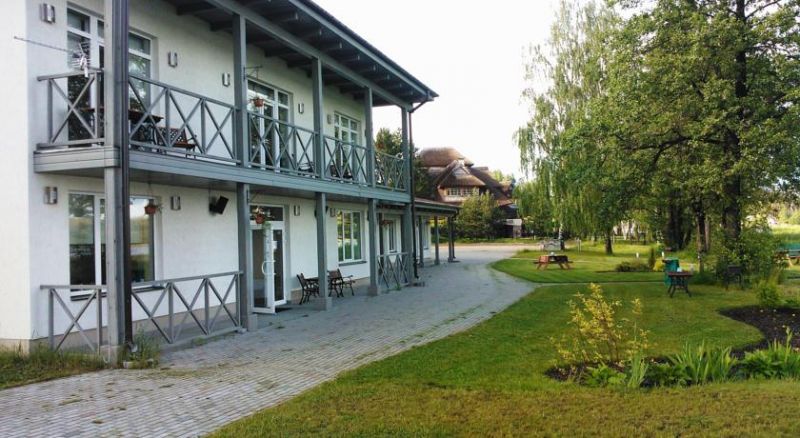
Lilaste.eu
Atpūta pie ezera, Boat rental, Hotel, Laivu noma, Lilaste, Picnic area, Viesnīca
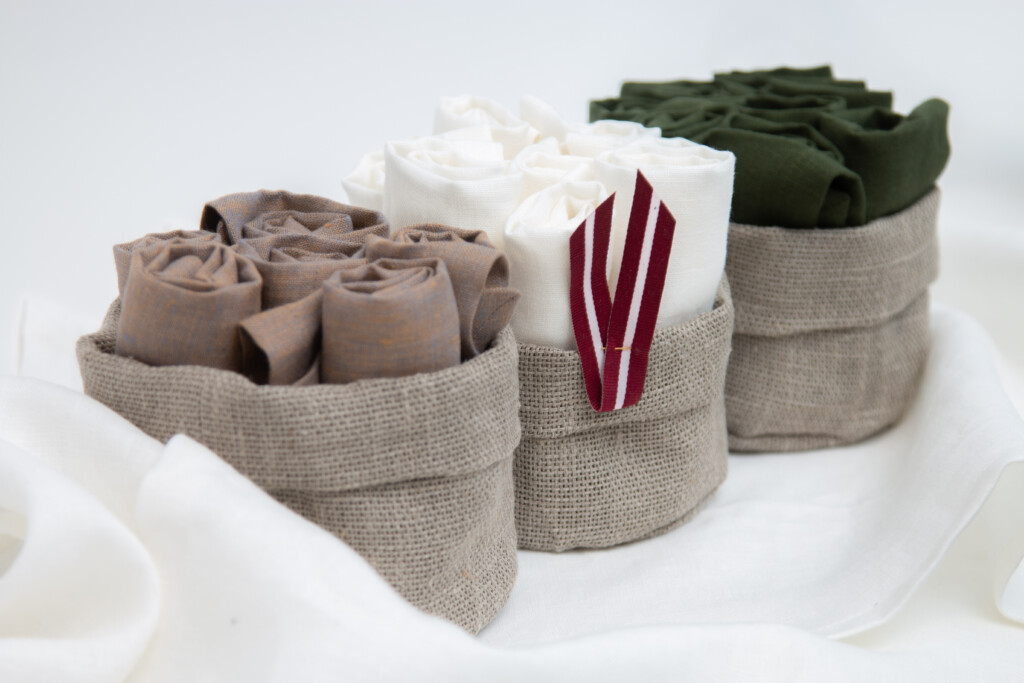
LinMen sewing workshop in Kalngale
Kalngale, Sewing workshop, Shop
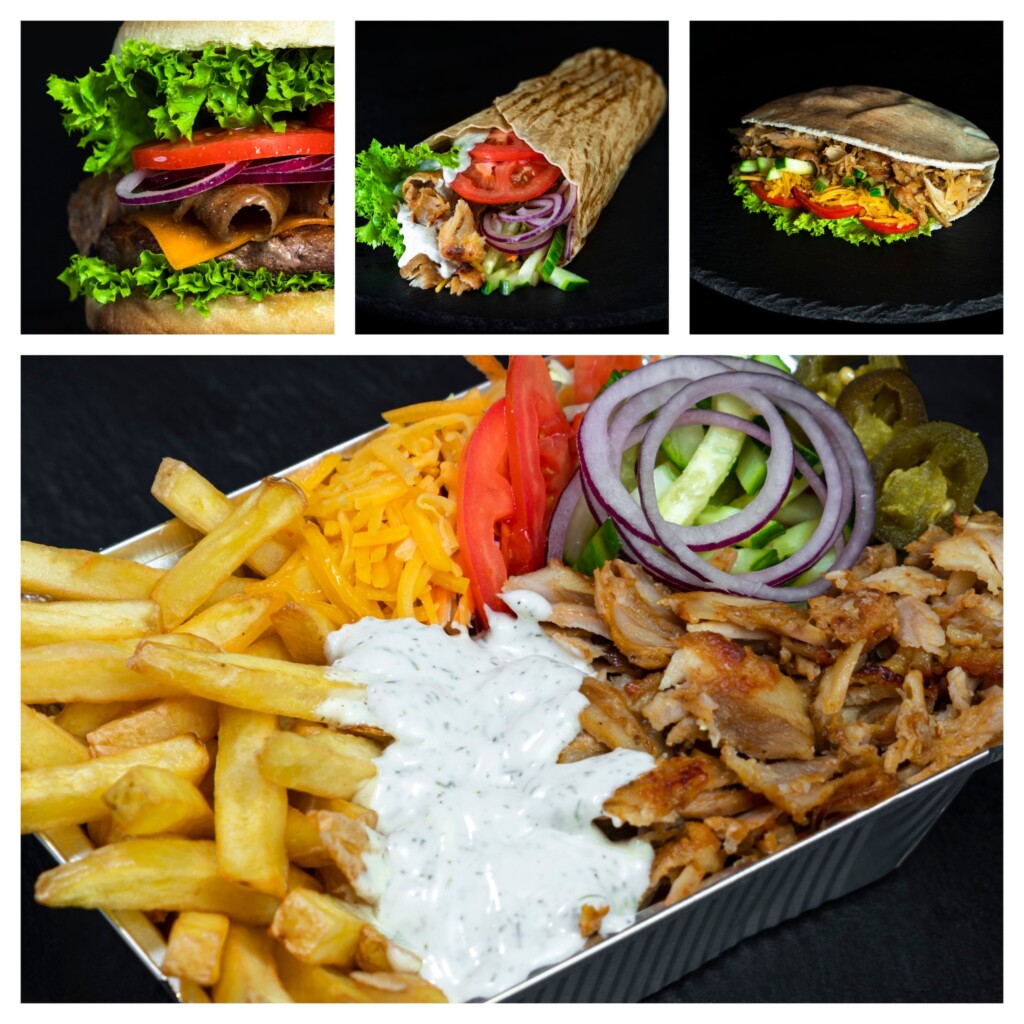
Lux kebab
Ādaži, Fast food
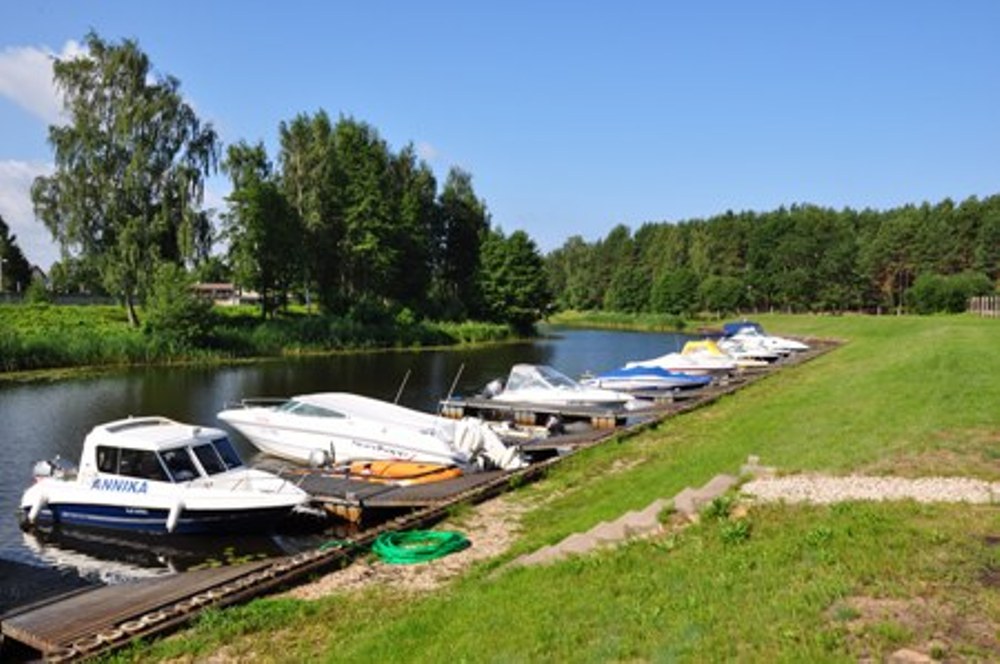
Marina
Carnikava

Mario
Ādaži

Maxi Sushi
Ādaži, Pizzeria, Sushi restaurant
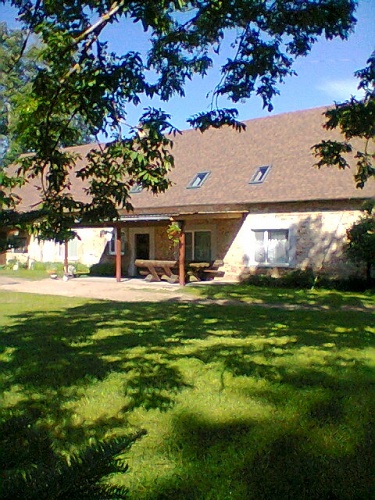
Mazpipari
Garkalne, Leisure complex

Meaet Daddy
Ādaži, Ādaži, Fast food, Mexican cuisine
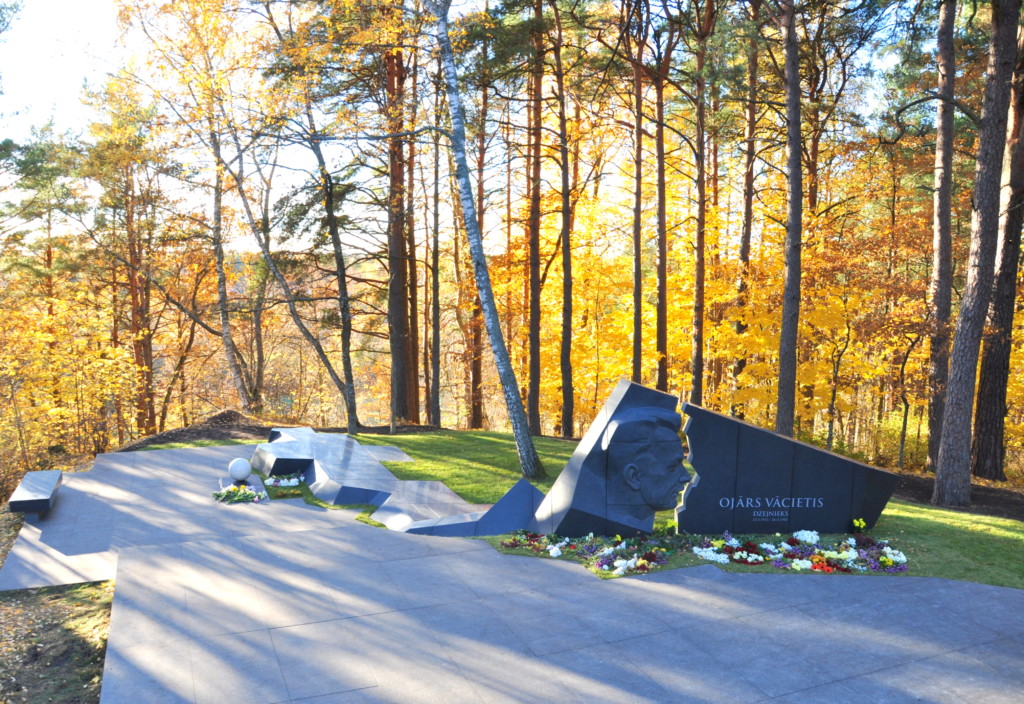
Memorial site of O.Vācietis
Memorial site, Siguļi
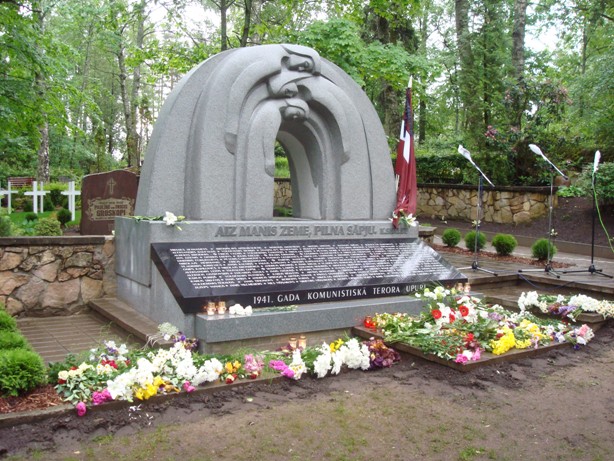
Memorial to the Victims of Communist Terror
Memorial, Siguļi
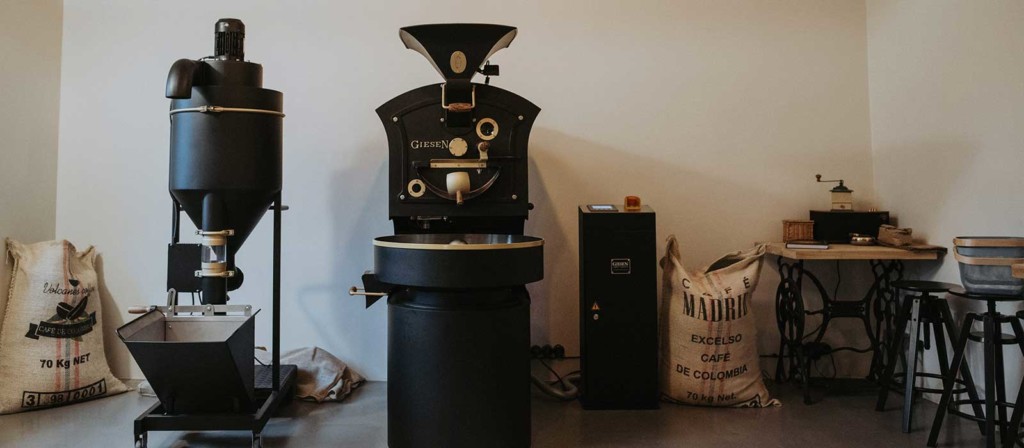
Mill Coffee
Coffee roastery, Kalngale
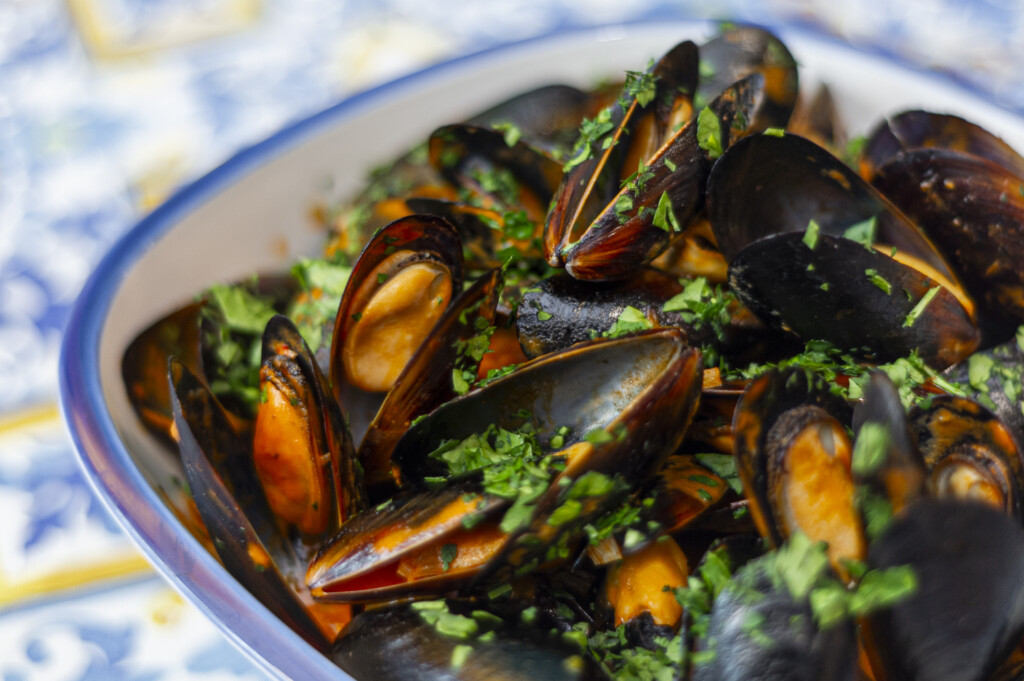
Mussel Garden
Celebrations, Kadaga, Restaurant, Sea Food

MYGANG
Ādaži, Clothing

N28 CAFE
Lilaste, Lilaste, Restaurant, Restorāns, Restorāns
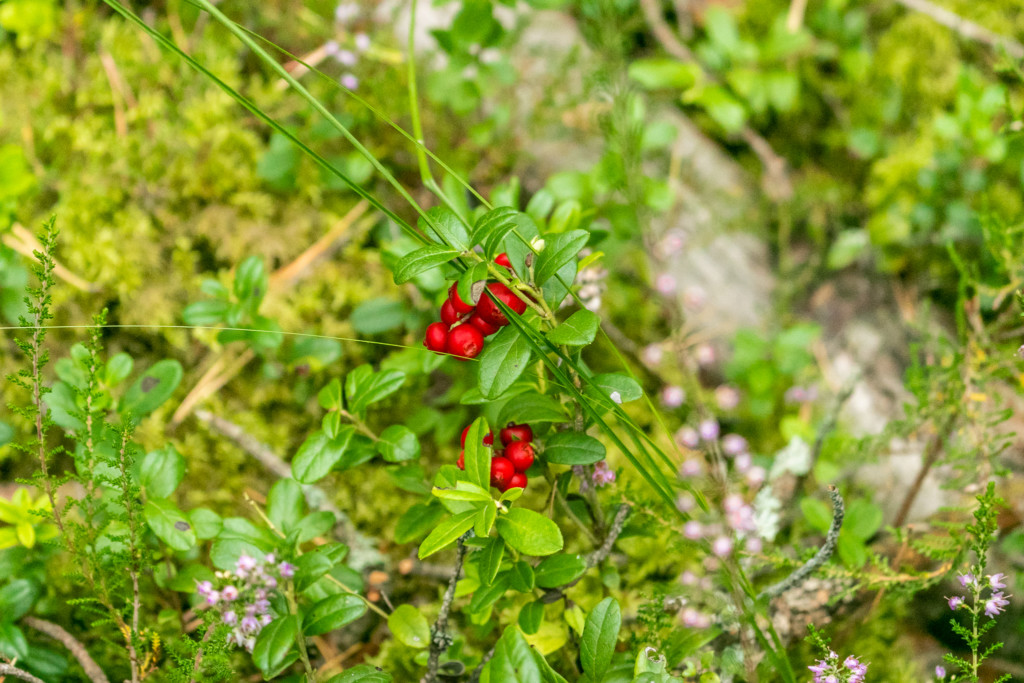
Nature Park ” Piejūra”
Nature park
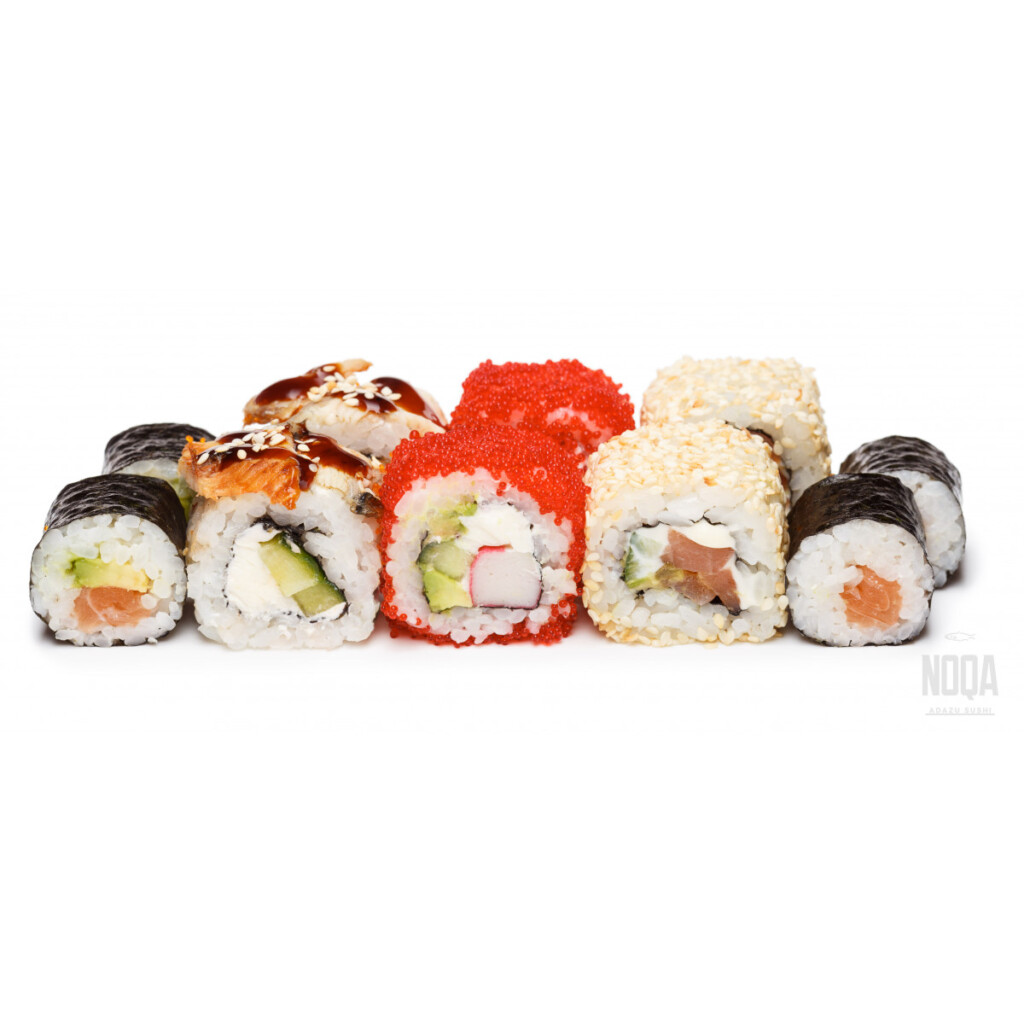
NOQA Adazu sushi
Ādaži, Food delivery, Sushi restaurant, Takeaway
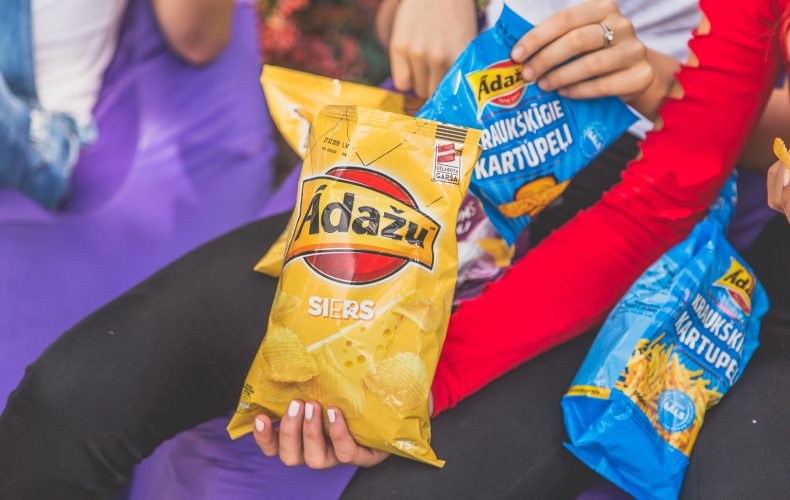
Nutrition Class program at Ādažu čipsi Factory
Ādaži, Nutrition class, potato chips factory
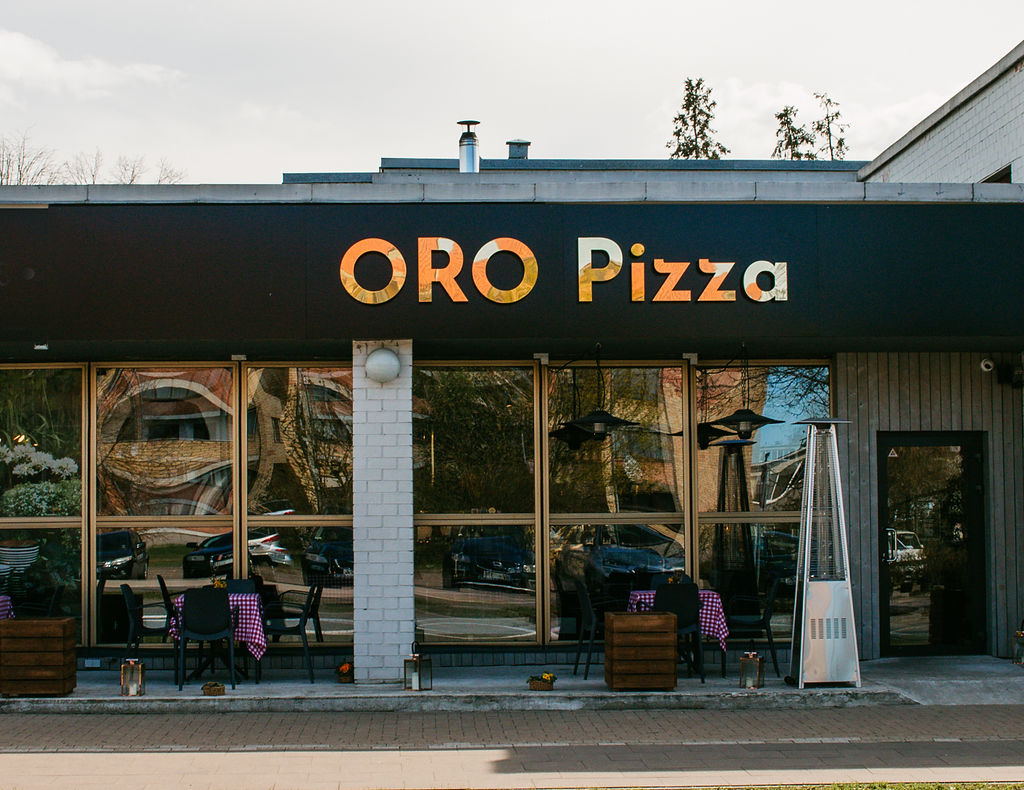
ORO Pizza
Ādaži, Pizzeria, Restaurant
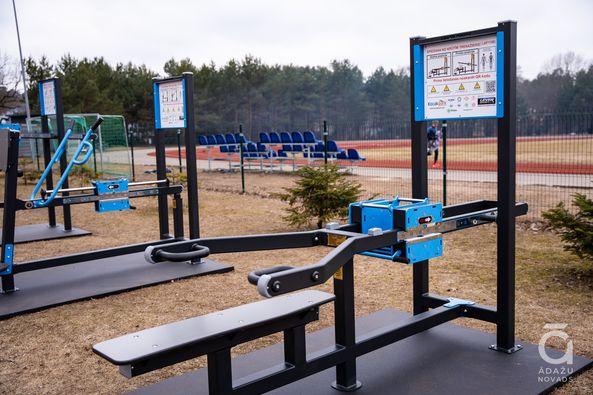
Outdoor exercise machines in Adazi
Ādaži, Outdoor exercises
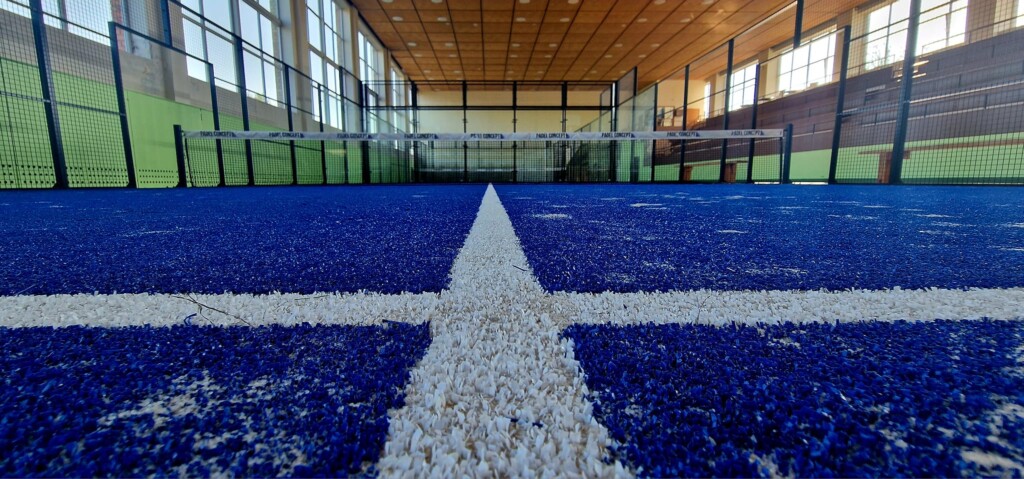
Padel Adazi
Ādaži, Ādaži, Padel Tennis
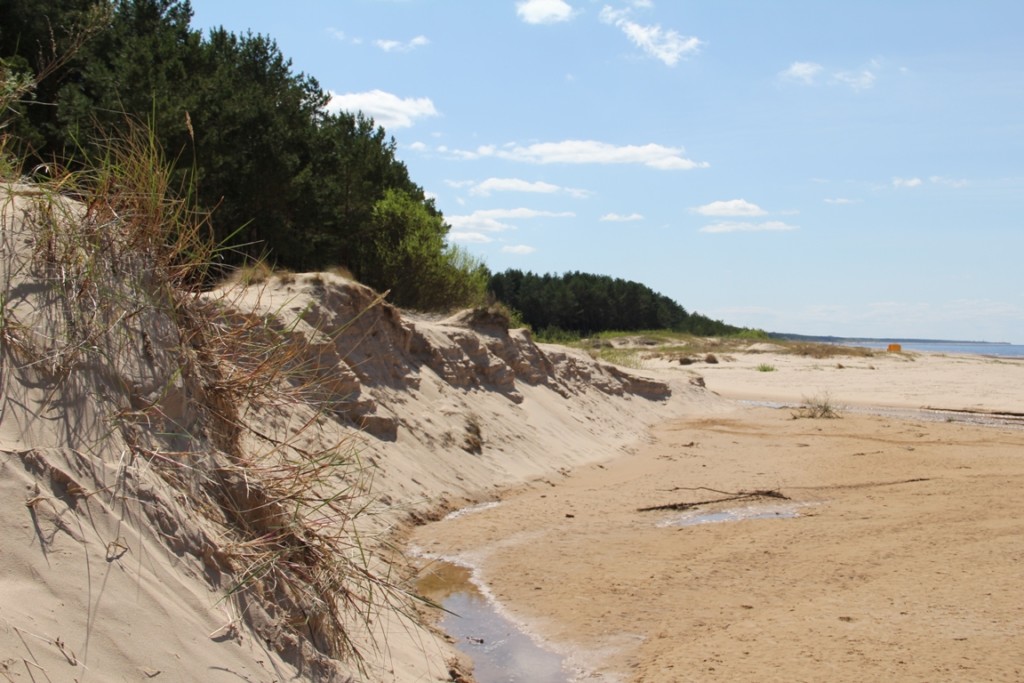
Parabolic dunes
Garciems
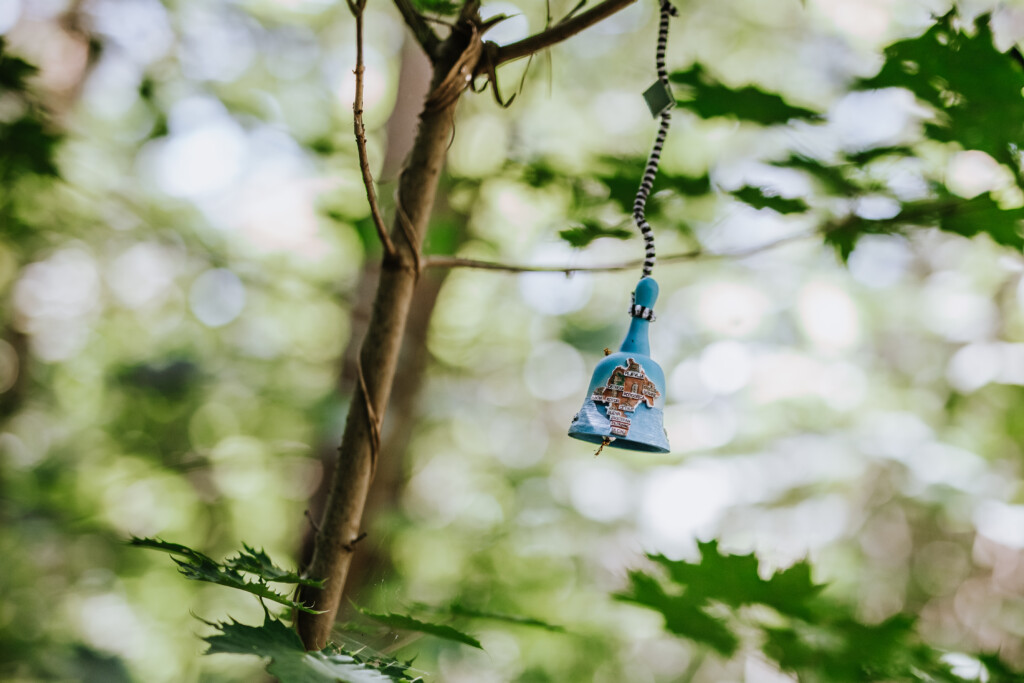
Path of bells
Ādaži, Nature trail
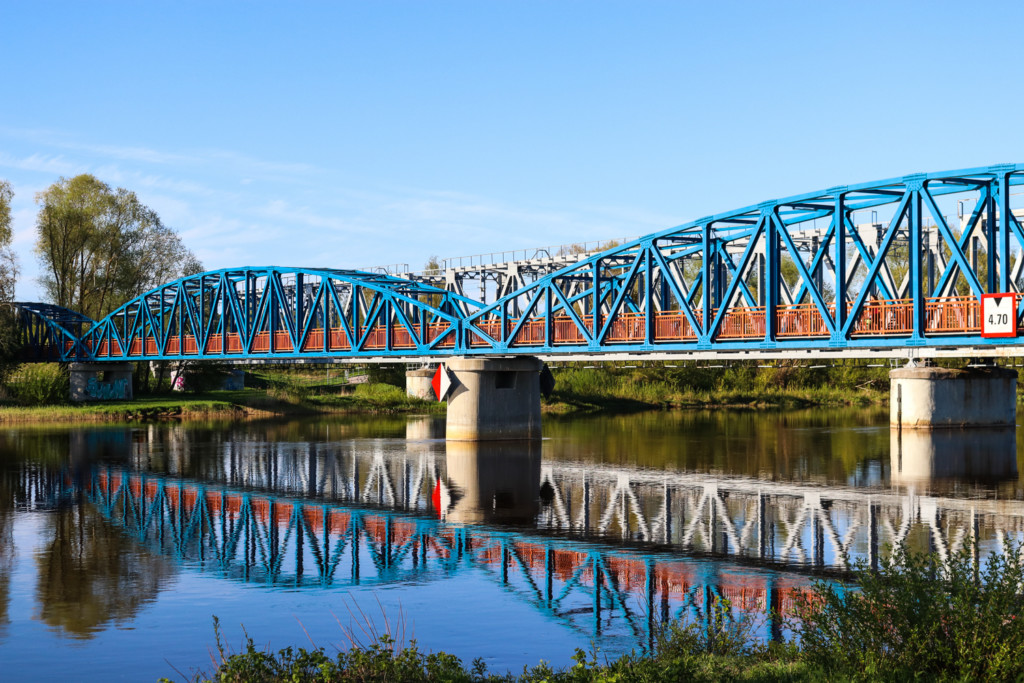
Pedestrian- cyclist bridge in Carnikava
Carnikava
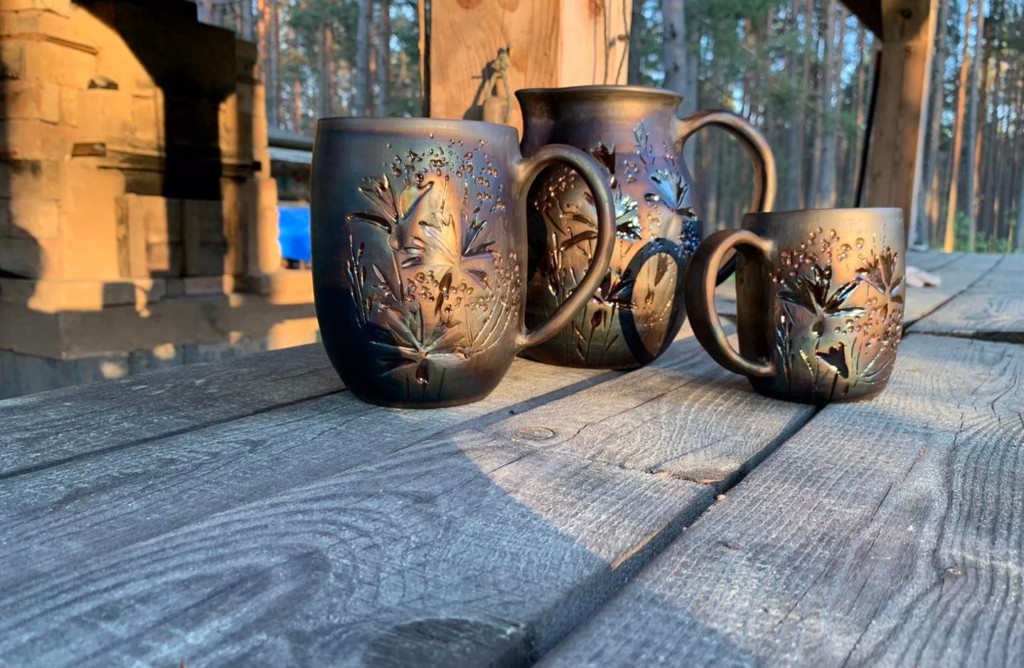
Pērkonu ceplis
ceplis, Ceramics, Kadaga, Paintings
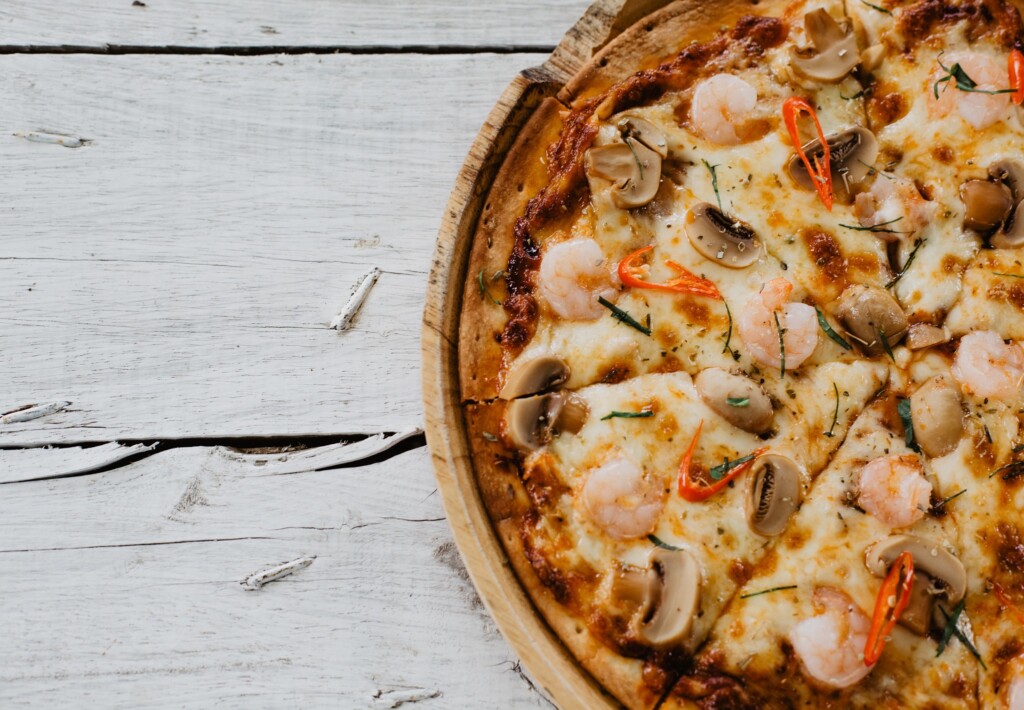
Picastop
Cafe, Kafejnīca, Kalngale, Kalngale, Pizzeria
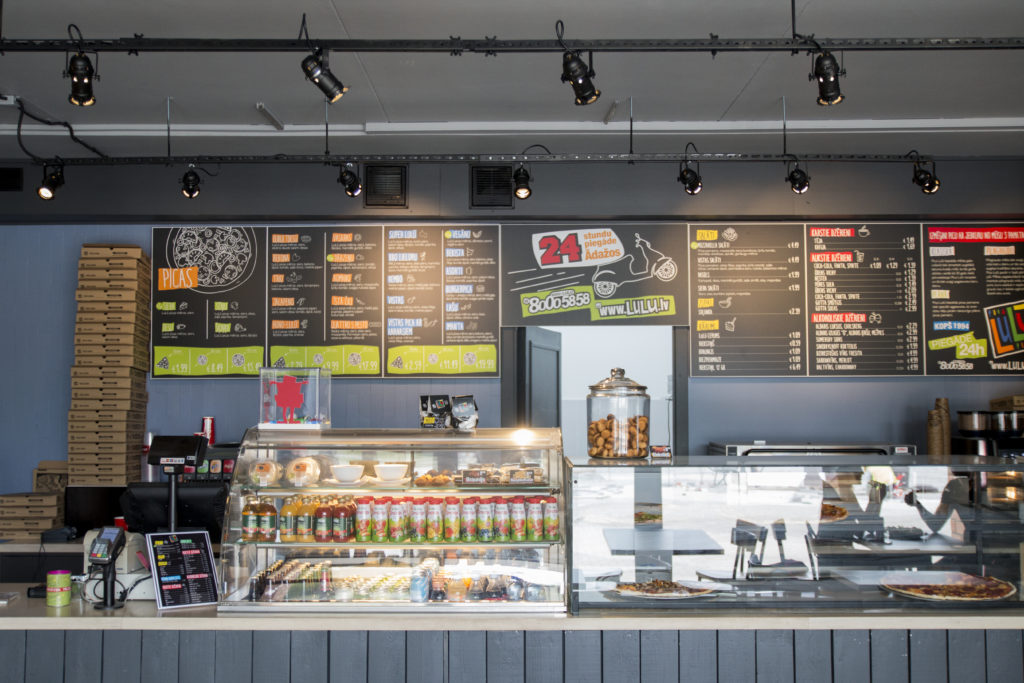
Pizza Lulū
Ādaži, Pizzeria
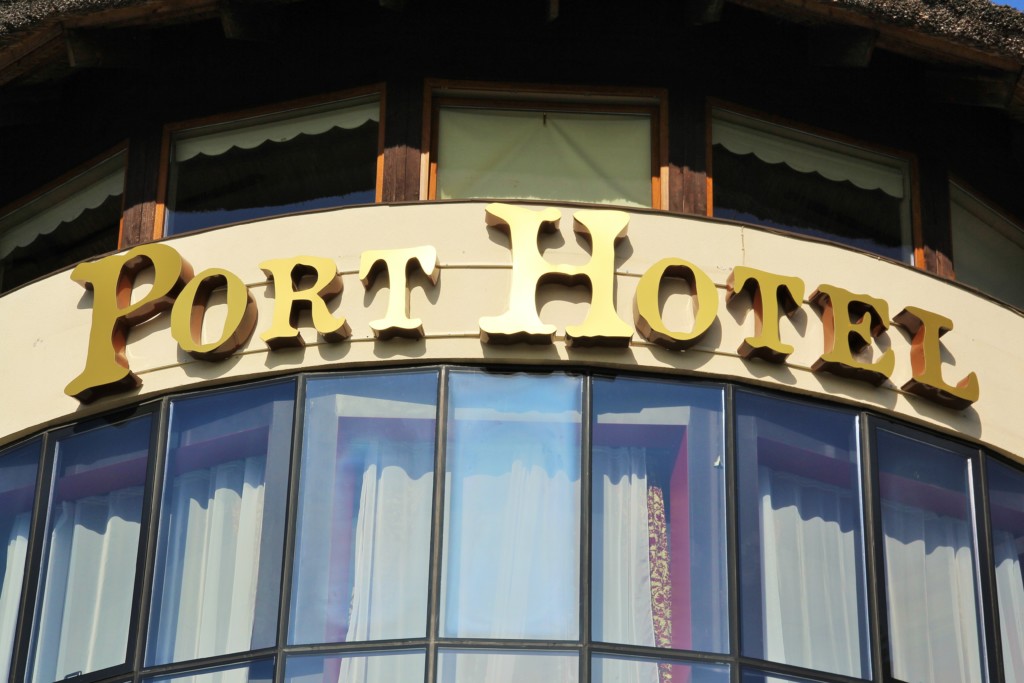
Port Hotel
Ādaži, Hotel, Restaurant, SPA, Viesnīca
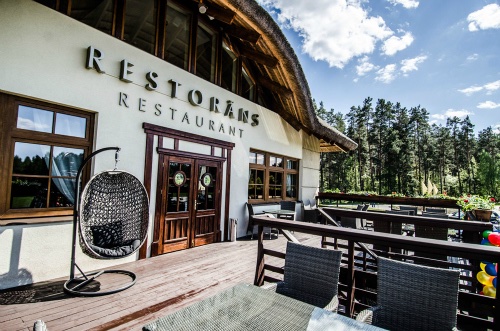
Port Hotel Restaurant
Ādaži, Restaurant, Svinību vieta
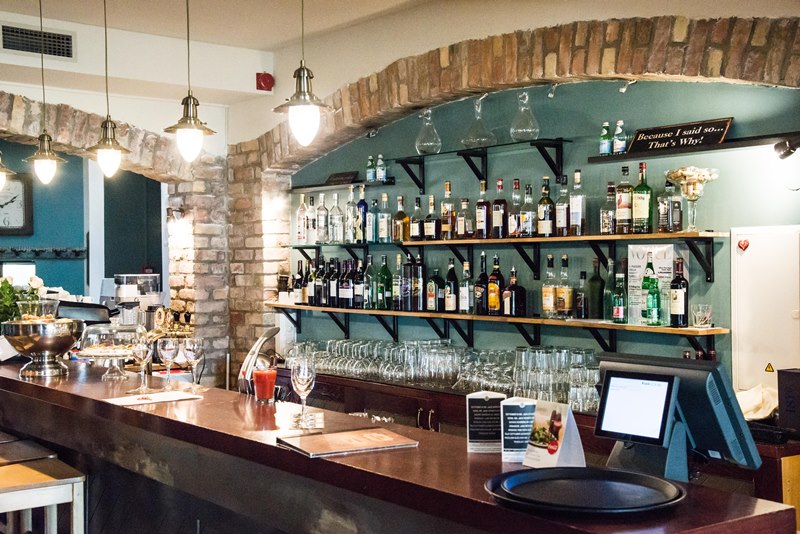
Porto Resort Restaurant
Celebrations, Lilaste, Lilaste, Lilaste, Restaurant, Restorāns, Svinību vieta
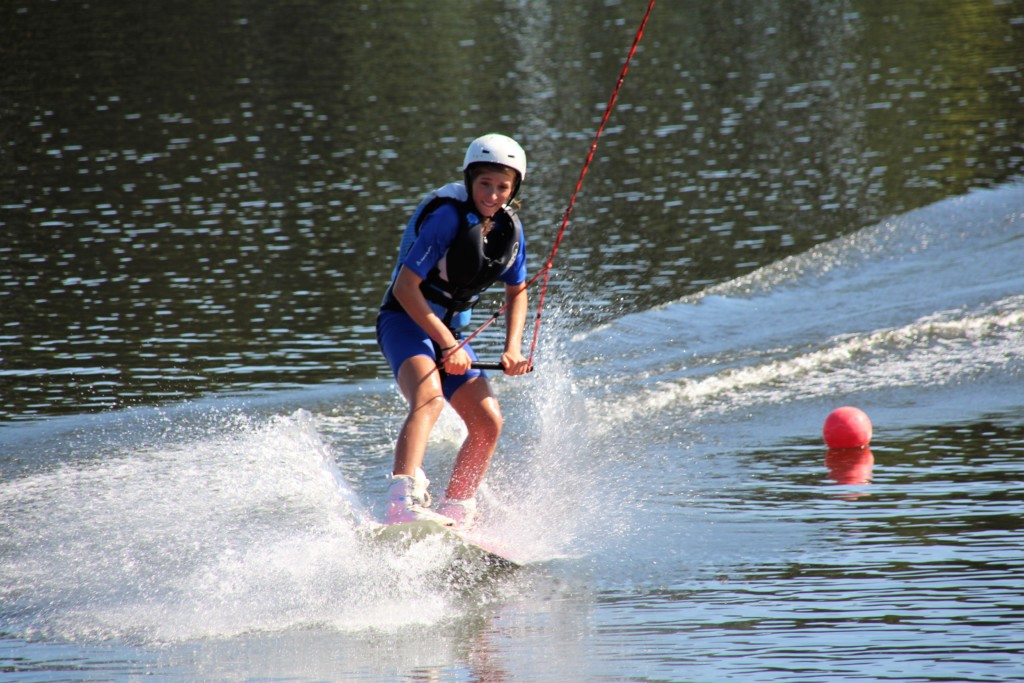
Promobius
Ādaži, Wakeboard
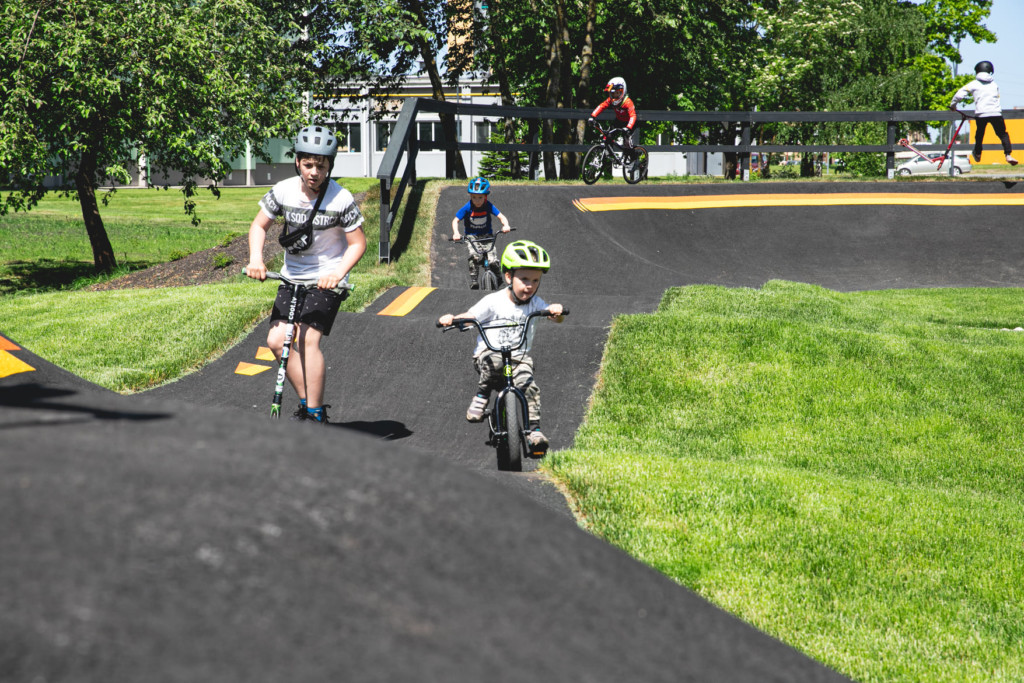
Pump Track Ādaži
Ādaži, Cycling Route
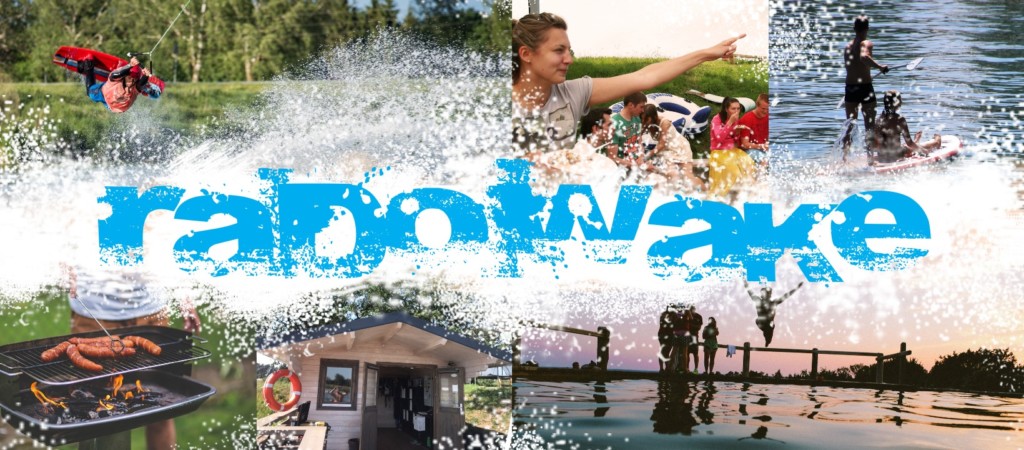
Rado Wake
Ādaži, Wakeboard
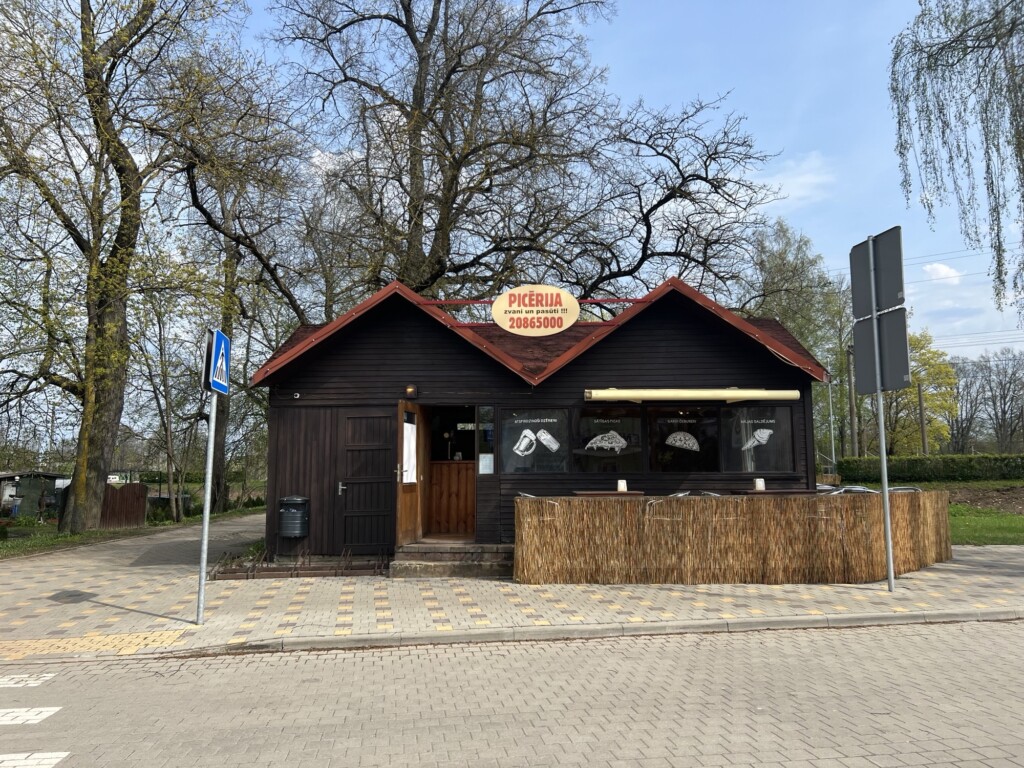
Ratatujs
Carnikava, Pizzeria
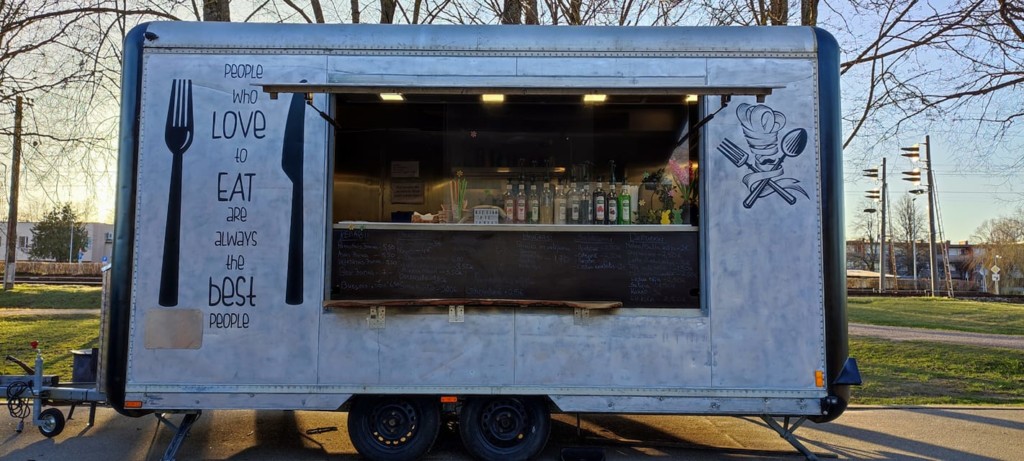
Restaurant “Aizejam pie Jankas”
Carnikava, Fast food, Kebab
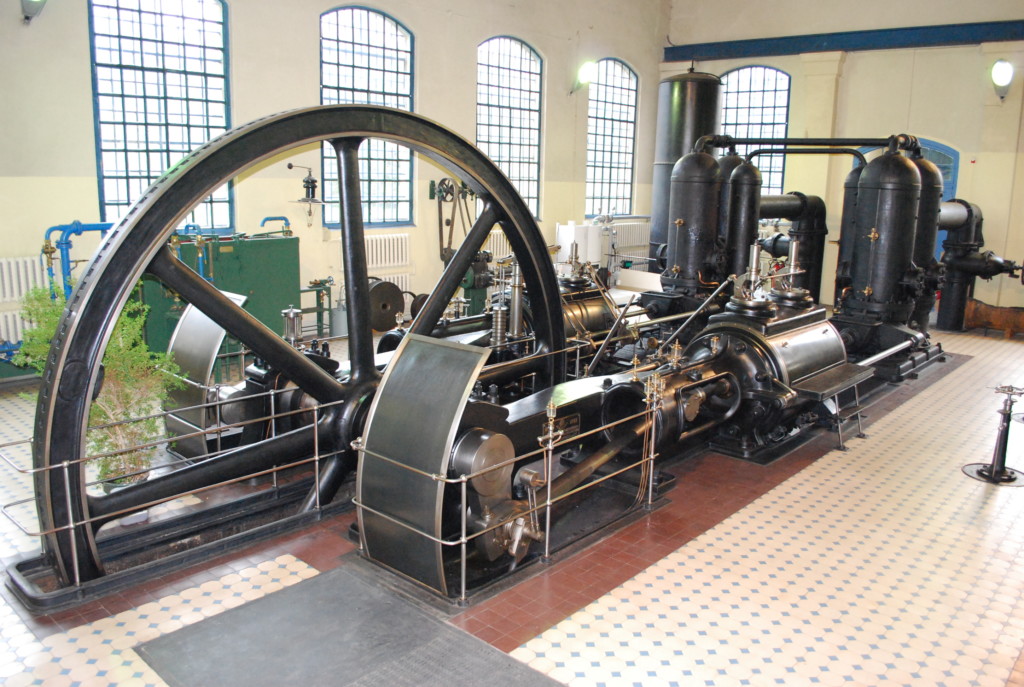
Riga Water Supply history exhibition
Baltezers, History exhibition
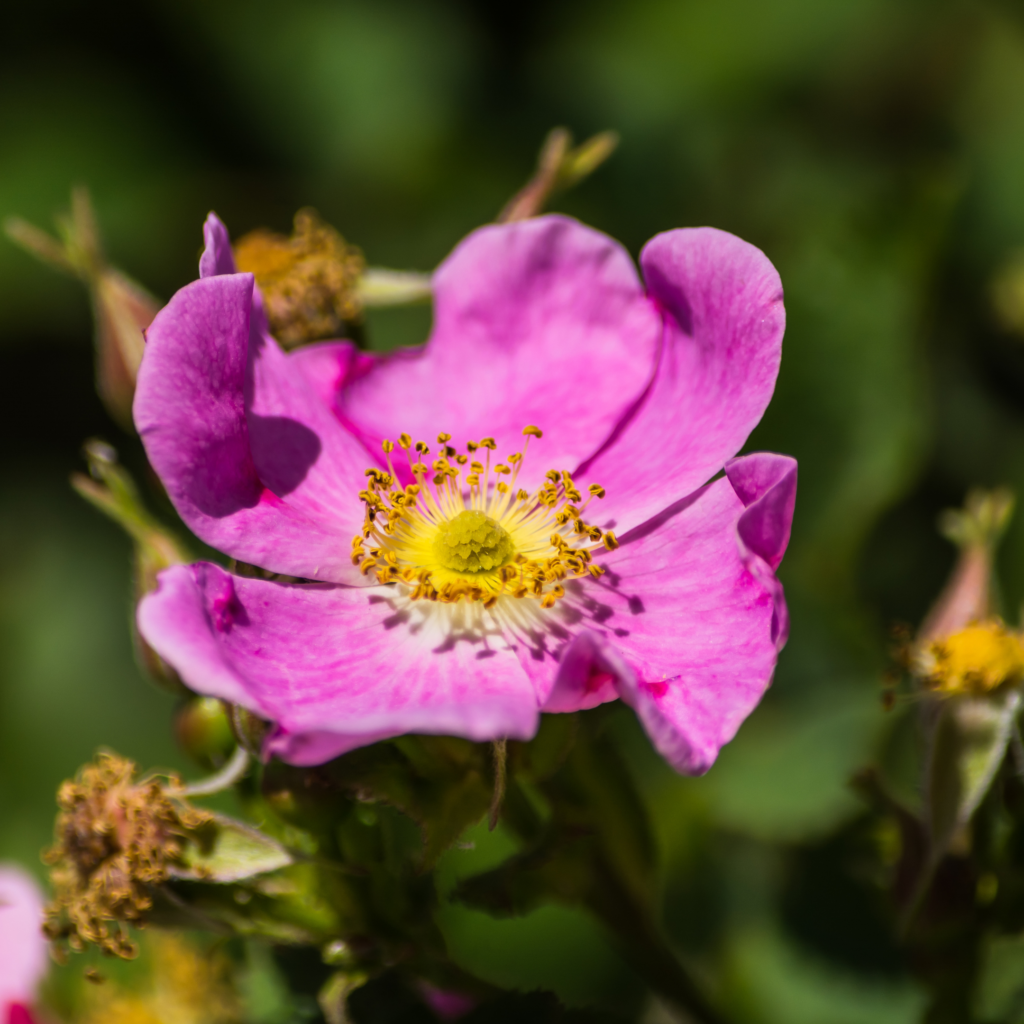
Rožu kāpa Kalngalē
Kalngale, Paraboliskā kāpa

Sailing in Adazi
Ādaži, SUP Noma, SUP rental

Sapņu gardumi
Ādaži, Cakes, Merigue, Sweets

Saules jums
Ādaži, Chicken Eggs, Farm
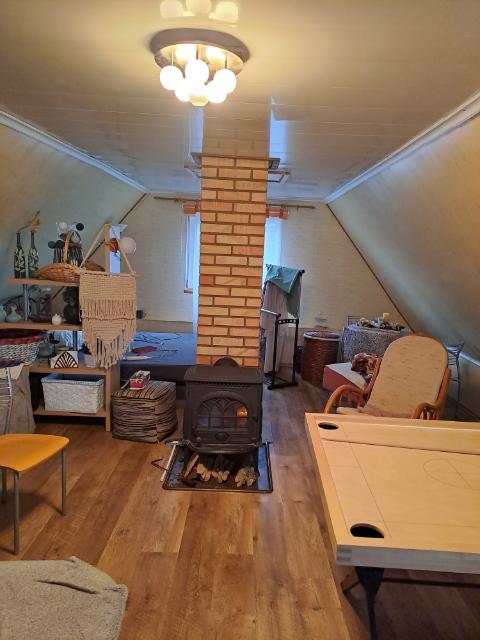
Sauna in Carnikava
Carnikava, Celebrations, Sauna, Svinību vieta
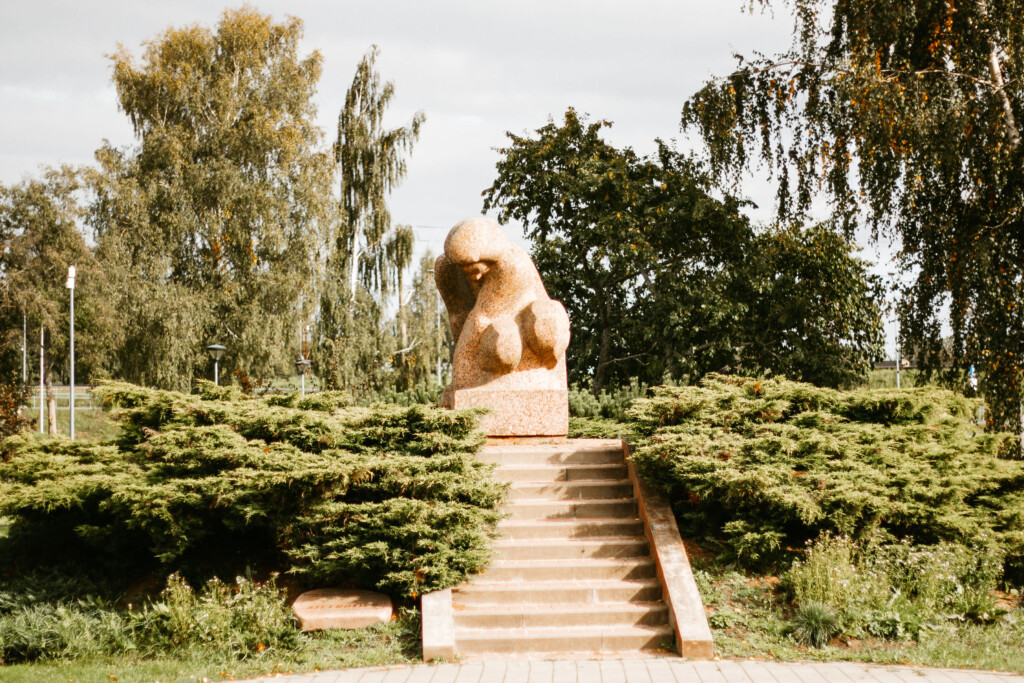
Sculpture “Atceroties”
Carnikava
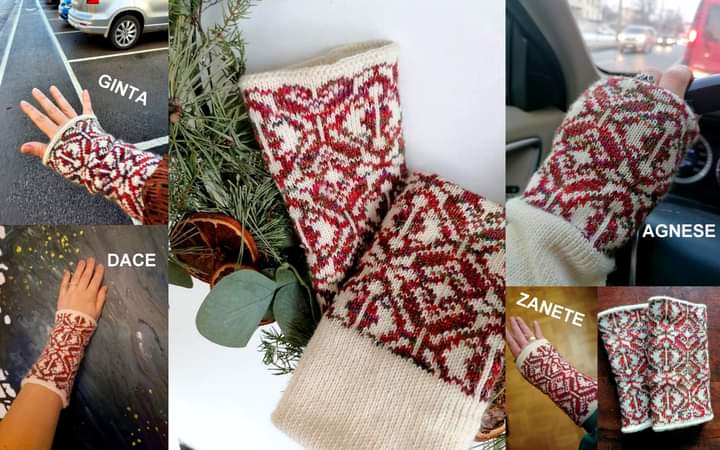
SējaKnitThings – Dace Pāruma
Knitting, Lilaste, Lilaste
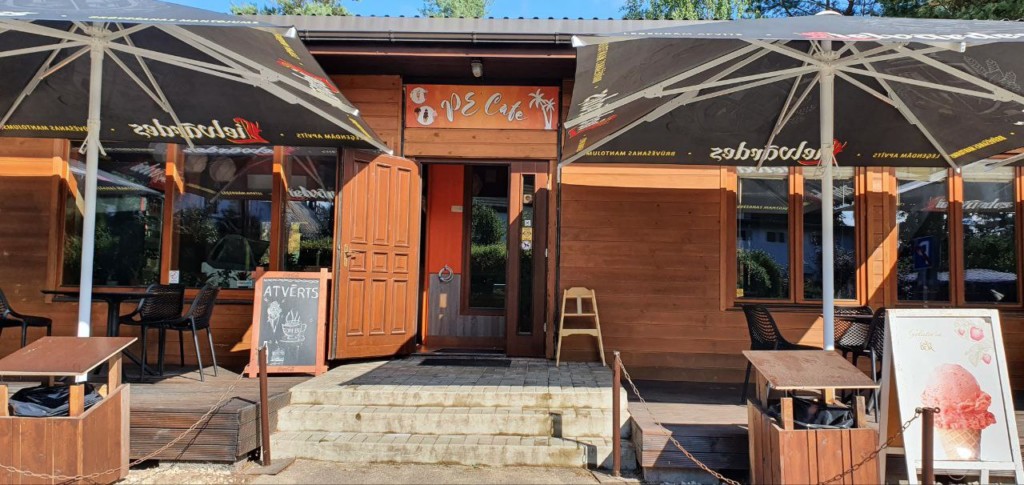
Shop/cafe “PeCafe”
Cafe, Kafejnīca, Kafejnīca, Mežciems
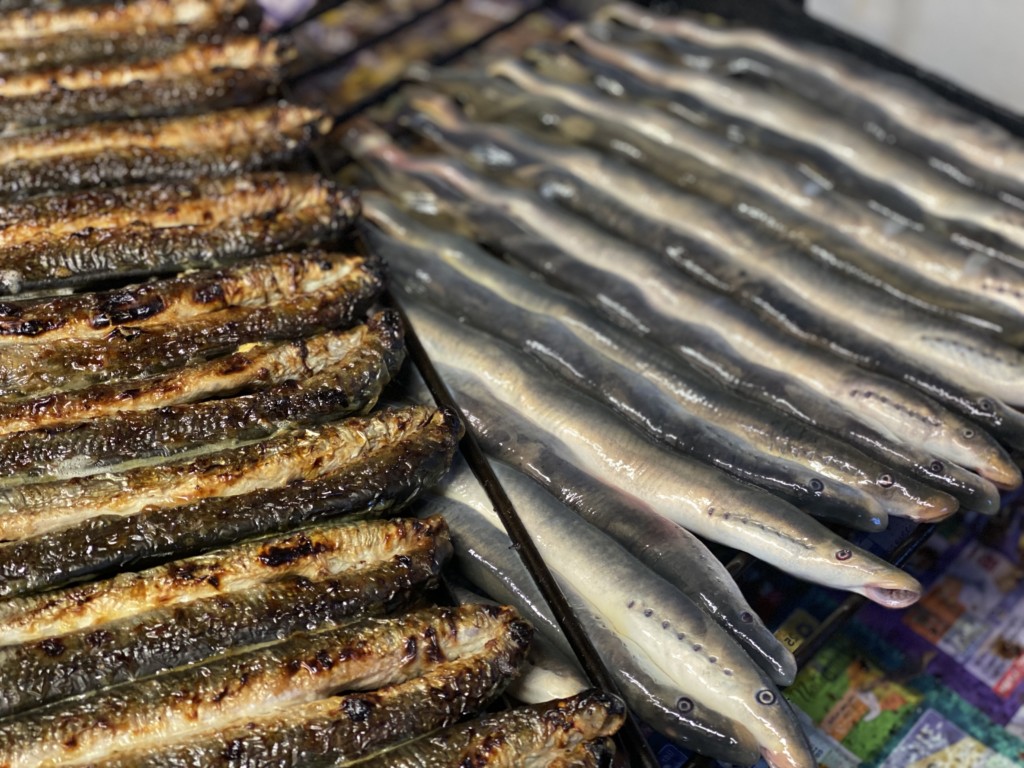
SIA ZIBS
Carnikavas lampreys, Smoked Fish
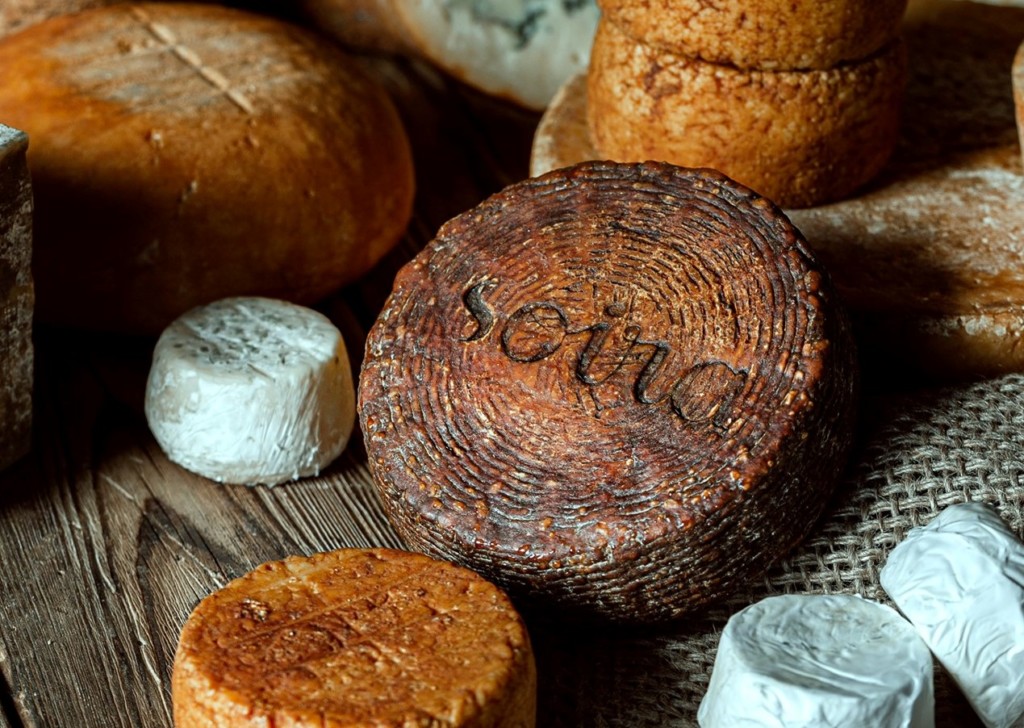
SOIRA
Ādaži, Cheese factory

SPA Pelikāns
Kalngale, SPA
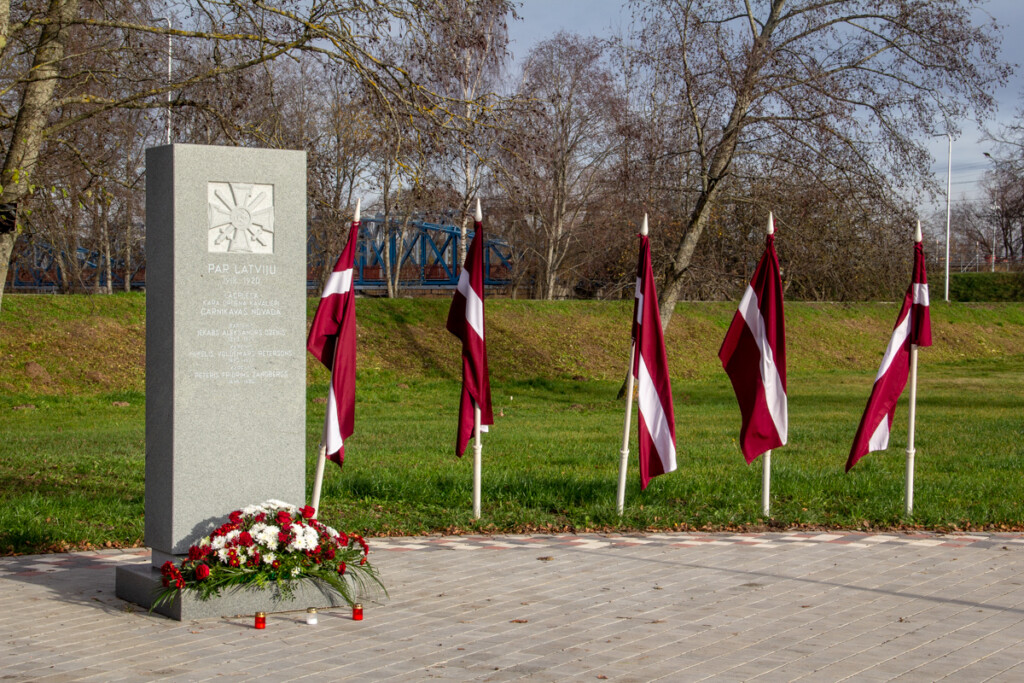
Stele for the holders of Lāčplēsis Military Order
Carnikava
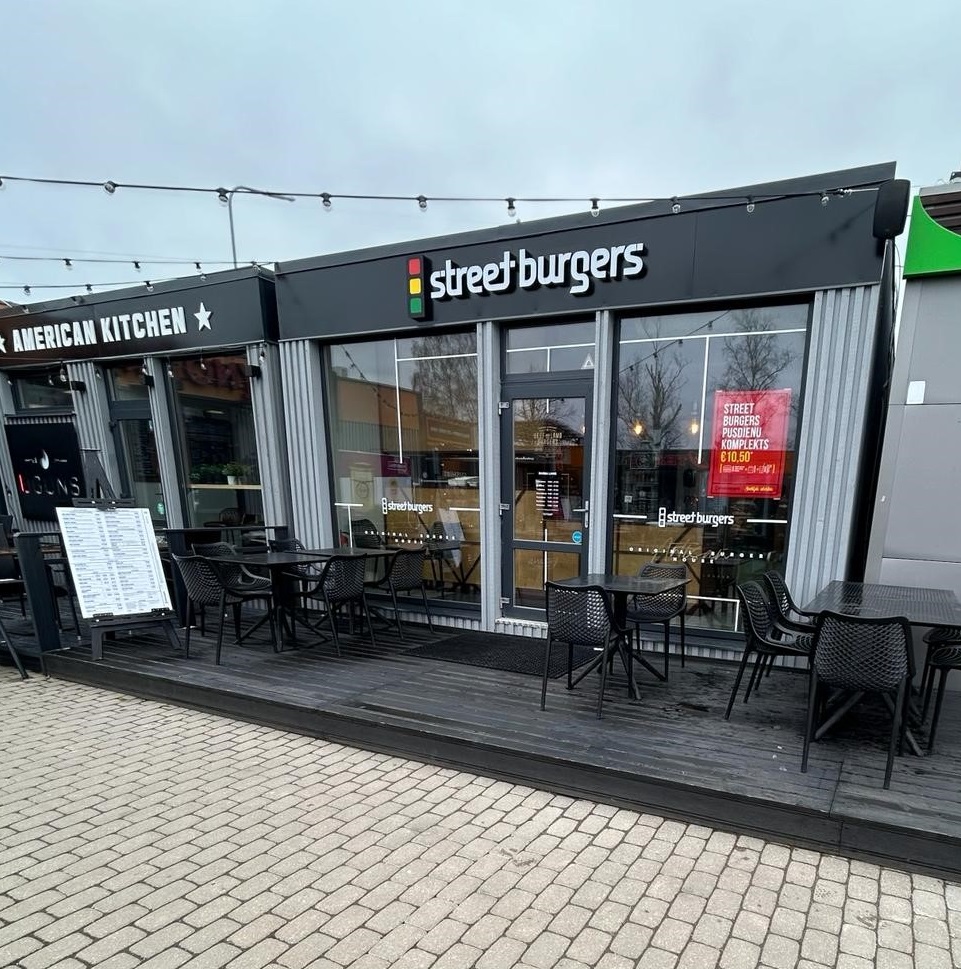
Street Burgers
Ādaži, Ādaži, Burgers, Fast food
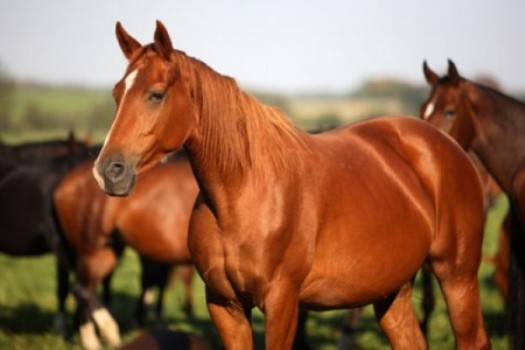
Stud farm “Erceni”
Kalngale
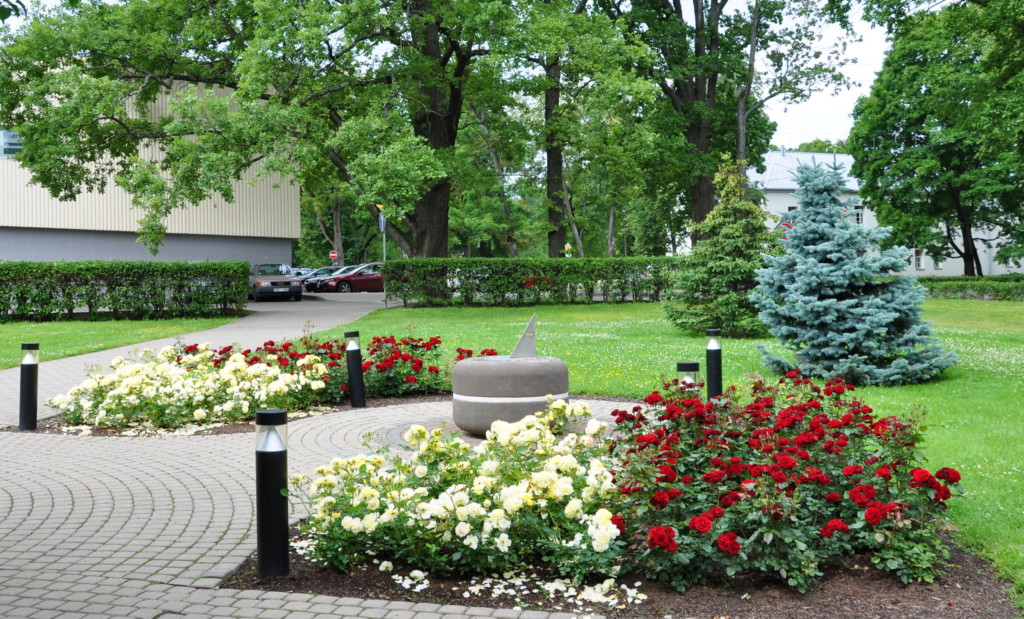
Sundial
Carnikava
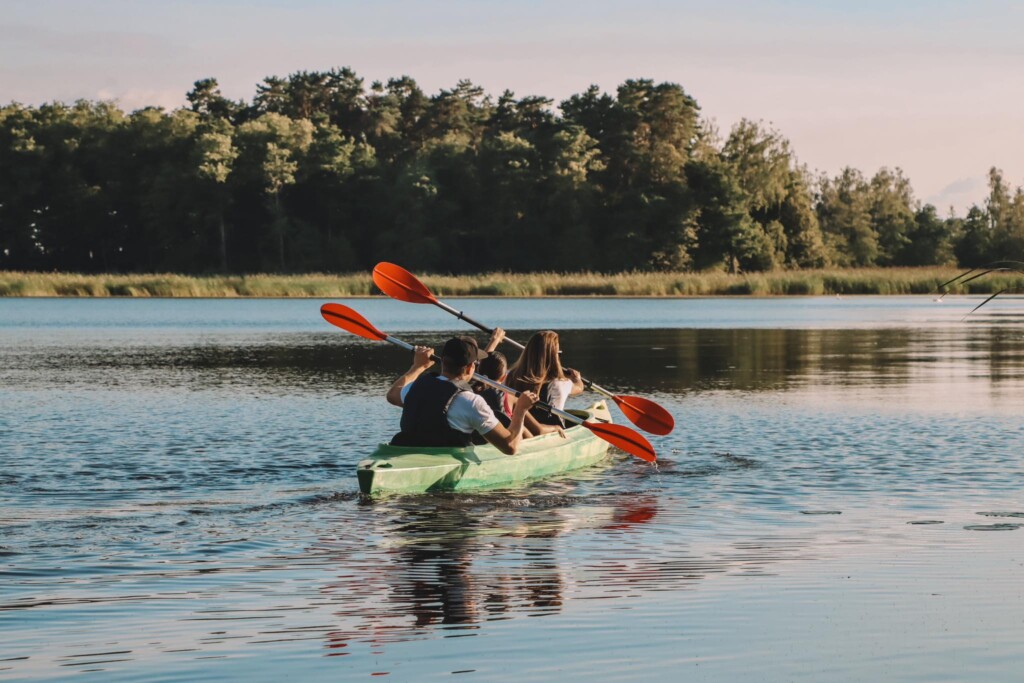
SUP life Ādaži
Ādaži, Adventures, Boat rental, Laivu noma, Paddle boards, Piedzīvojumi, SUP Noma
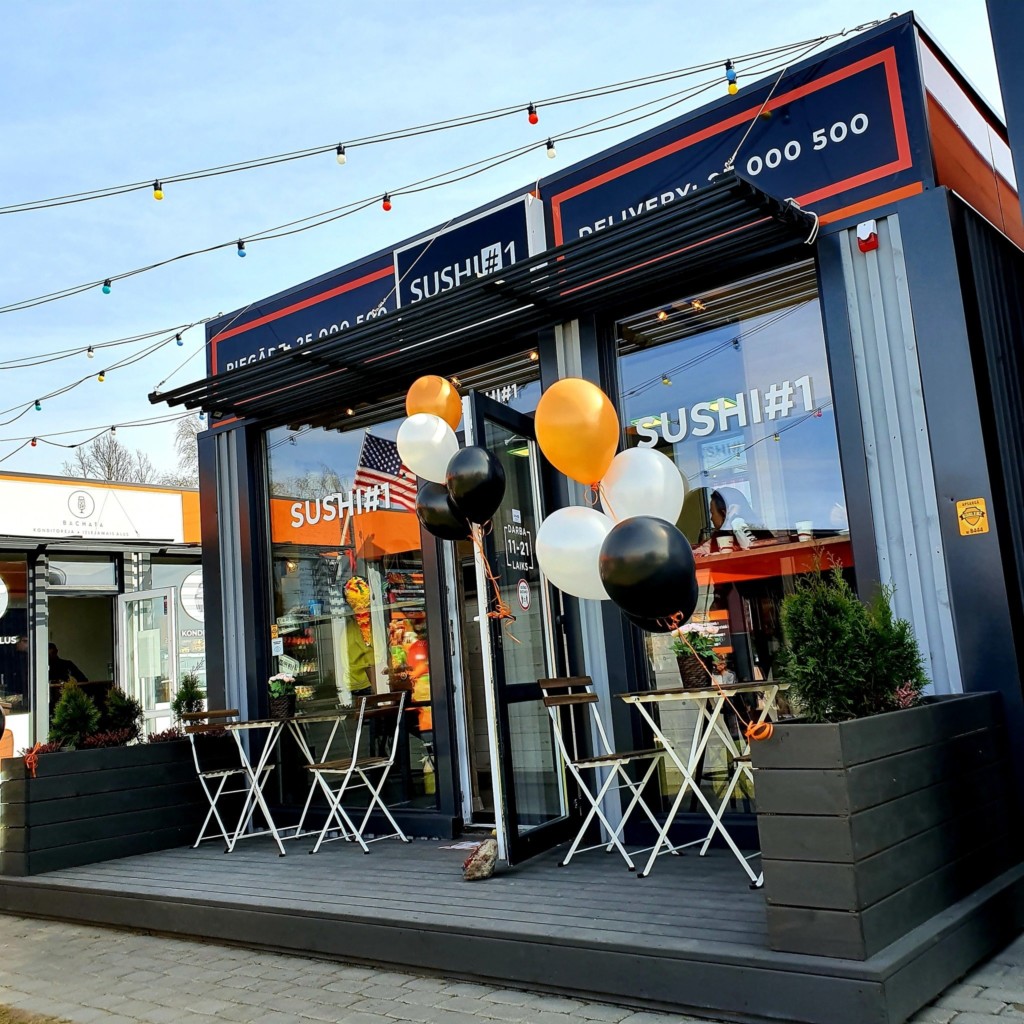
Sushi Nr 1
Ādaži, Sushi restaurant
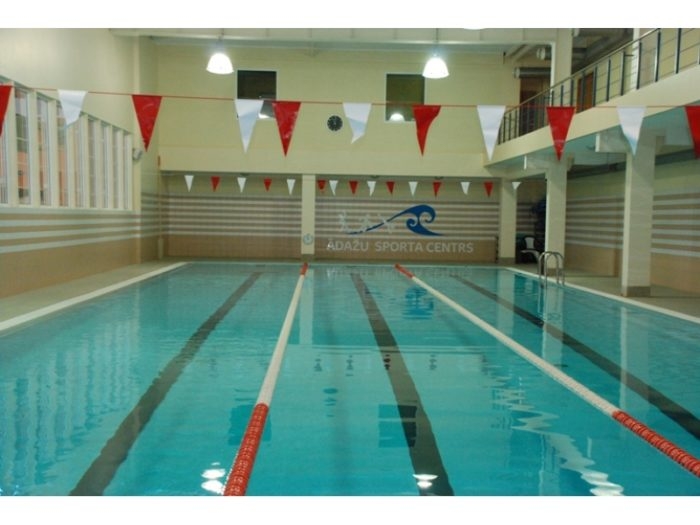
Swimming pool
Ādaži
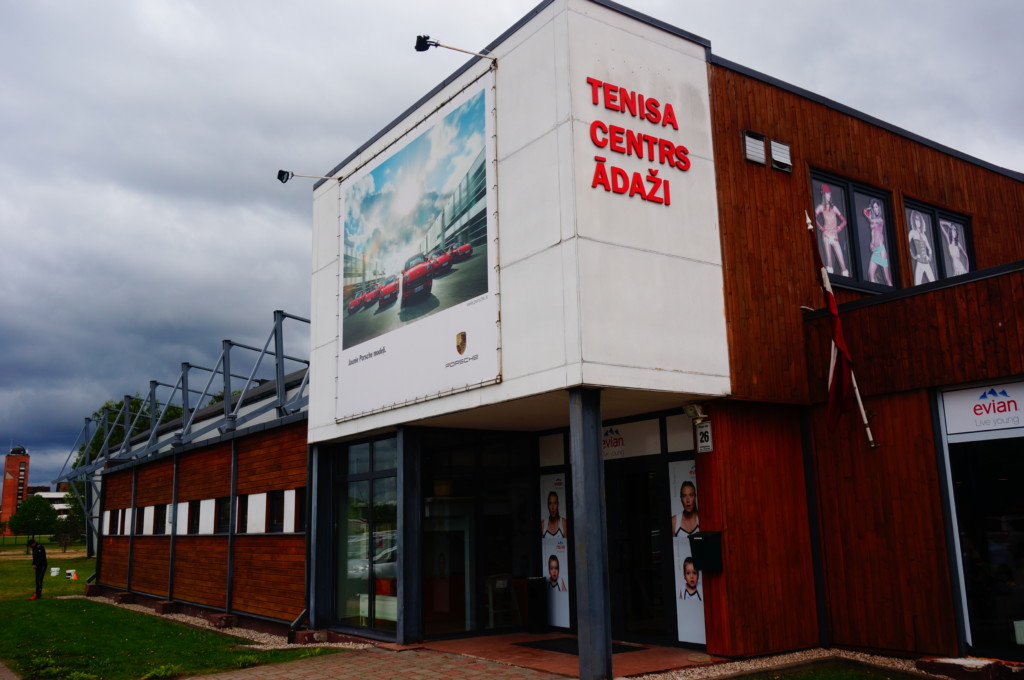
Tennis Centre Ādaži
Ādaži, Tennis centre
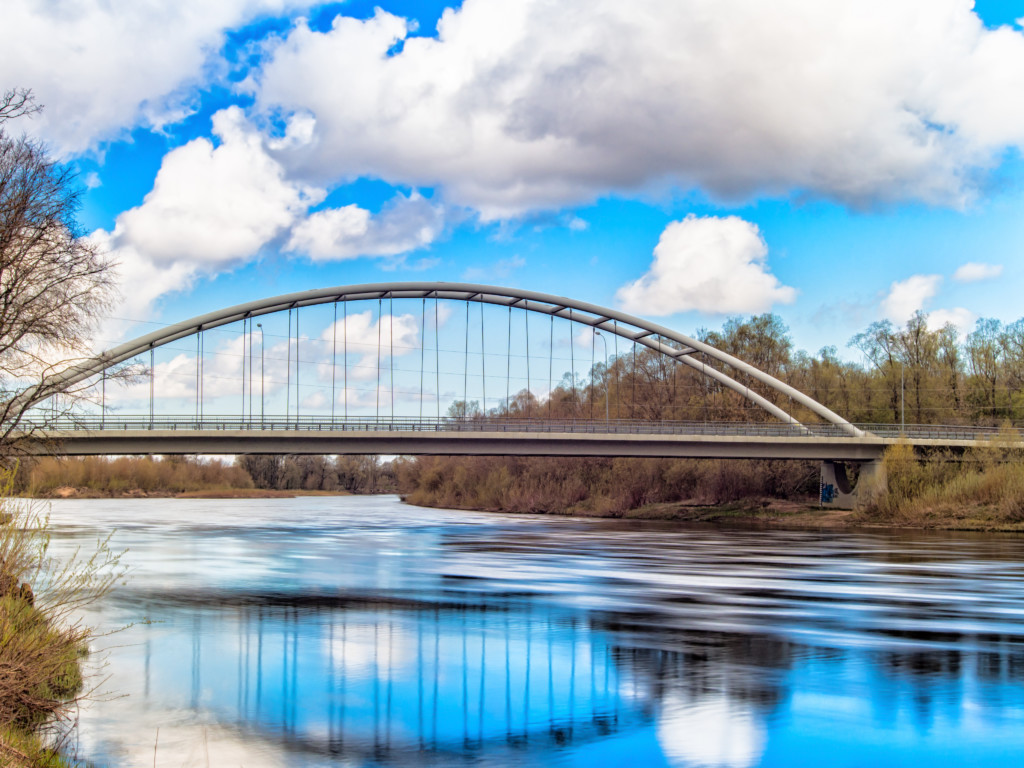
The bridge over Gauja river
Ādaži, Bridge
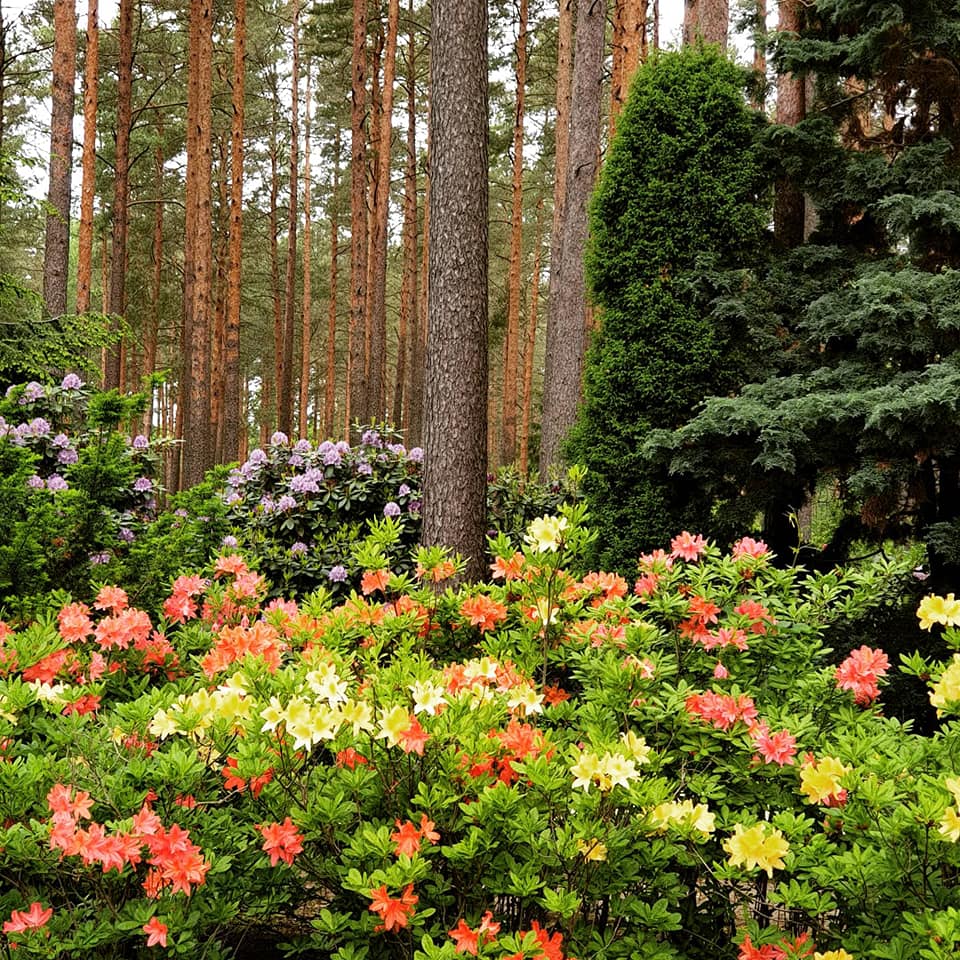
Tree nursery “Baltezers”
Baltezers, Educational excursions, Plant nursery, Tree nursery
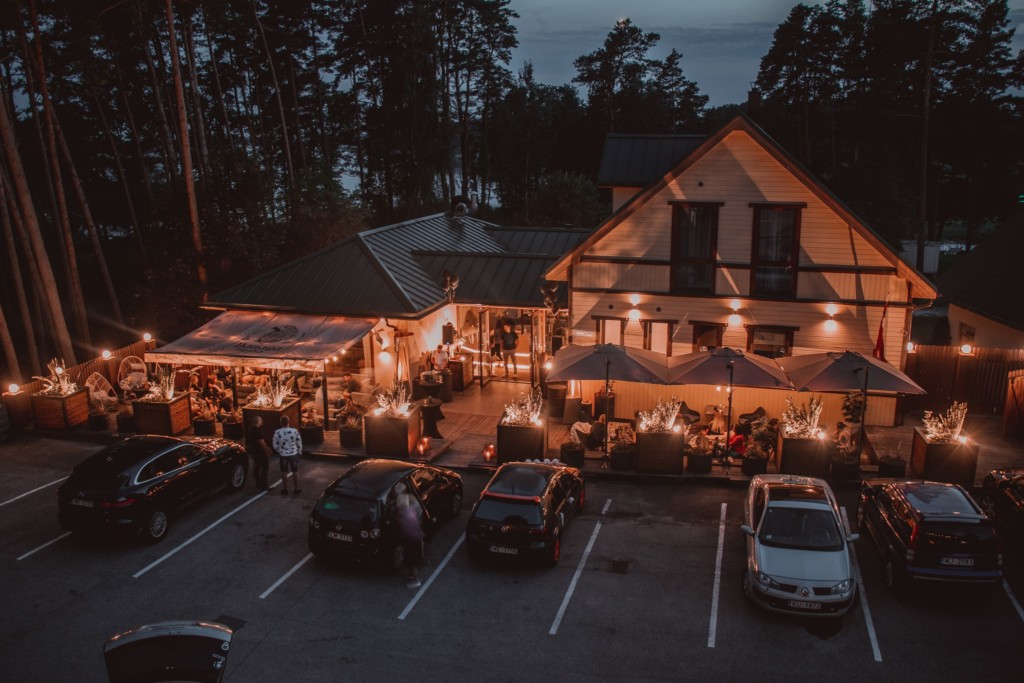
Vanaga ligzda
Baltezers, Event venues, Hotel, Sauna, Viesnīca
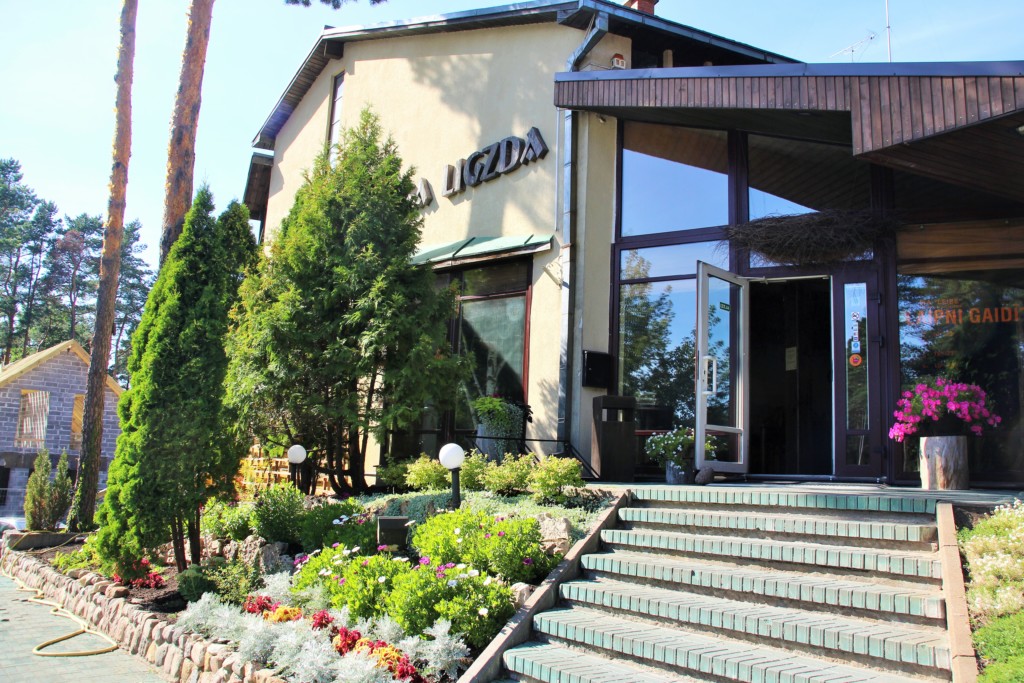
Vanaga ligzda
Baltezers, Family restaurant
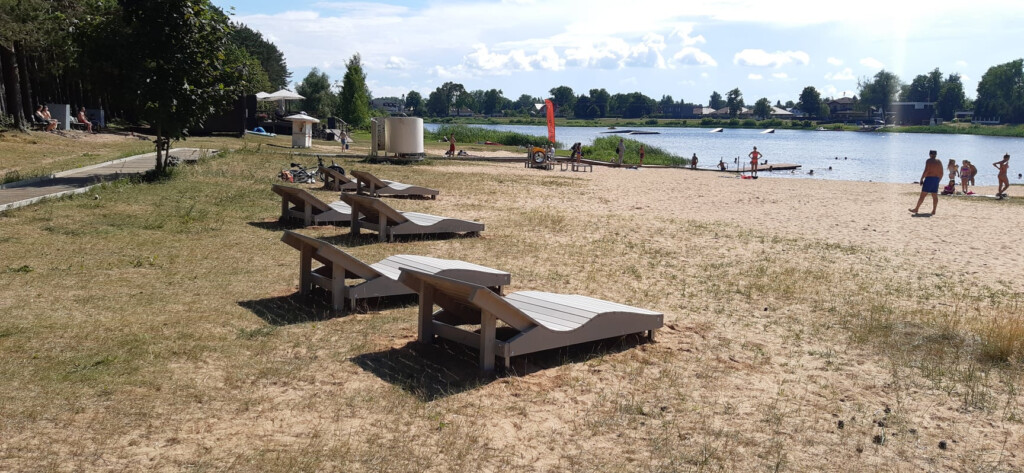
Vējupe and it’s waterfront
Beach, Swimming area
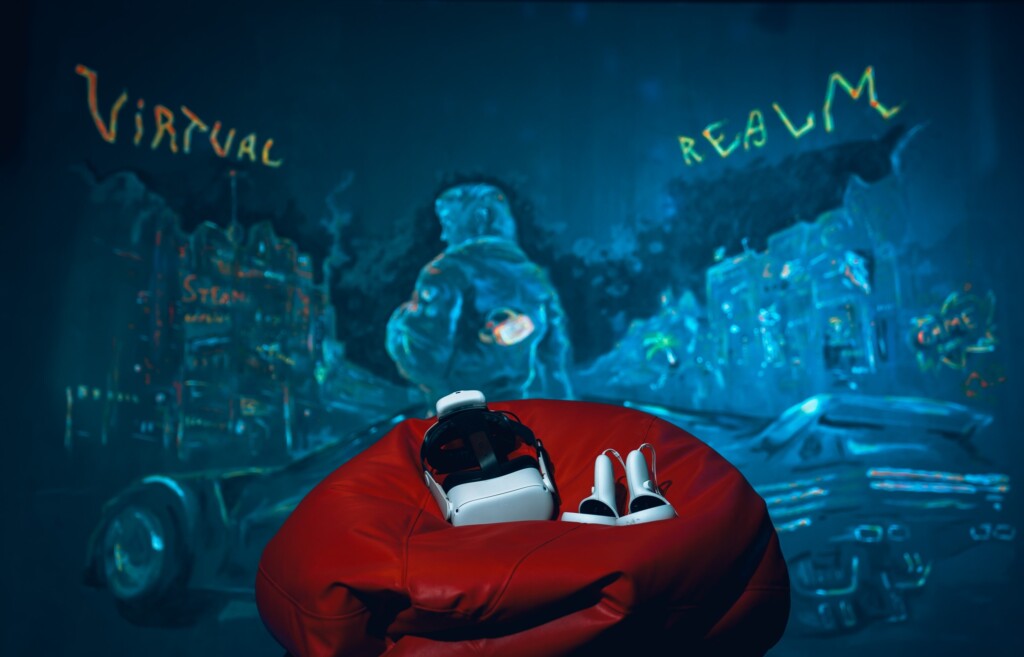
Virtal Realm
Ādaži, Ādaži, Celebrations, Karaoke, Virtual Reality
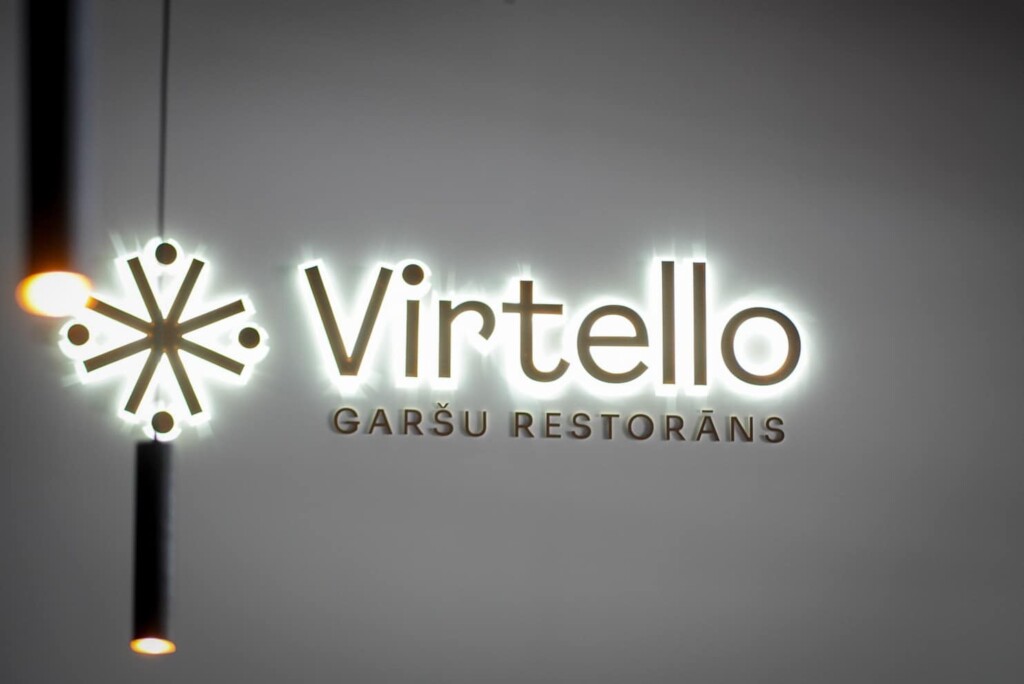
Virtello
Carnikava, Restaurant, Restorāns

VR Ādaži
Ādaži, Virtual Reality
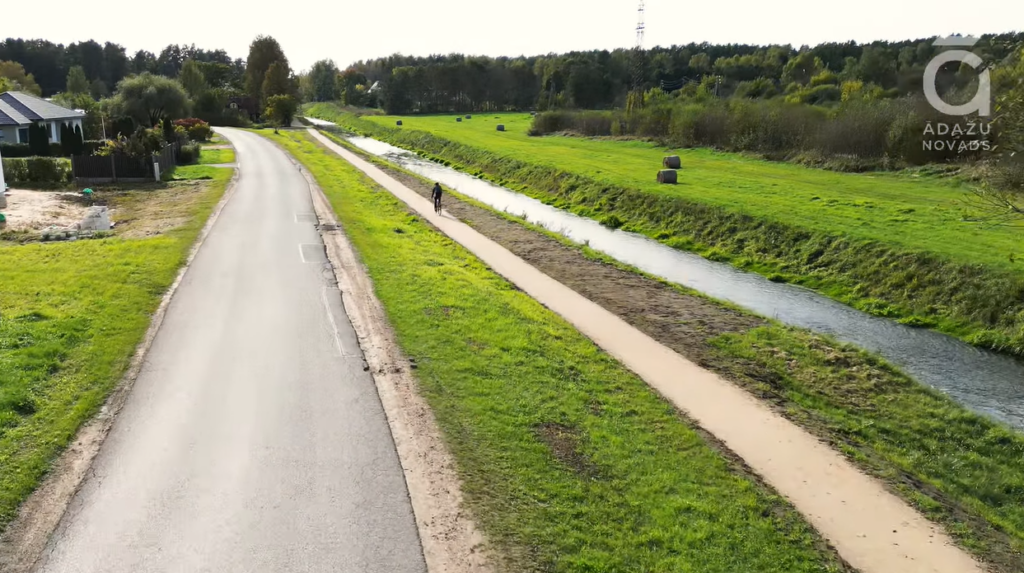
Walking path along the Gauja-Baltezers Canal
Alderi
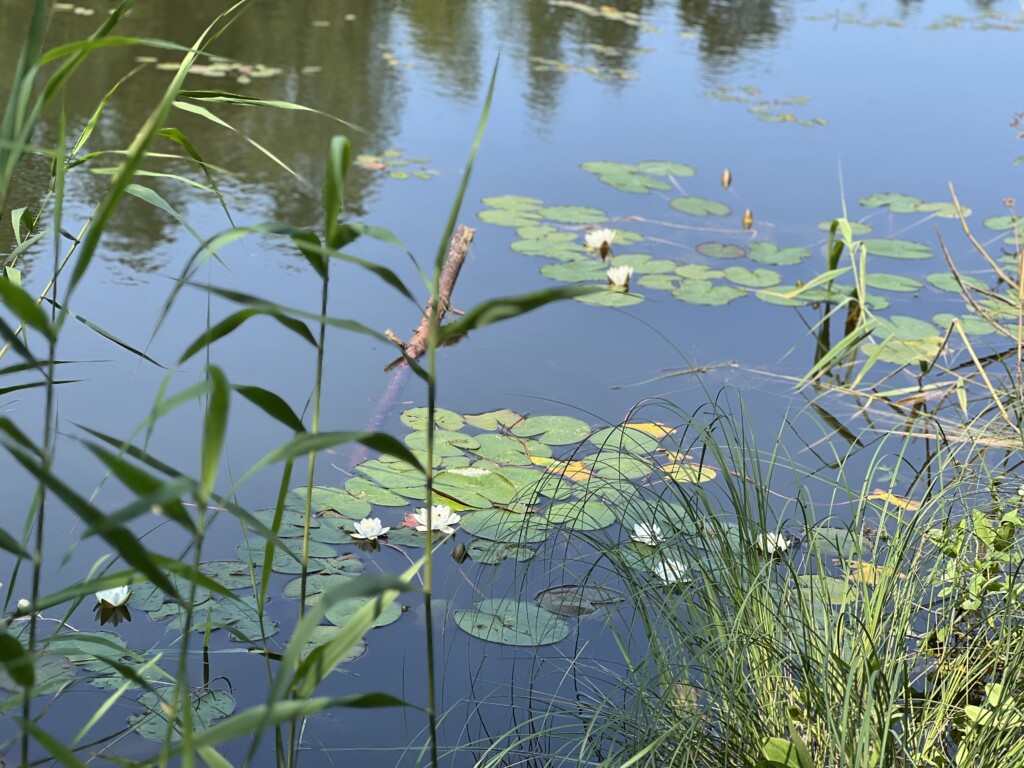
Water lily park
Kadaga, Nature park
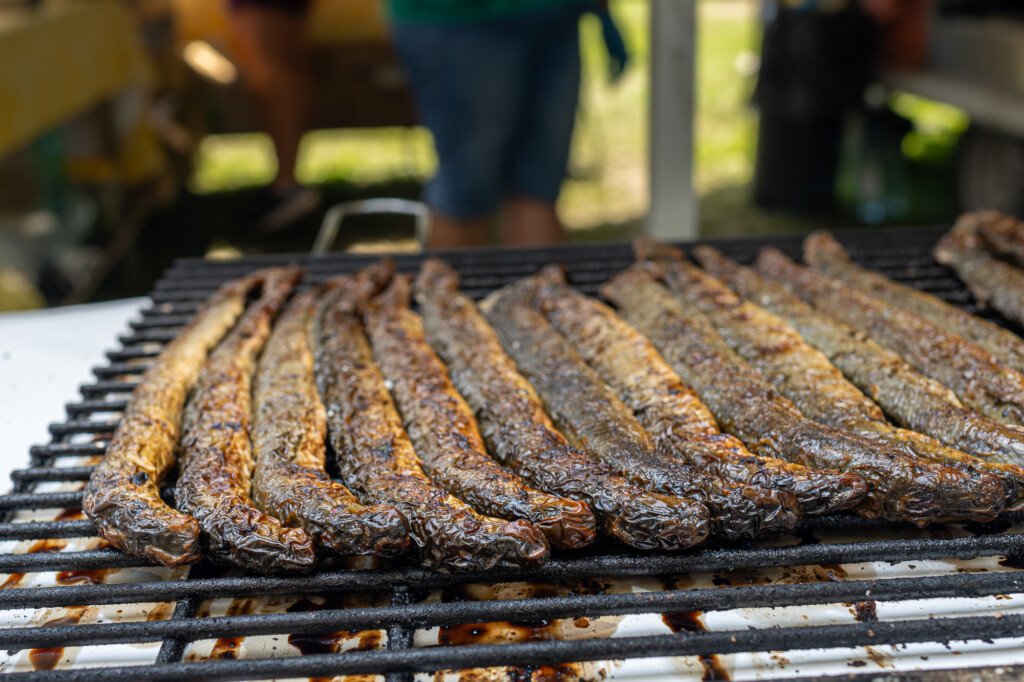
Where to purchase lampreys?
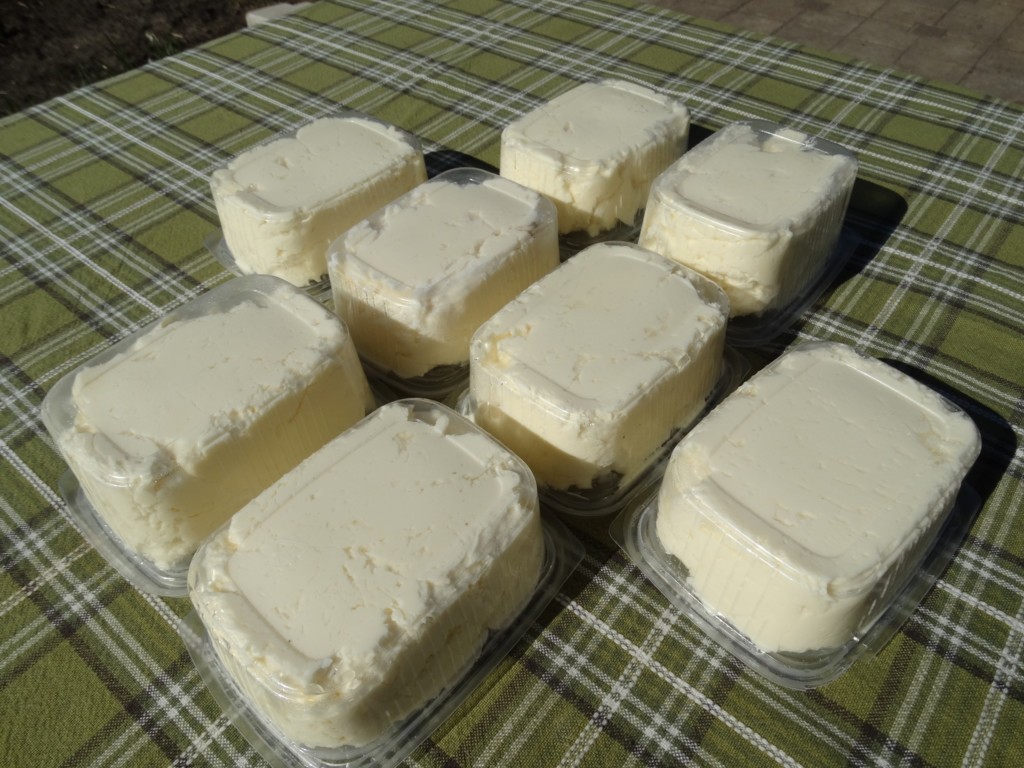
Z/S Ziedkalni
Birznieki, Farm, Meat Products, Milk Products
Ādaži History and Art Gallery
Ādaži, Art gallery, History

Ādaži History and Art Gallery is located in Ādaži, Gaujas Street 33A, in the Ādaži Culture Center.
In the permanent exhibition of the History and Art Gallery, a photo exhibition on the history of Ādaži from 1918-1940 can be viewed, as well as some important evidence of the cultural history of the Ādaži region – tablet pianos made at the end of the 19th century and furniture from the beginning of the 20th century from the former Aldermuiža tavern building on the banks of the Little Baltezers. The exposition is visually complemented by historical and contemporary film materials, which reflect the everyday life and festive moments of leather workers from the 1930s to 2014.
